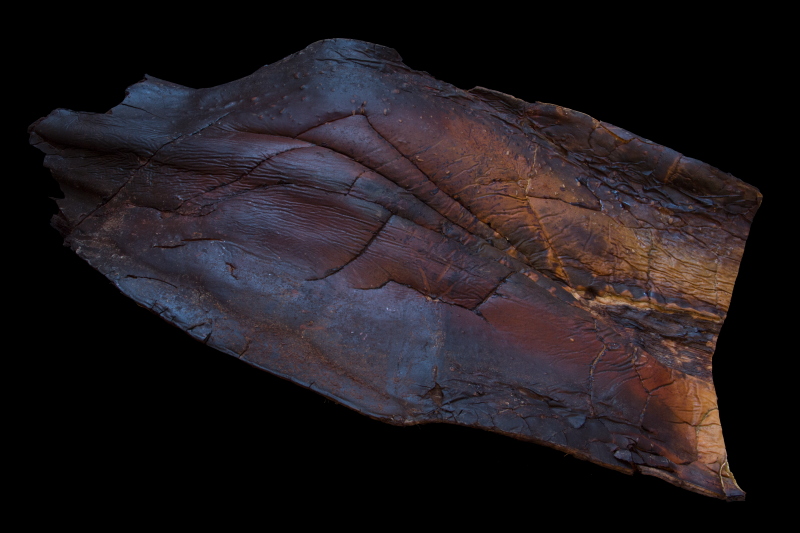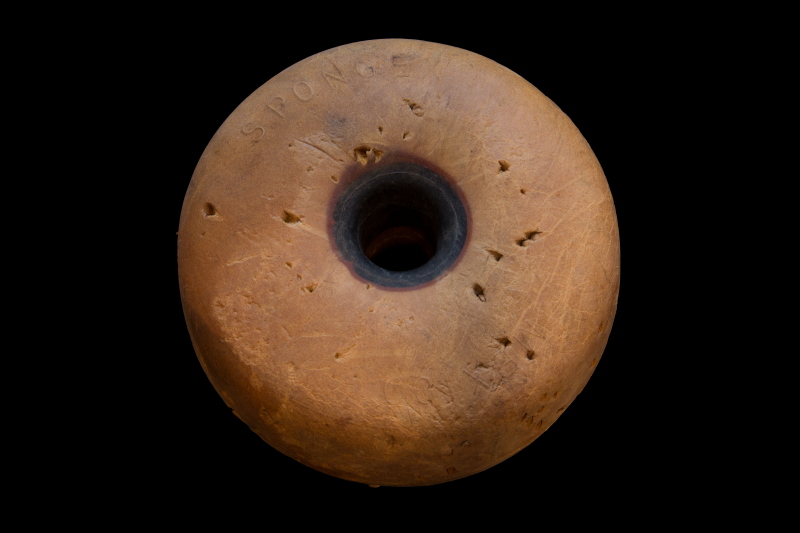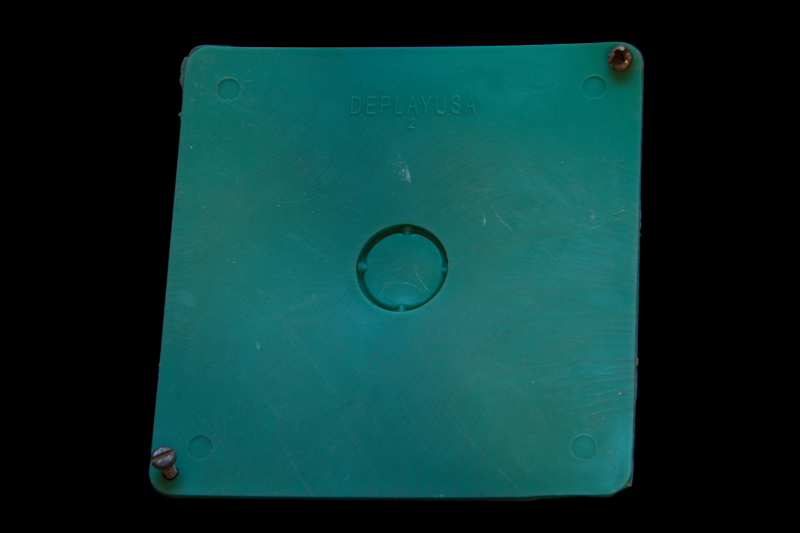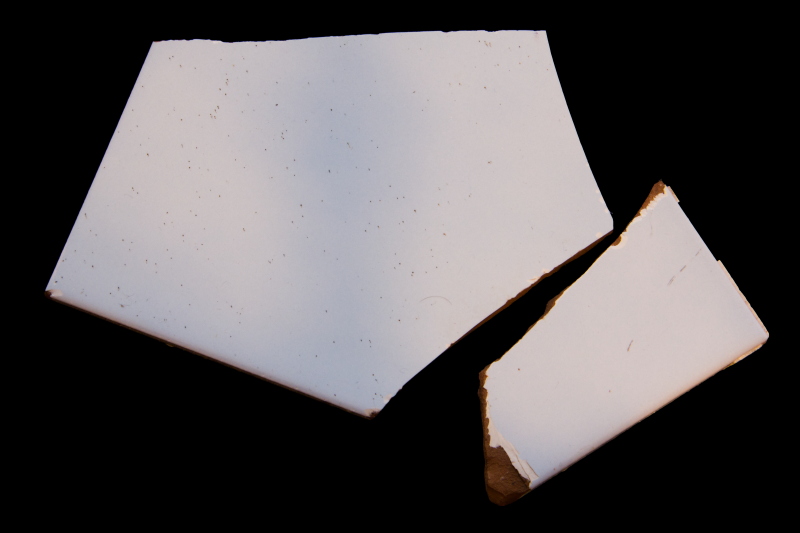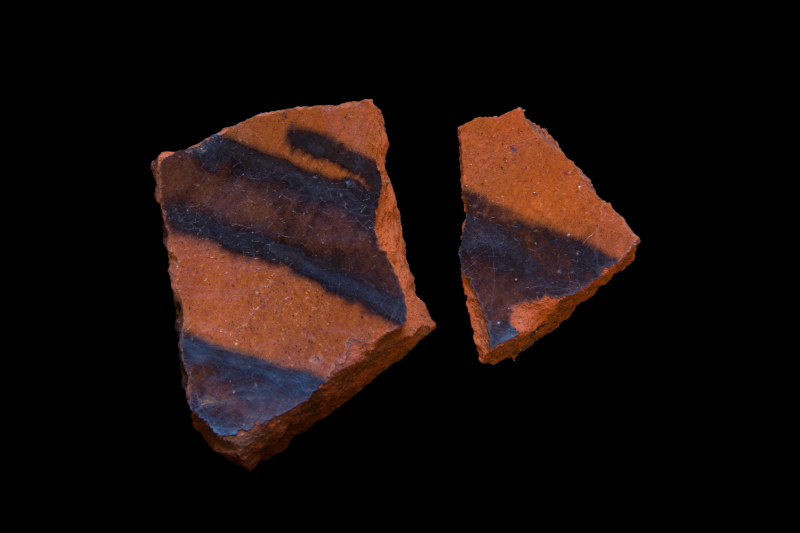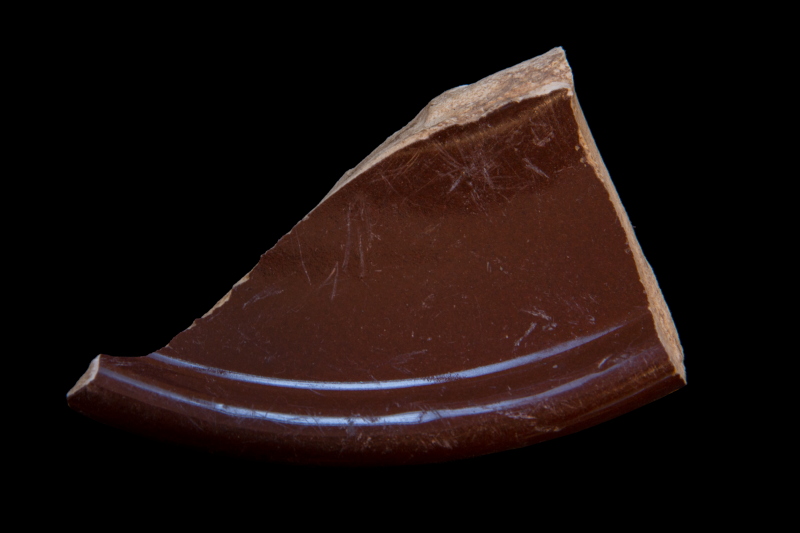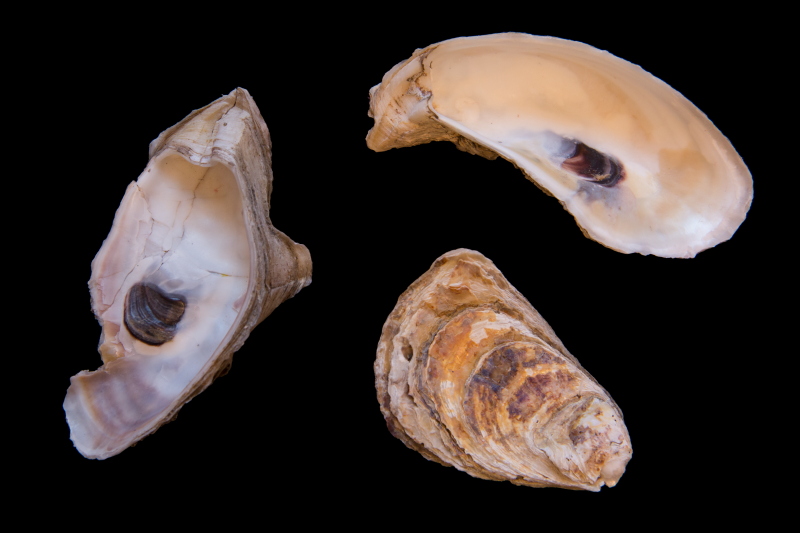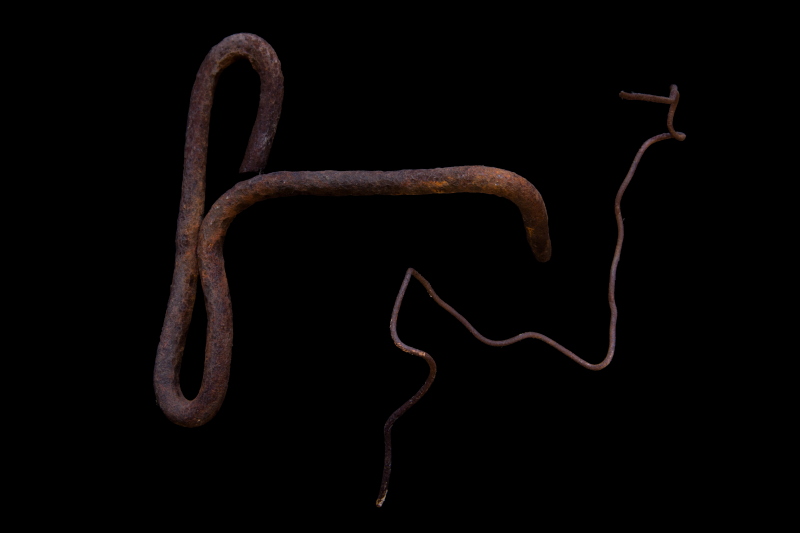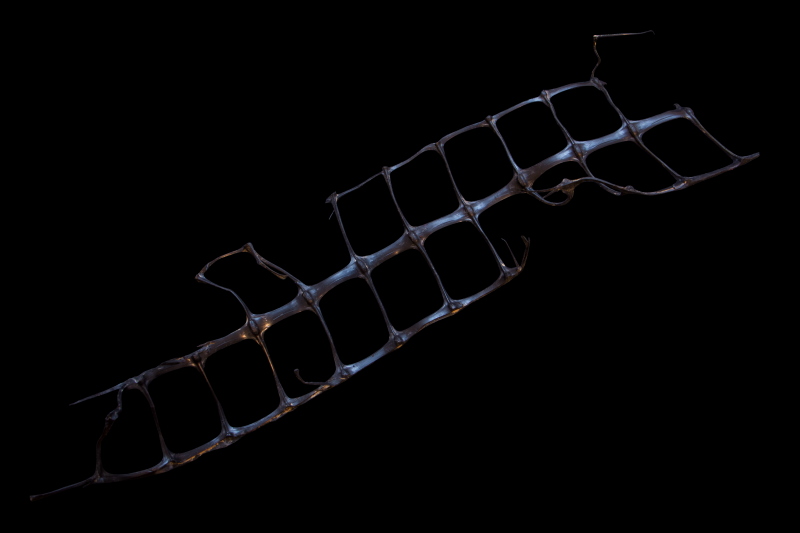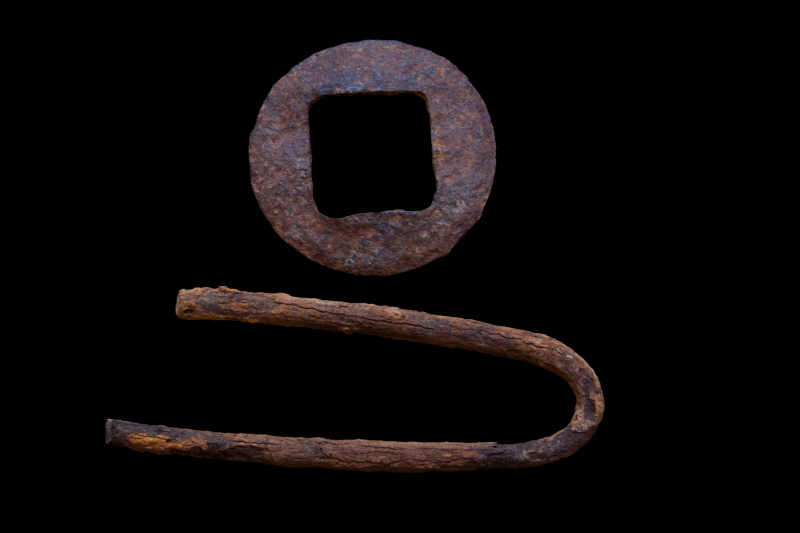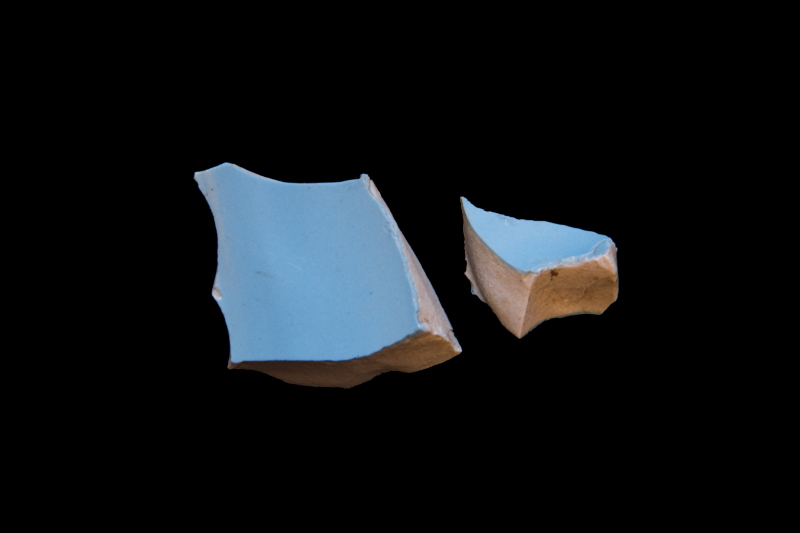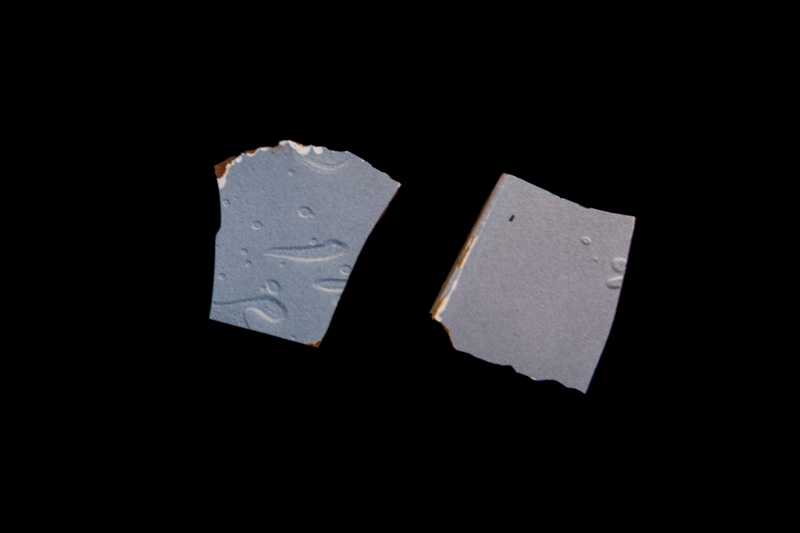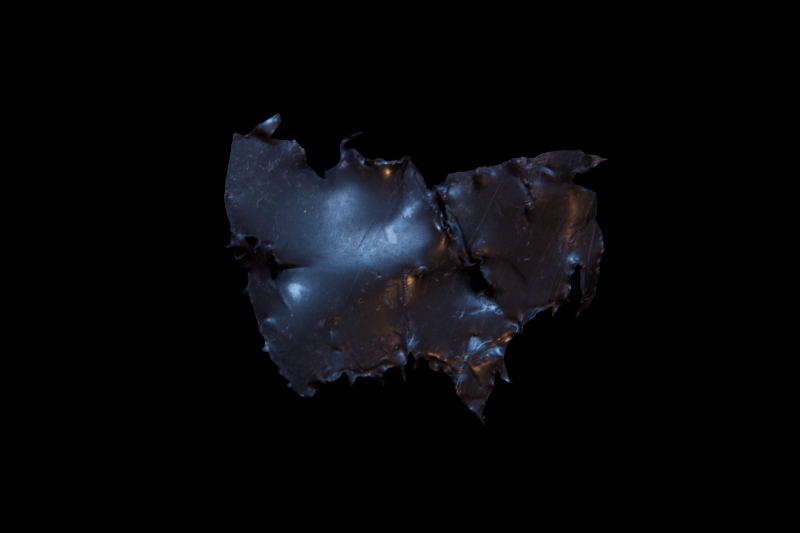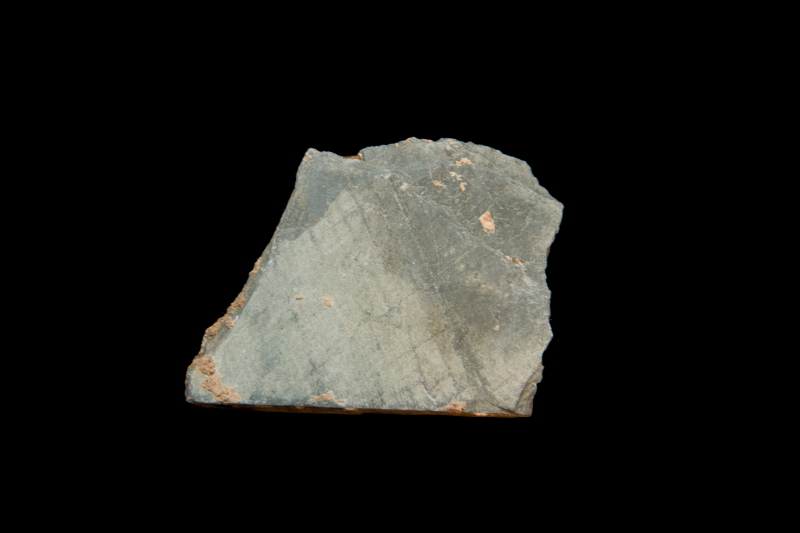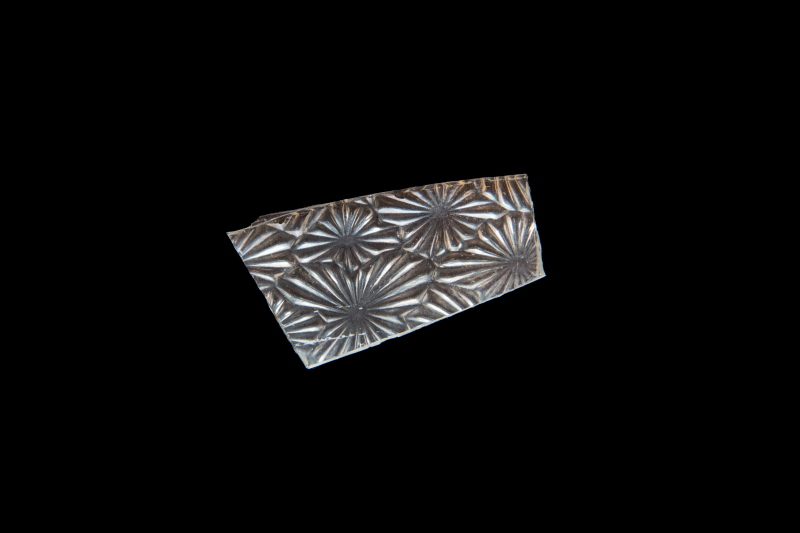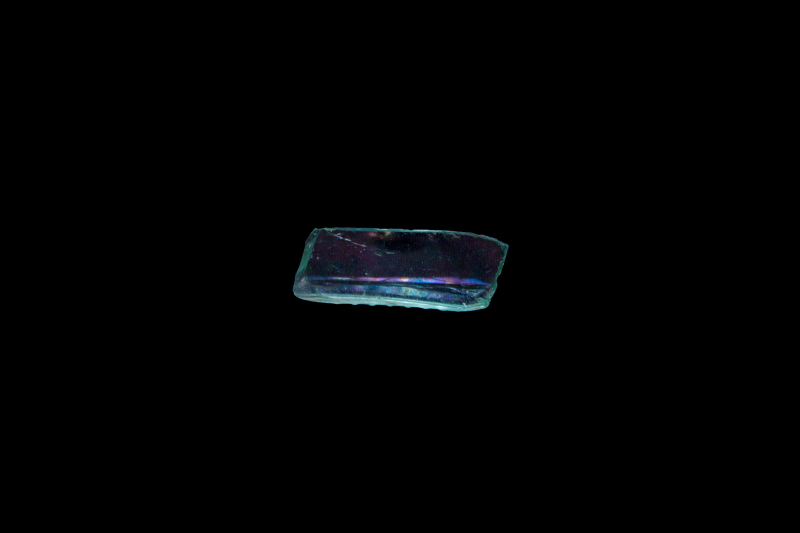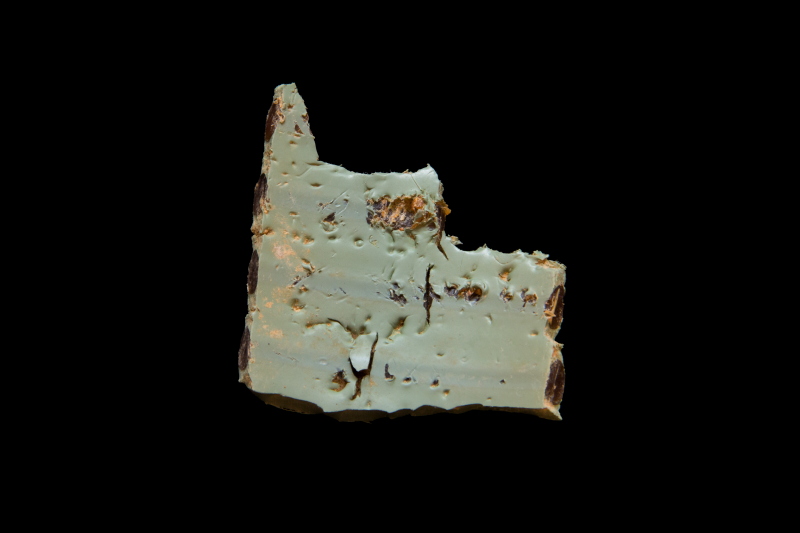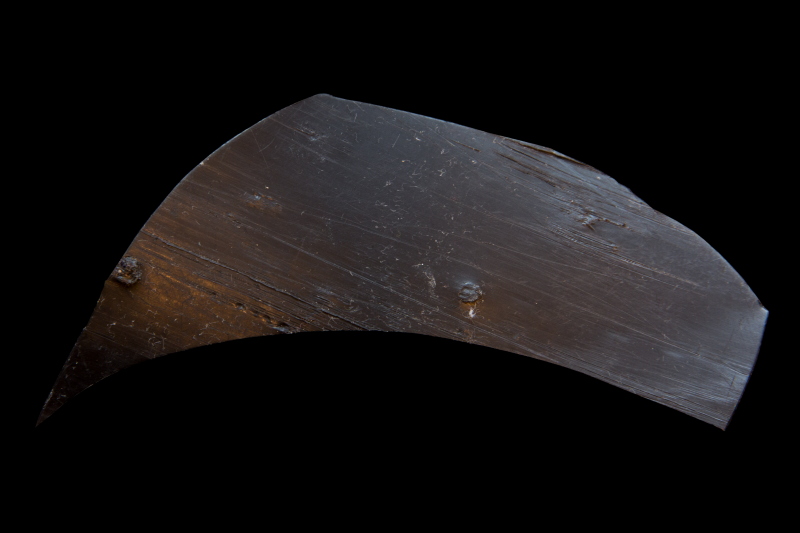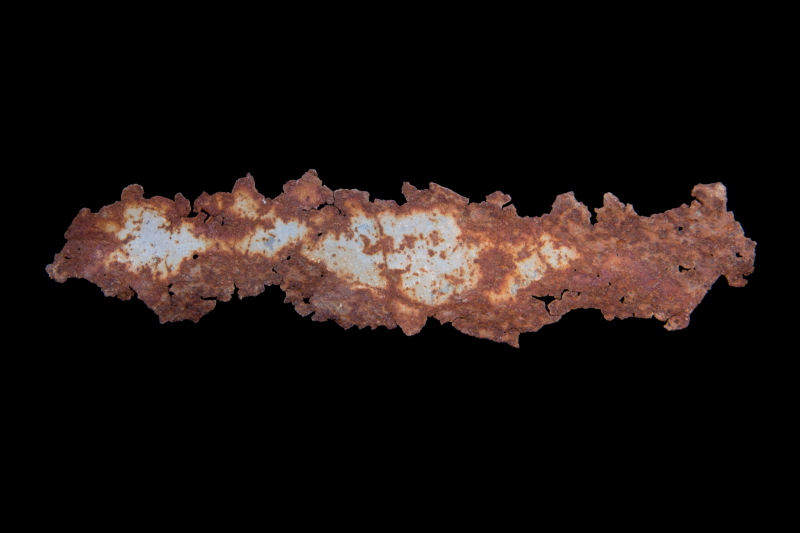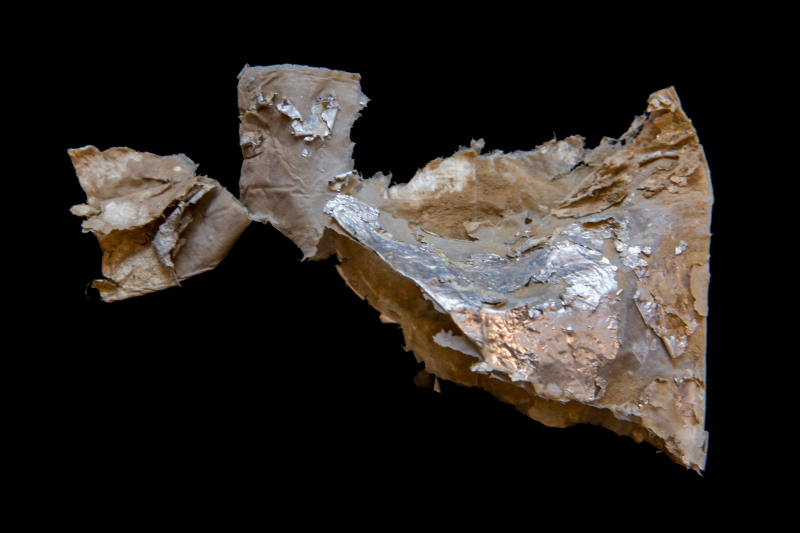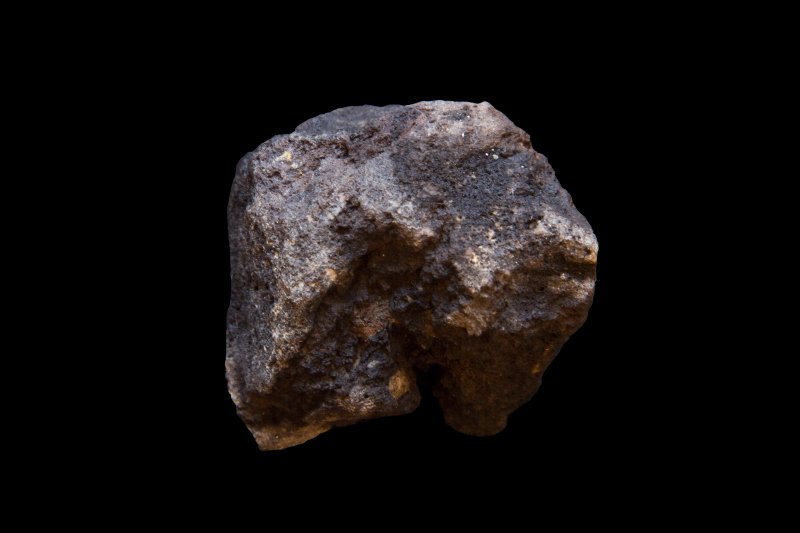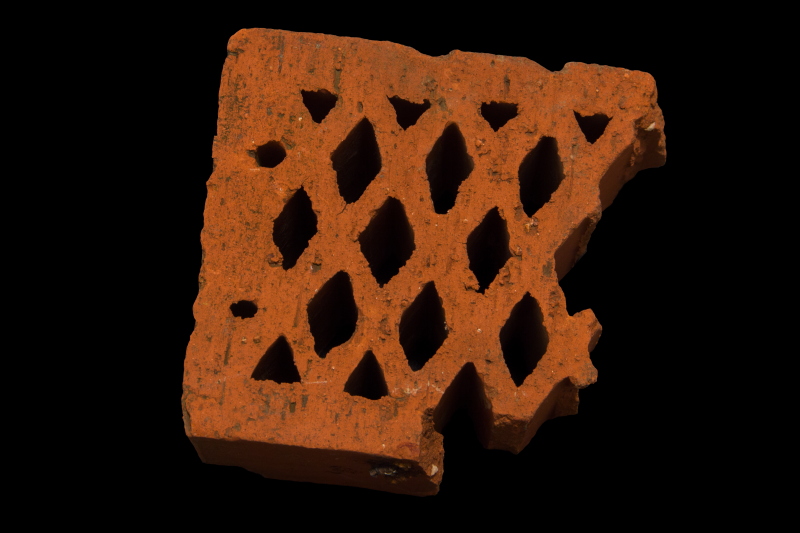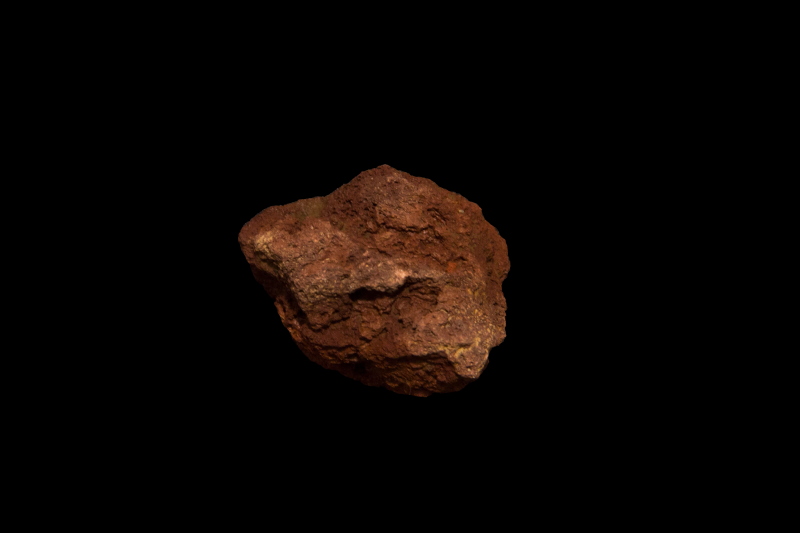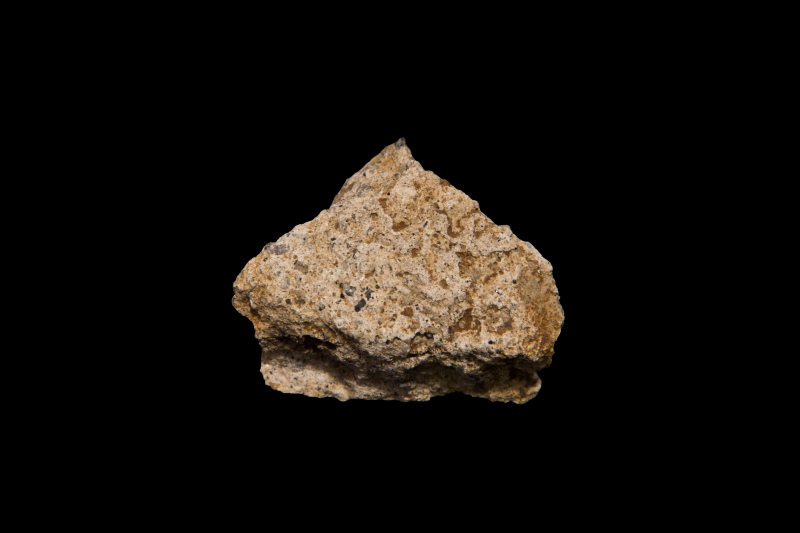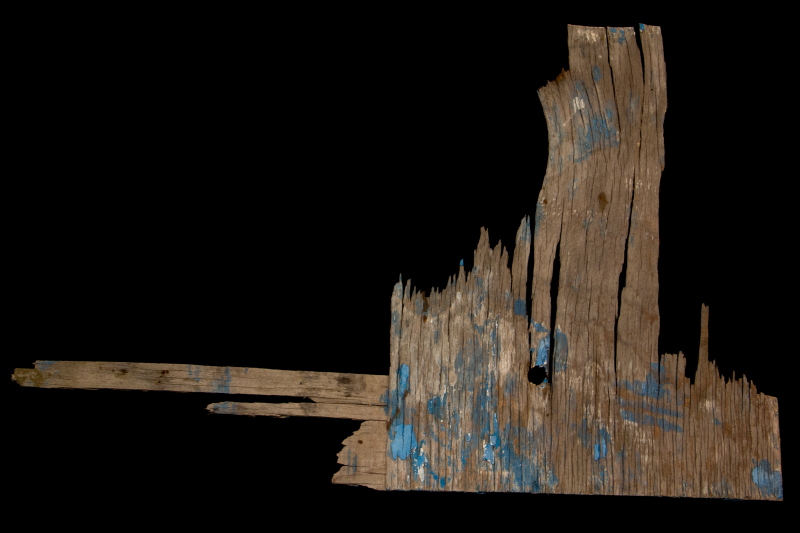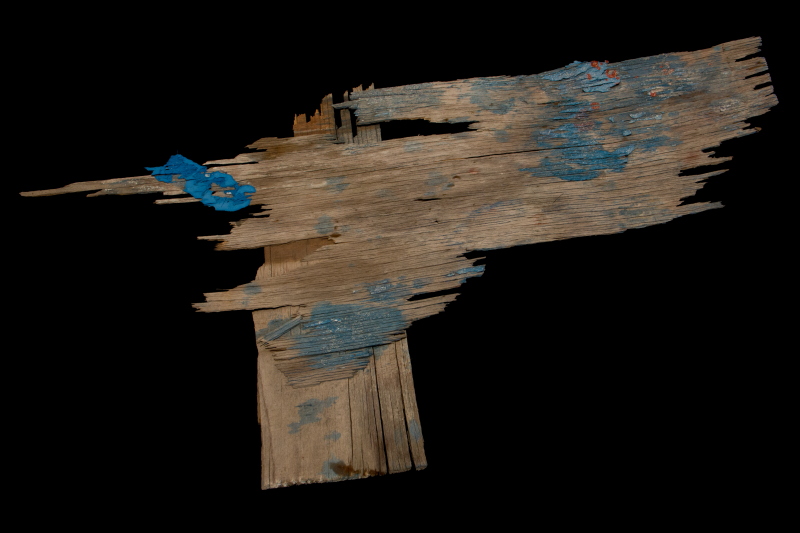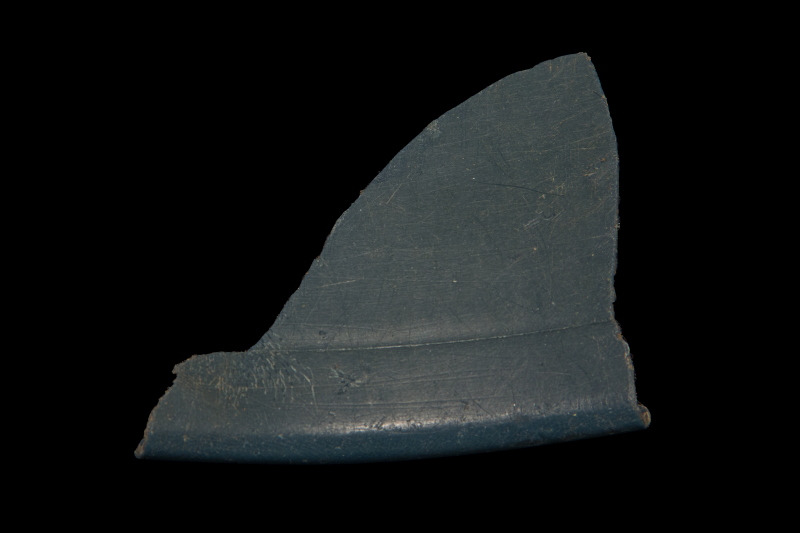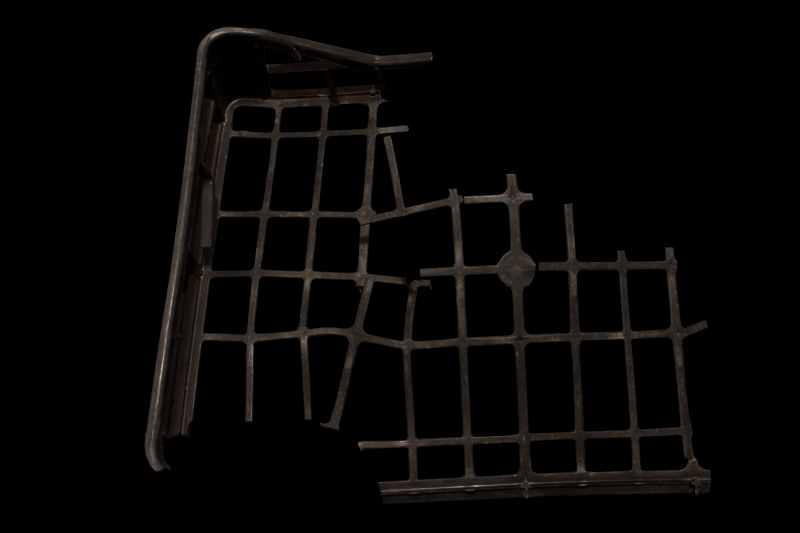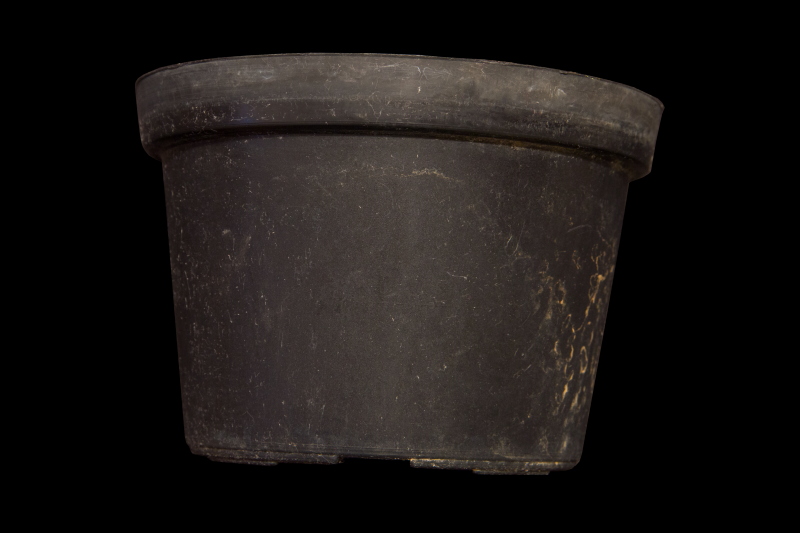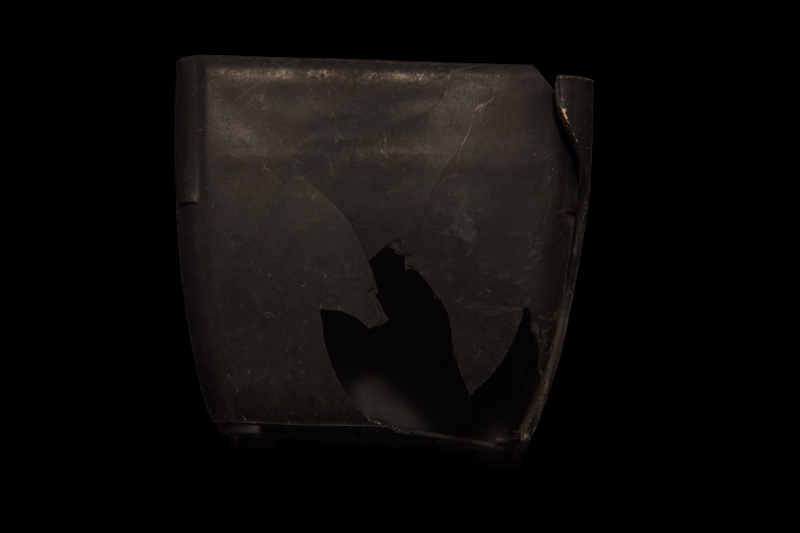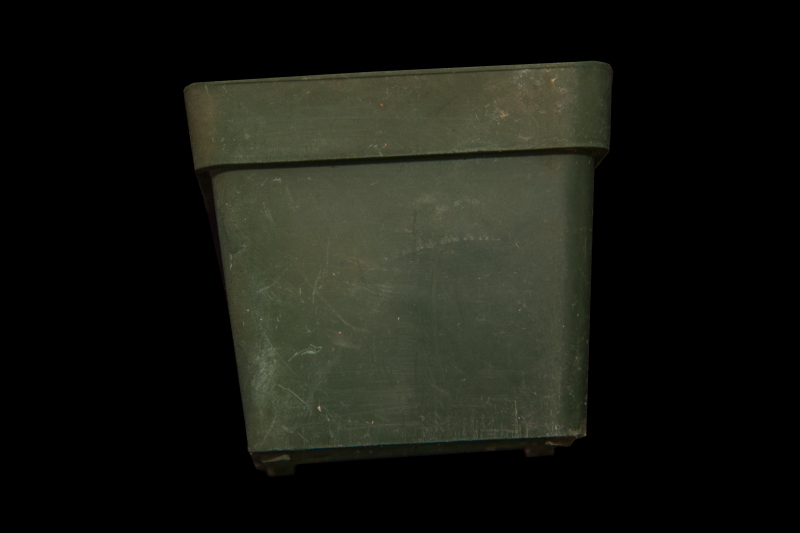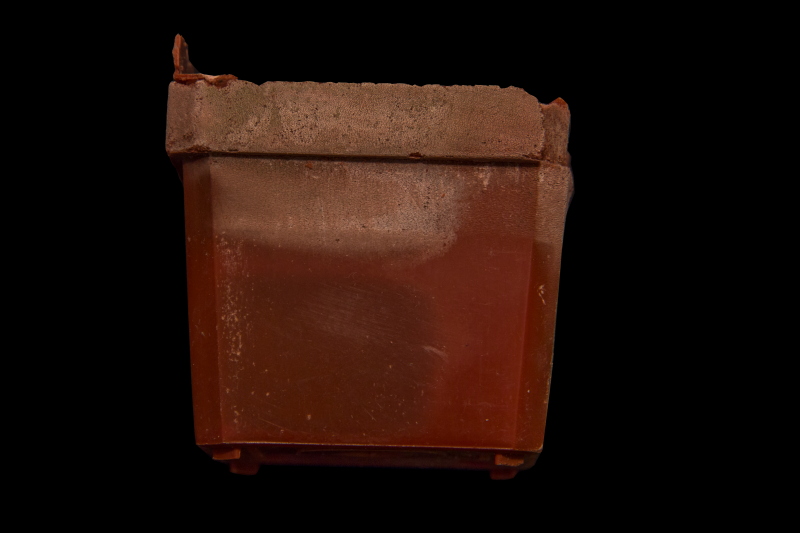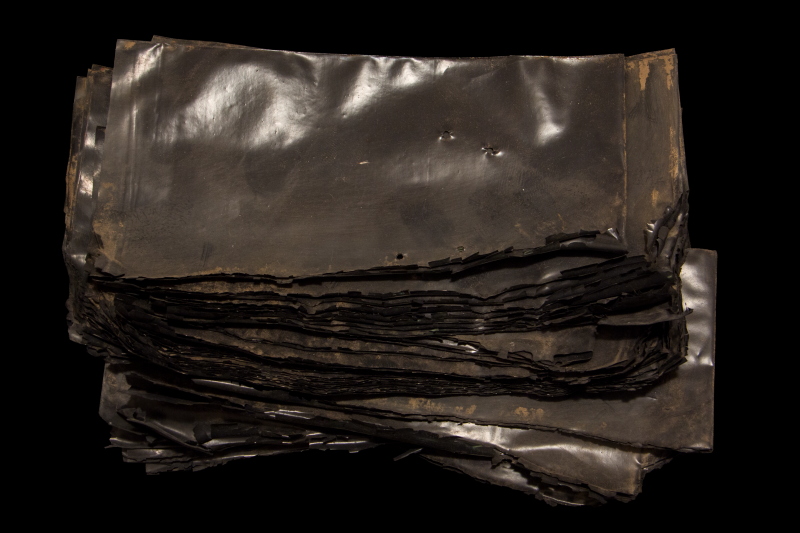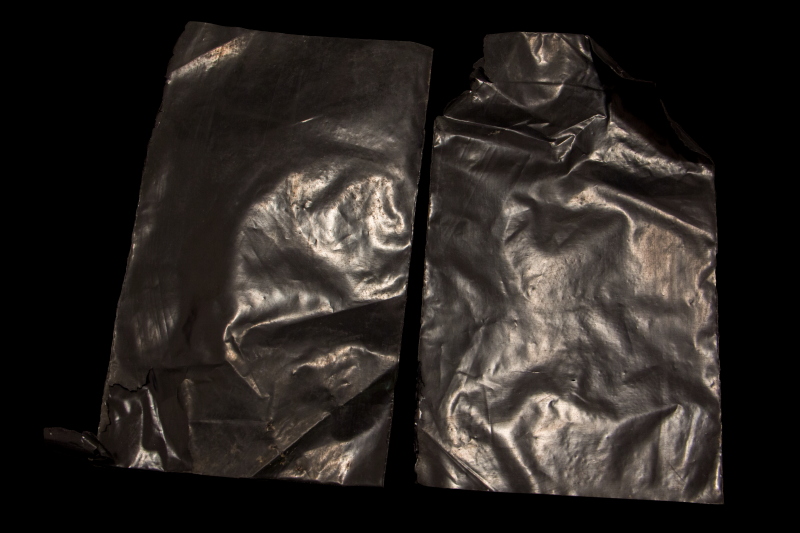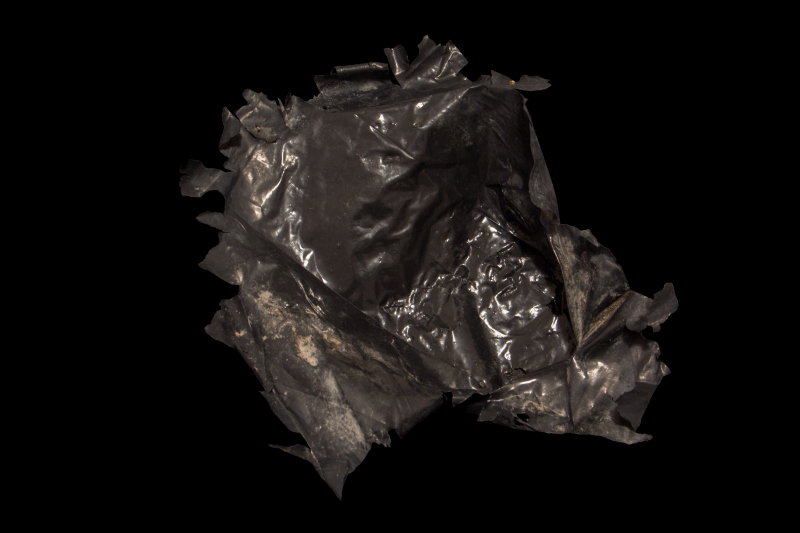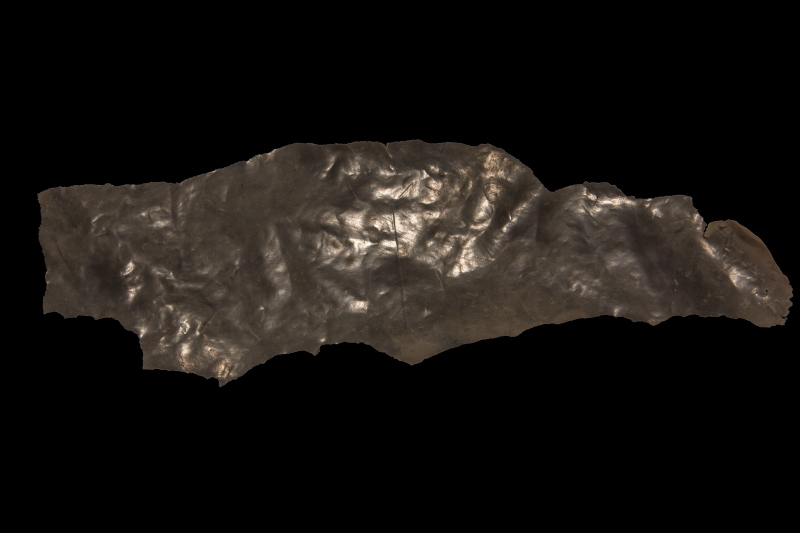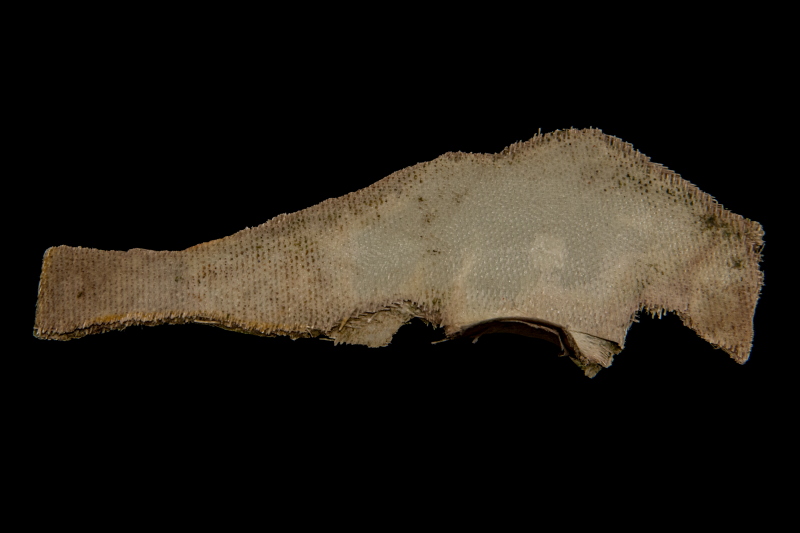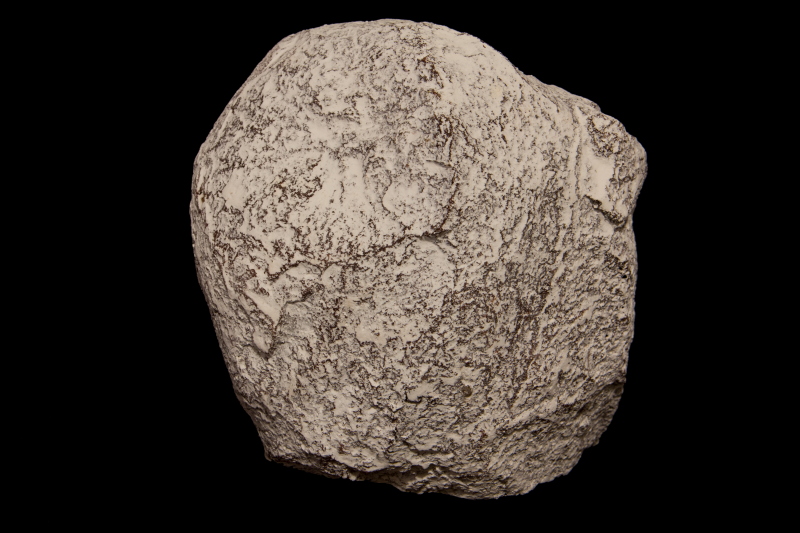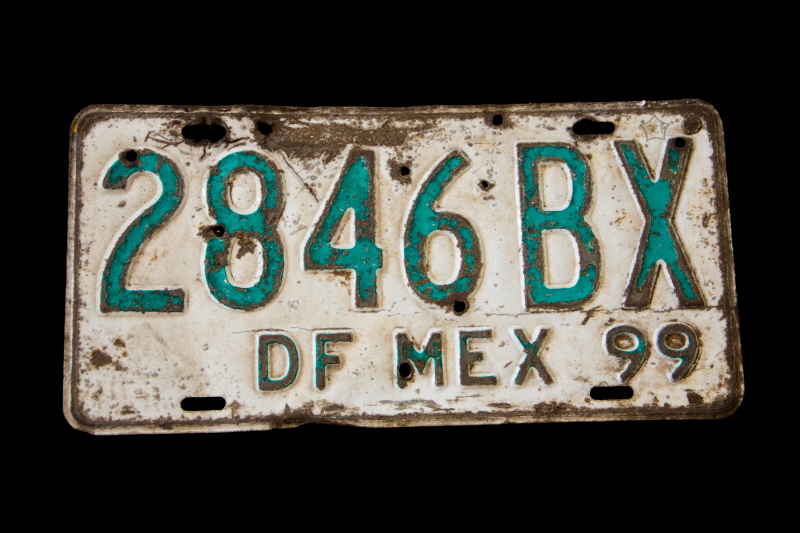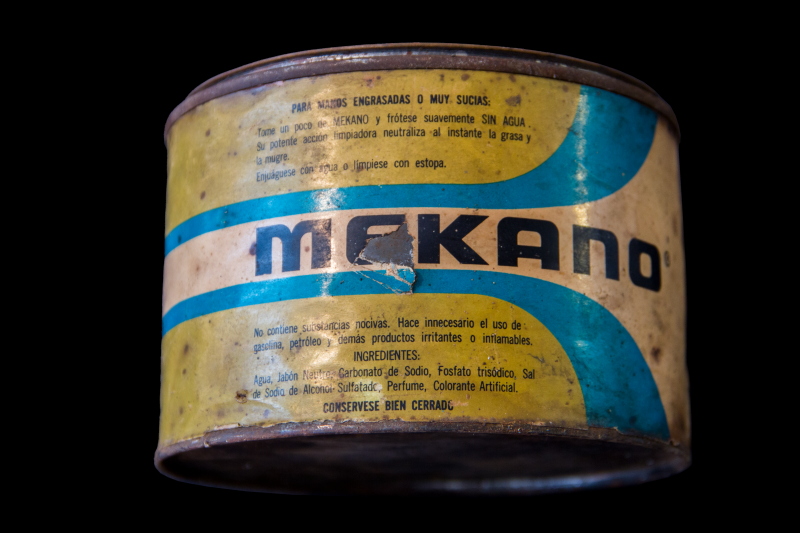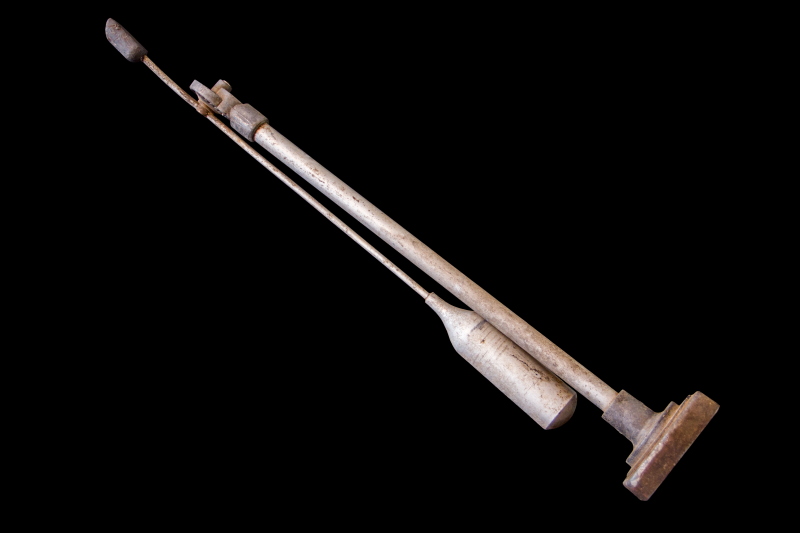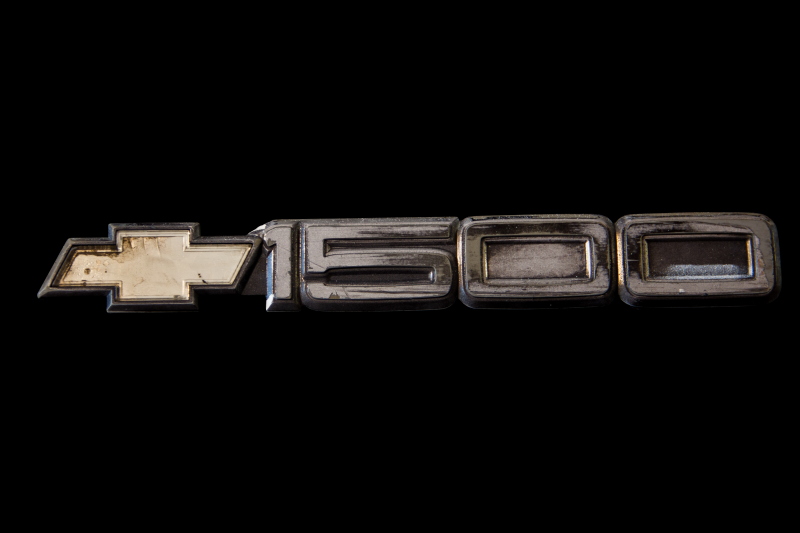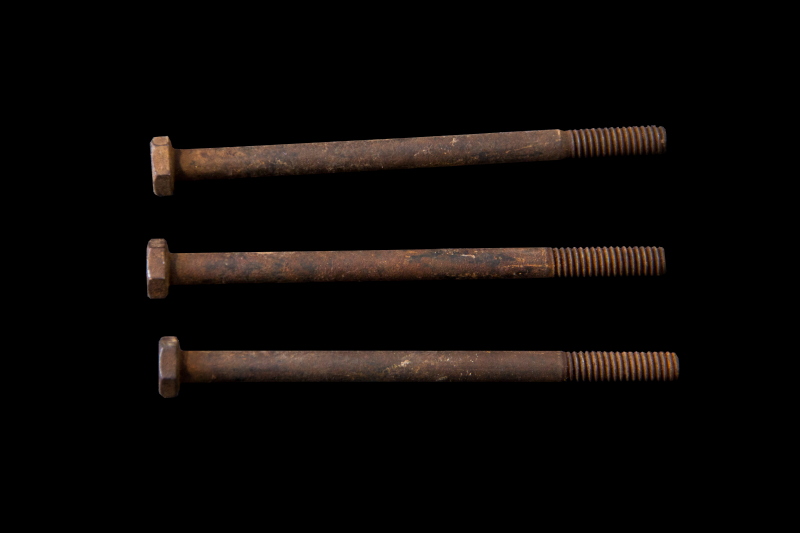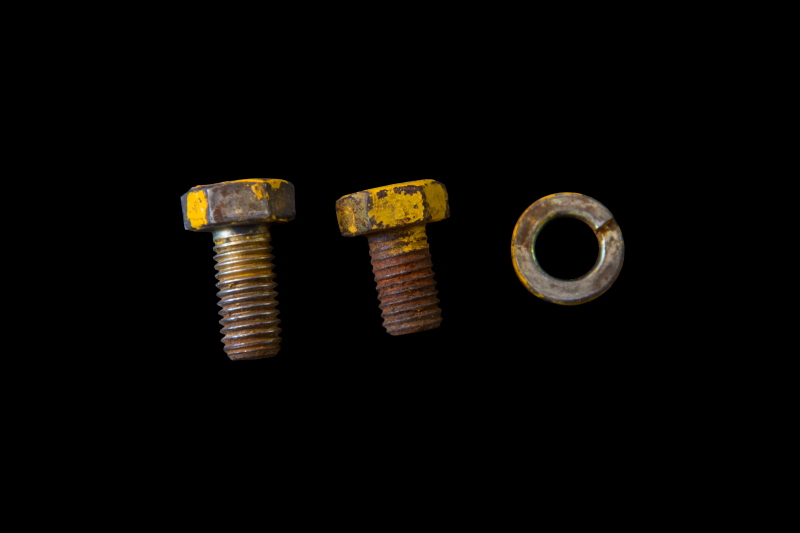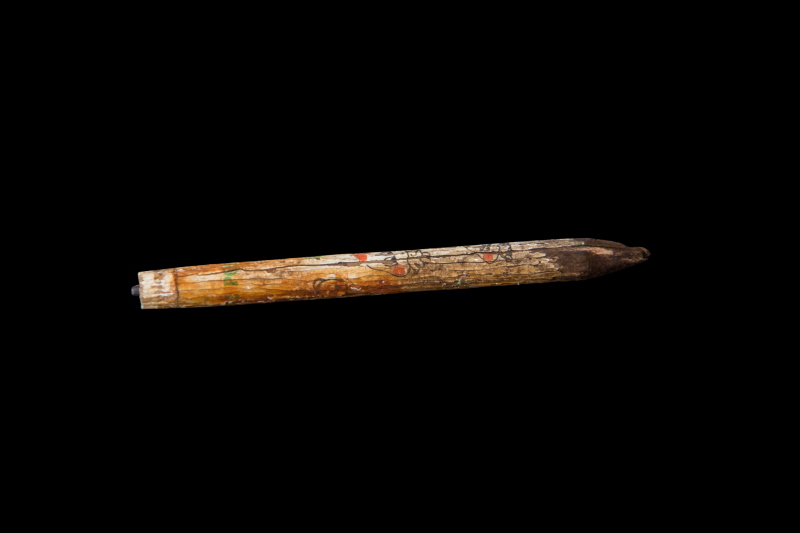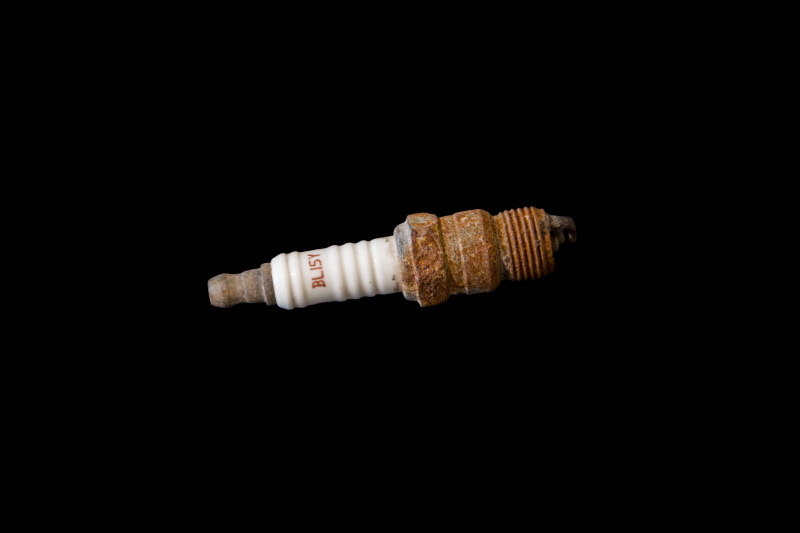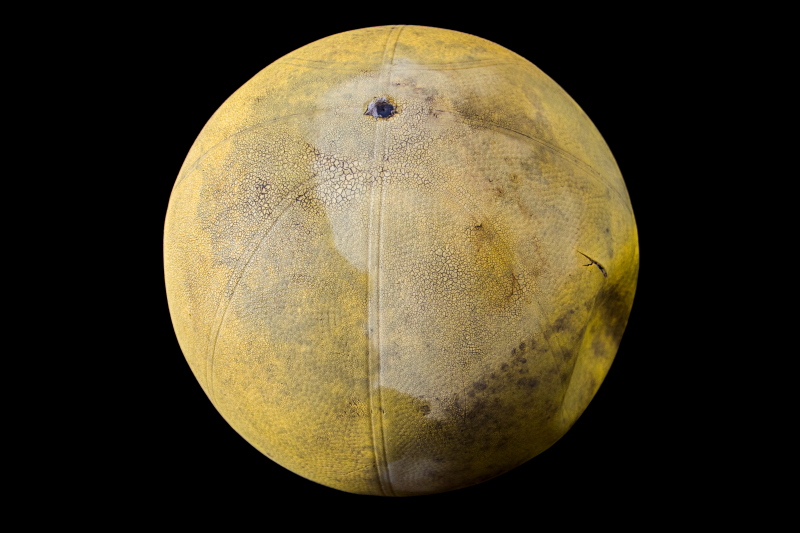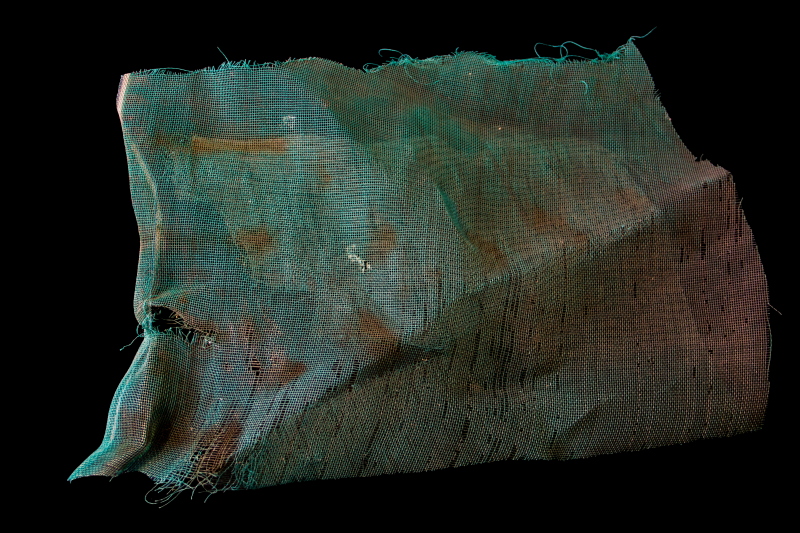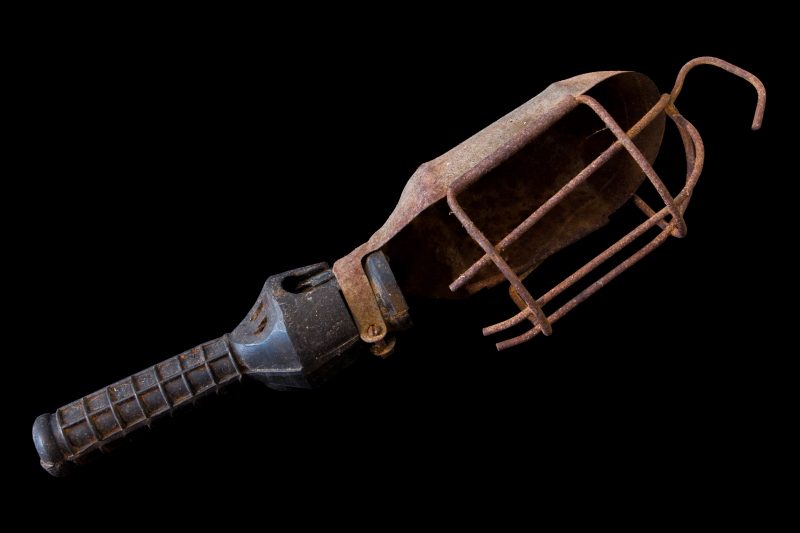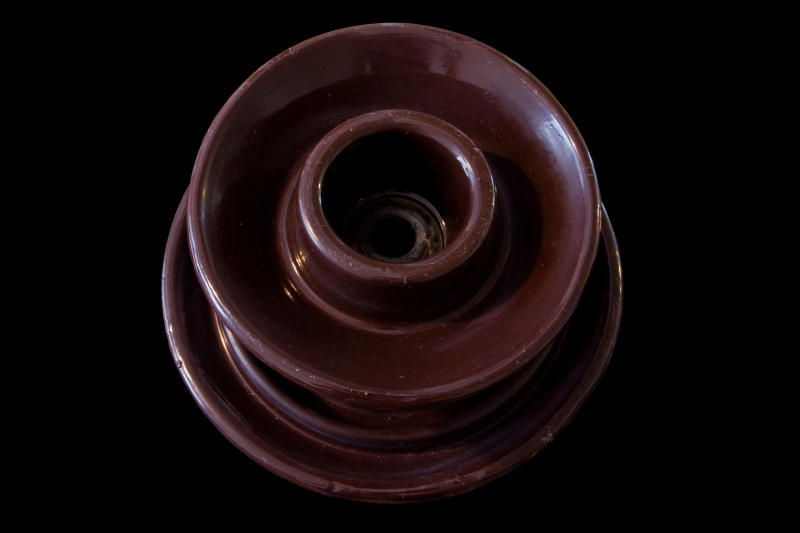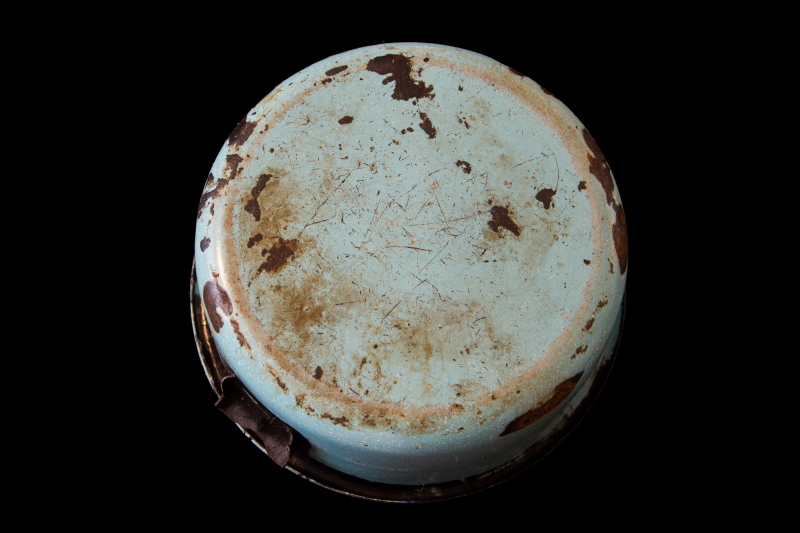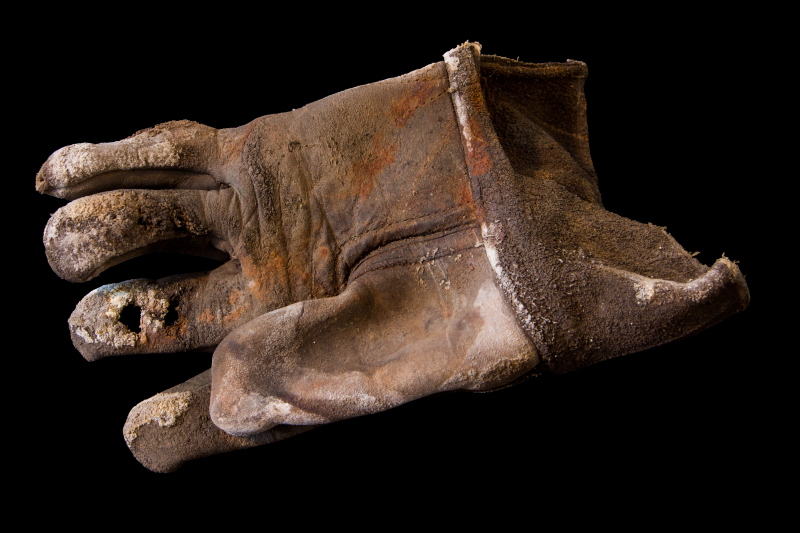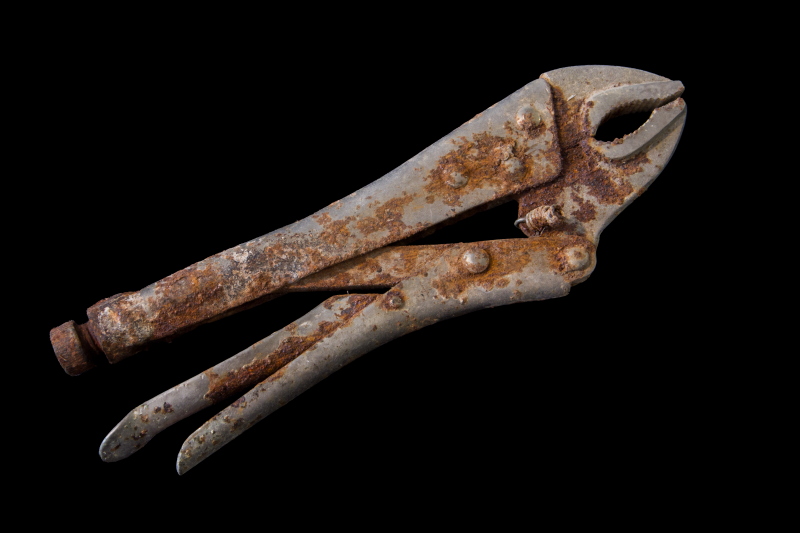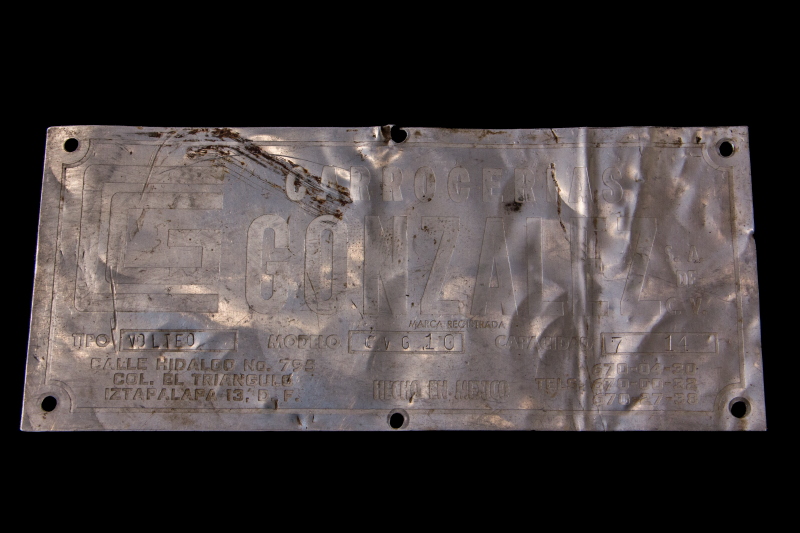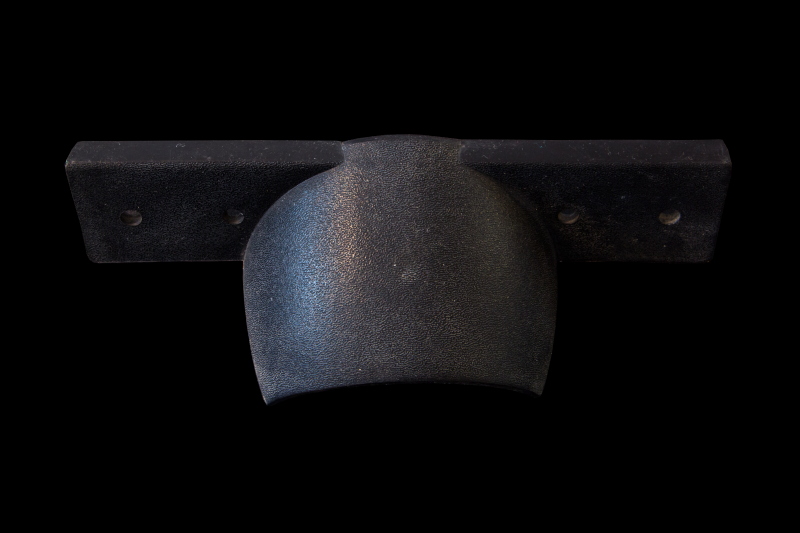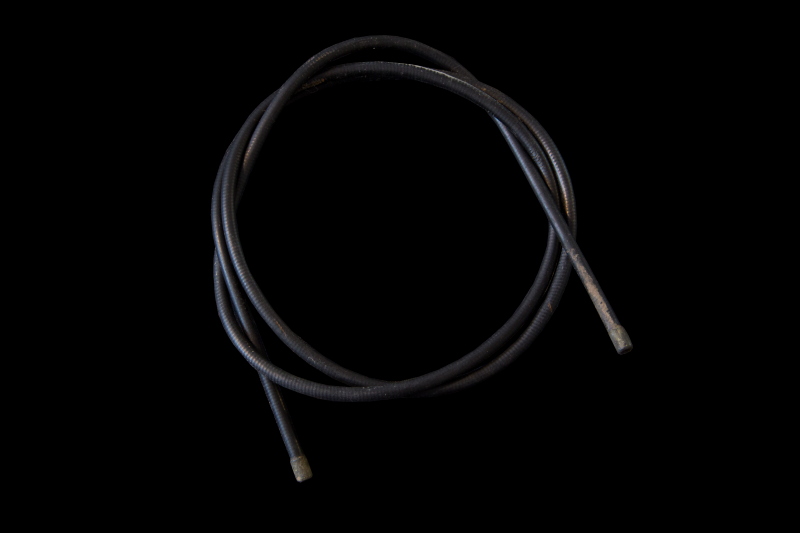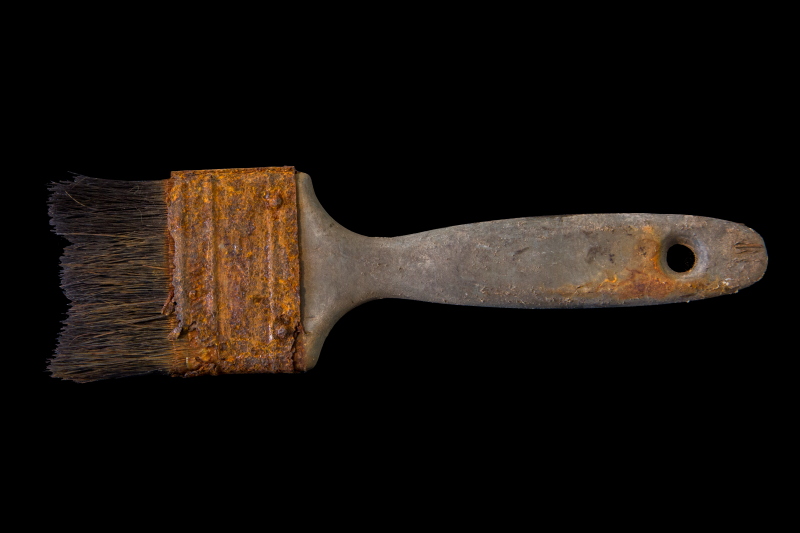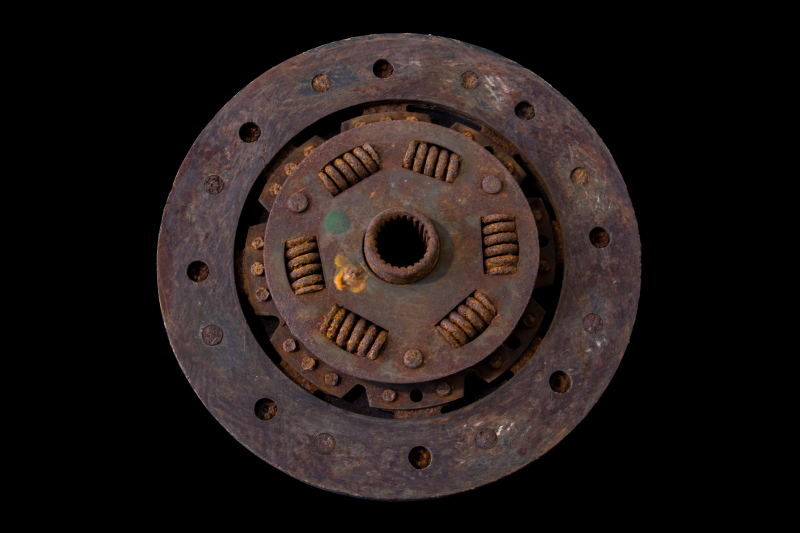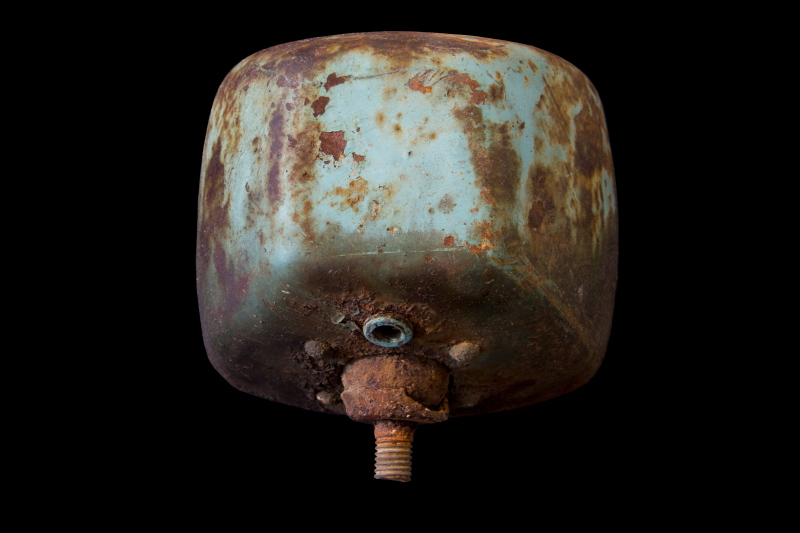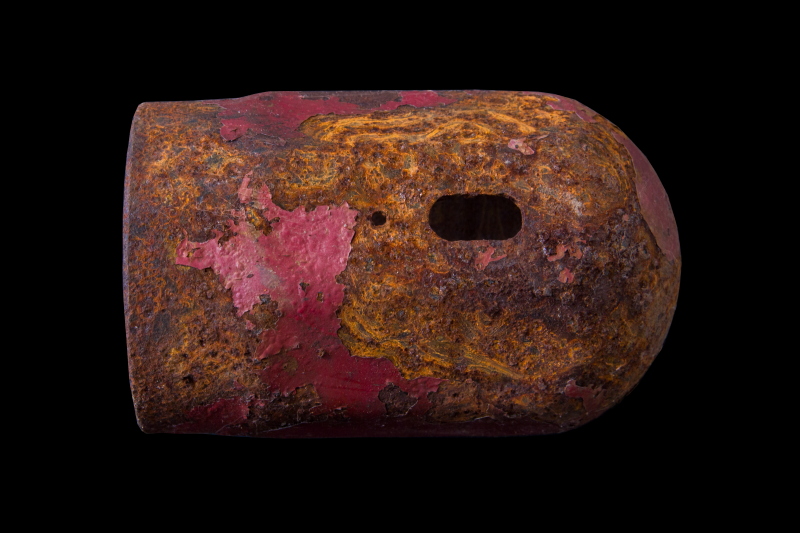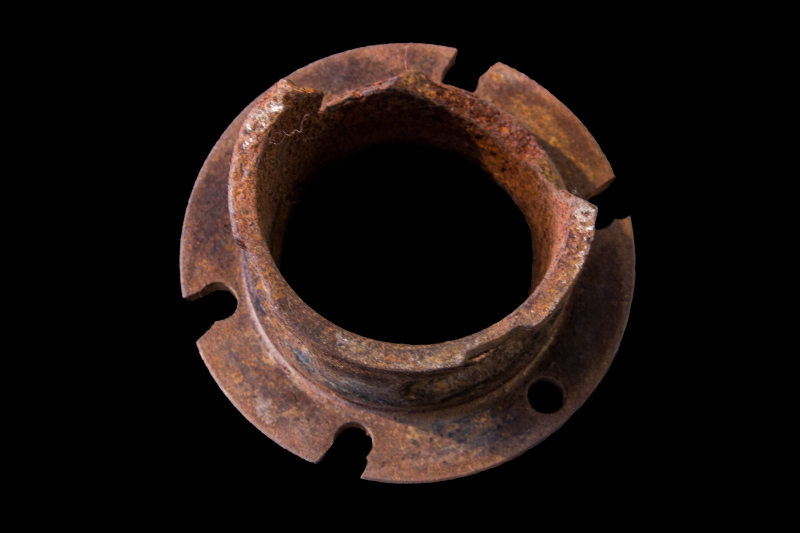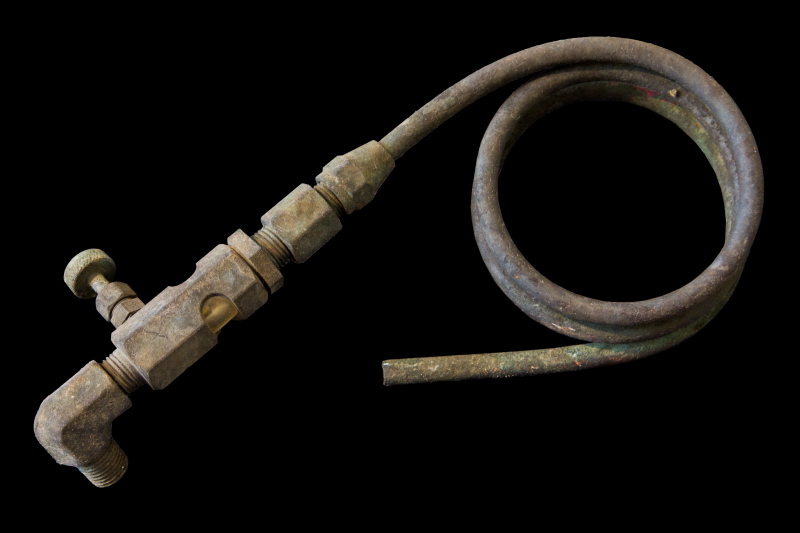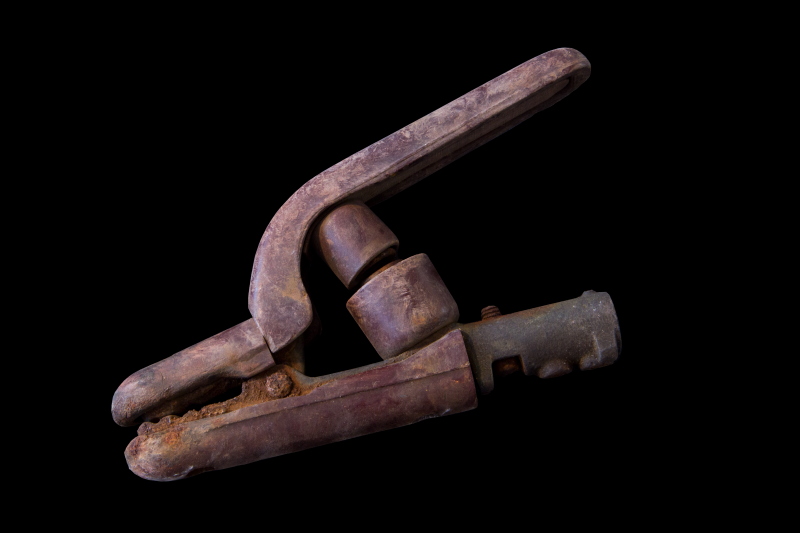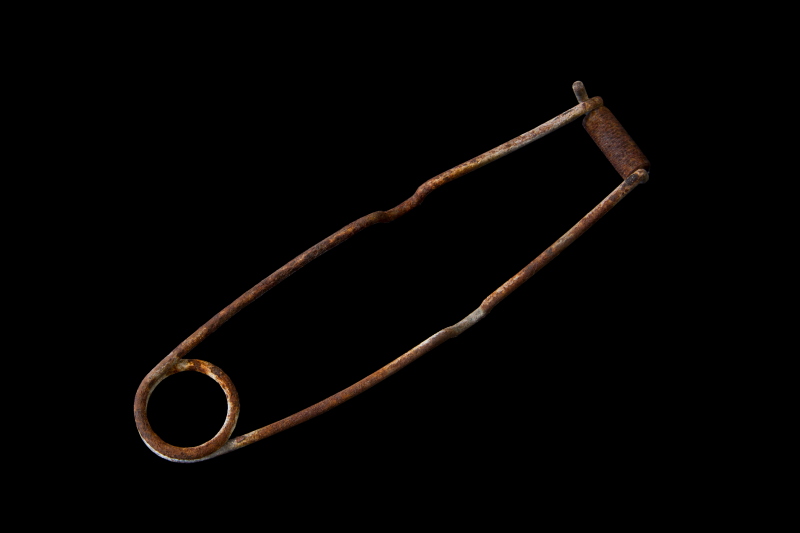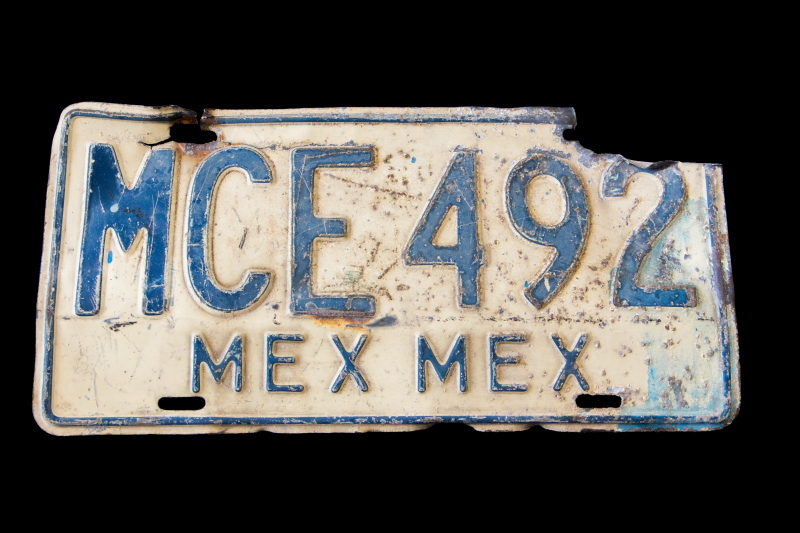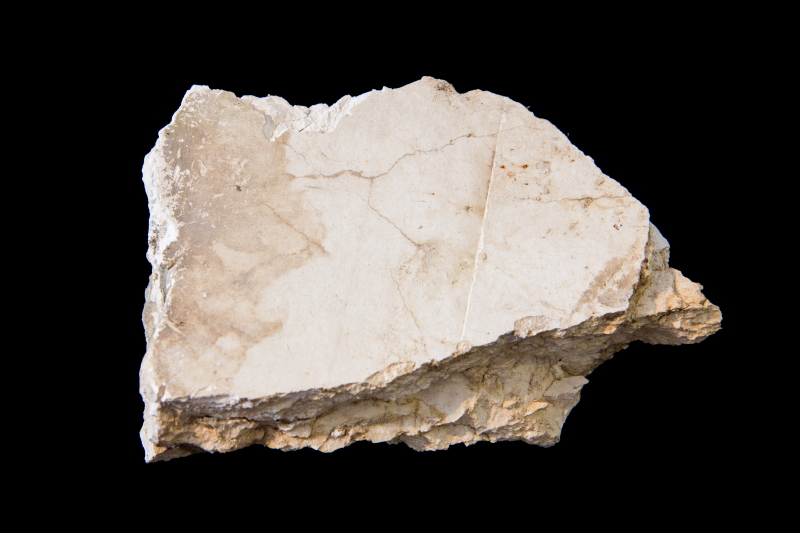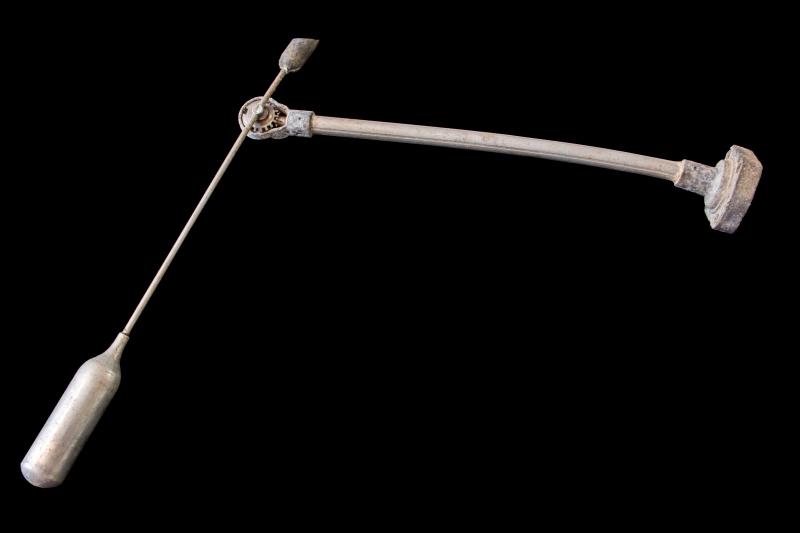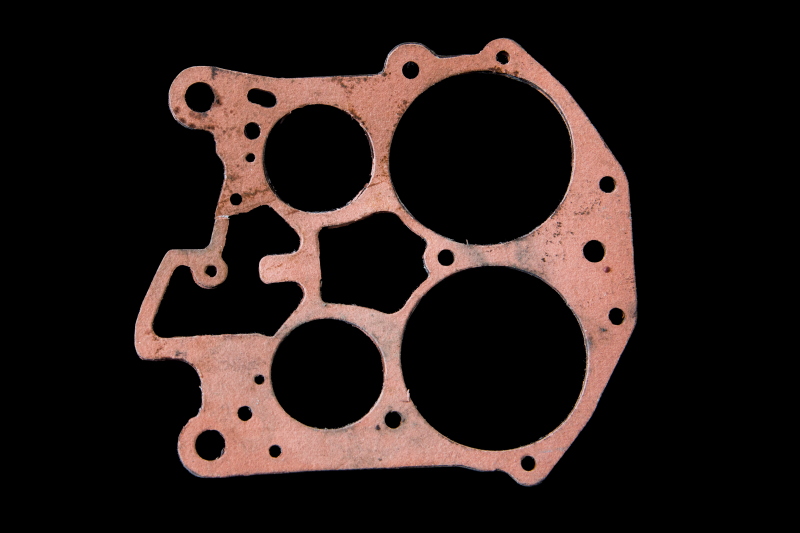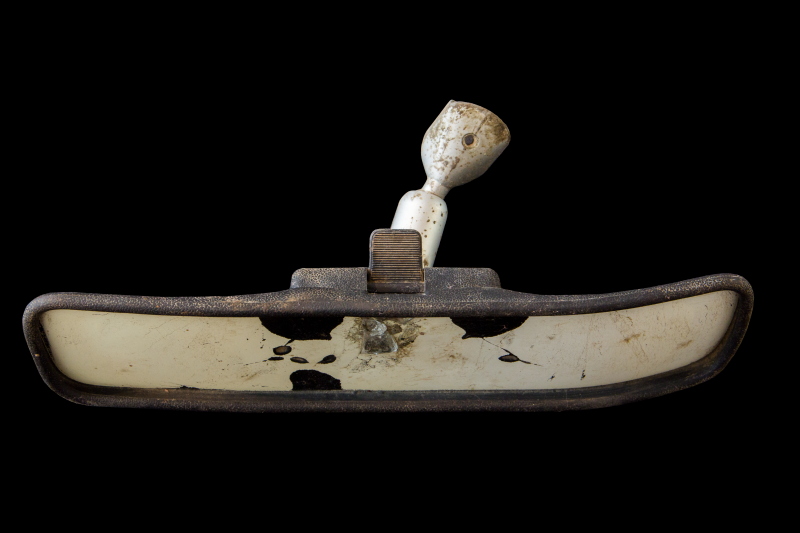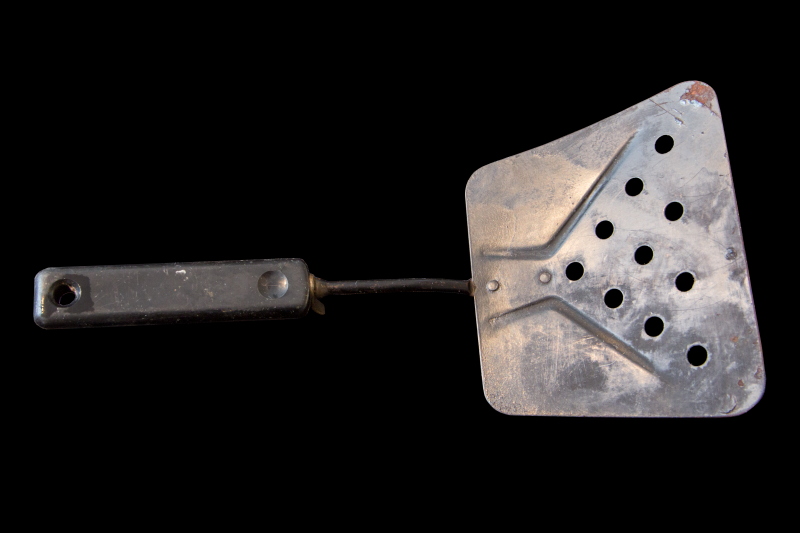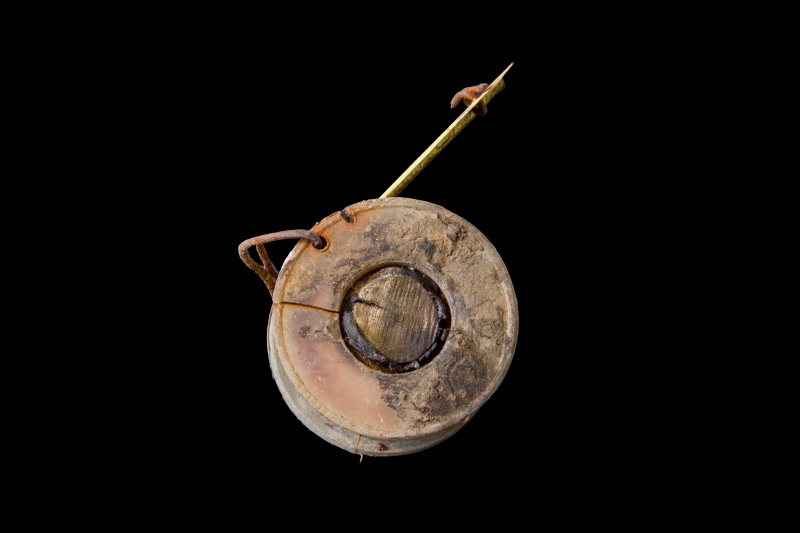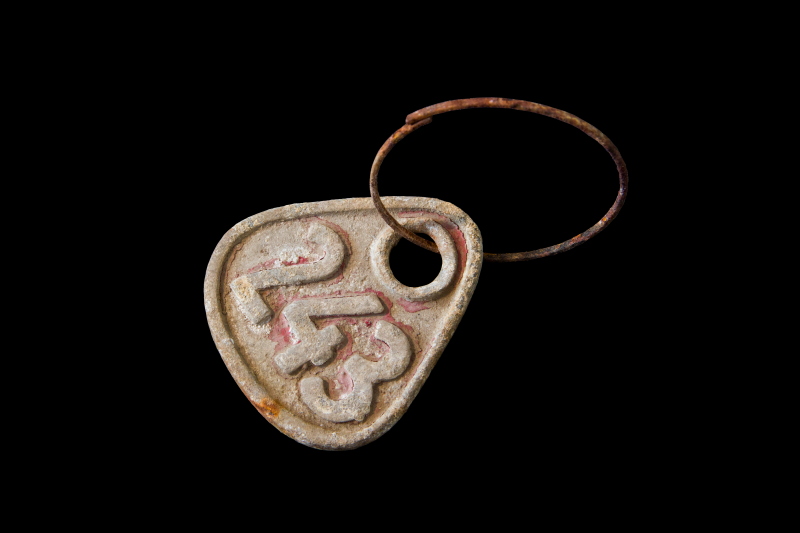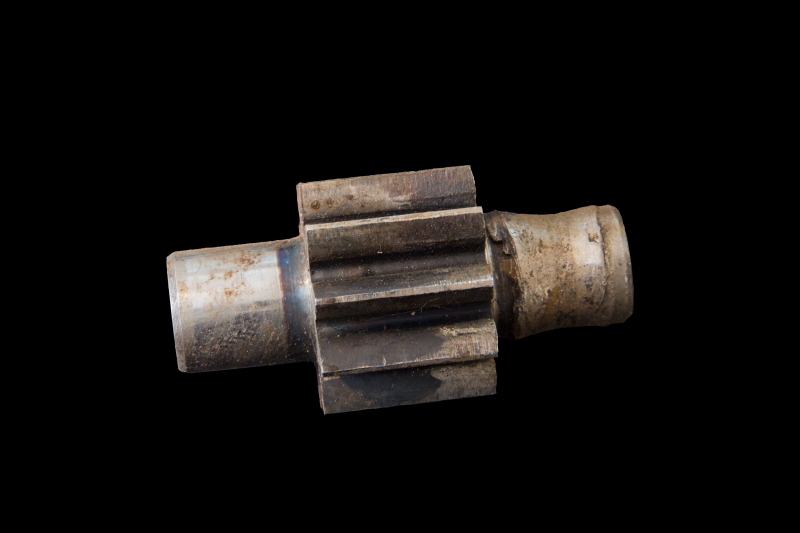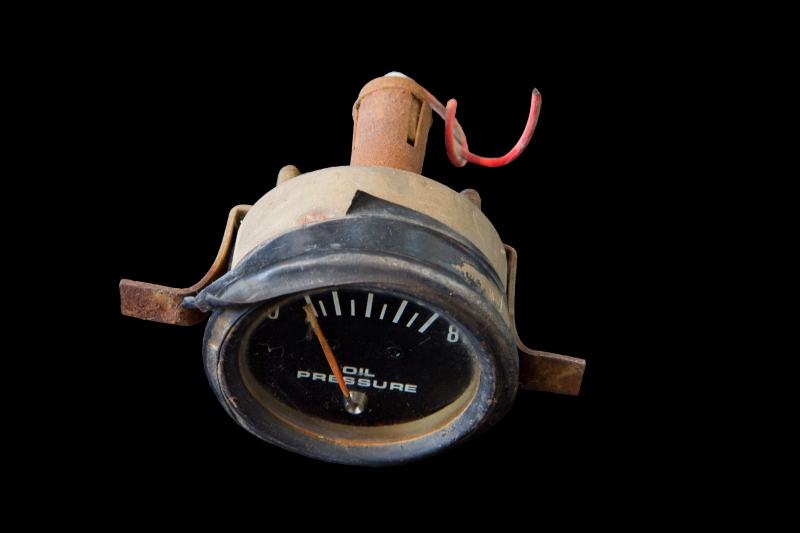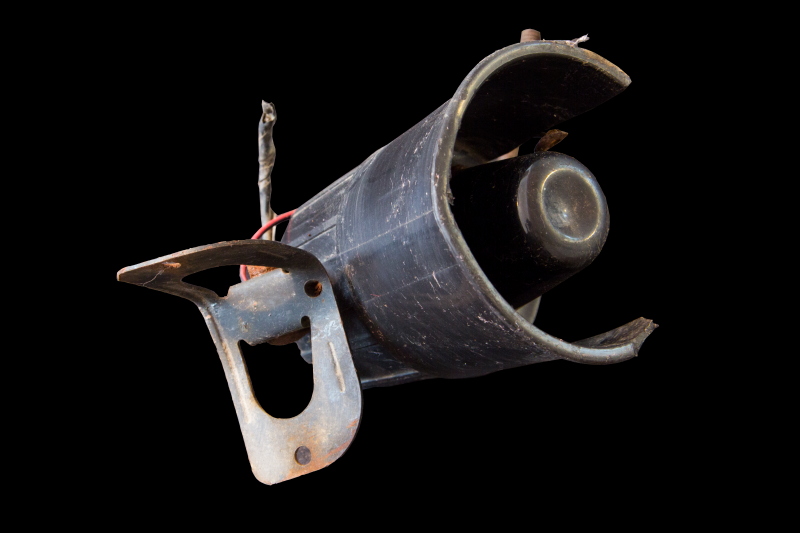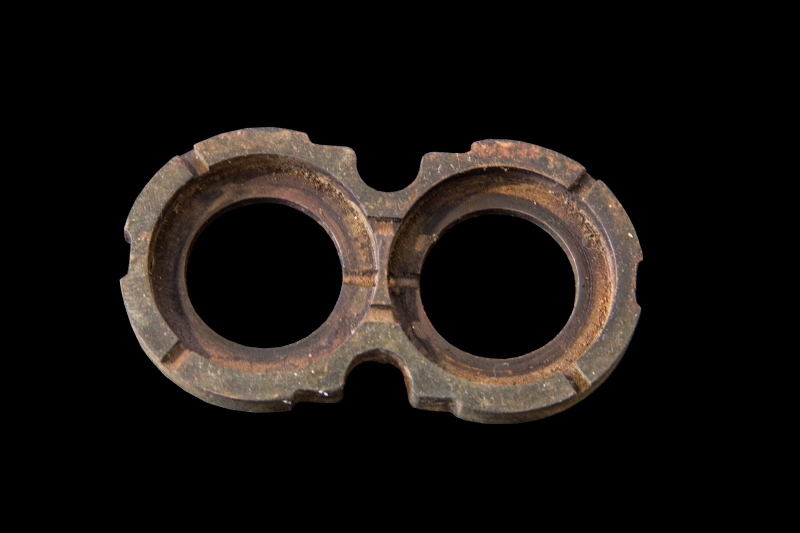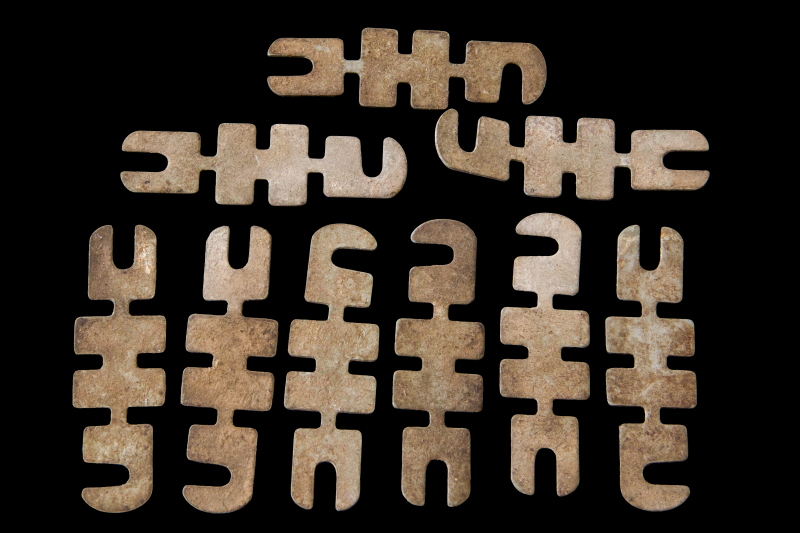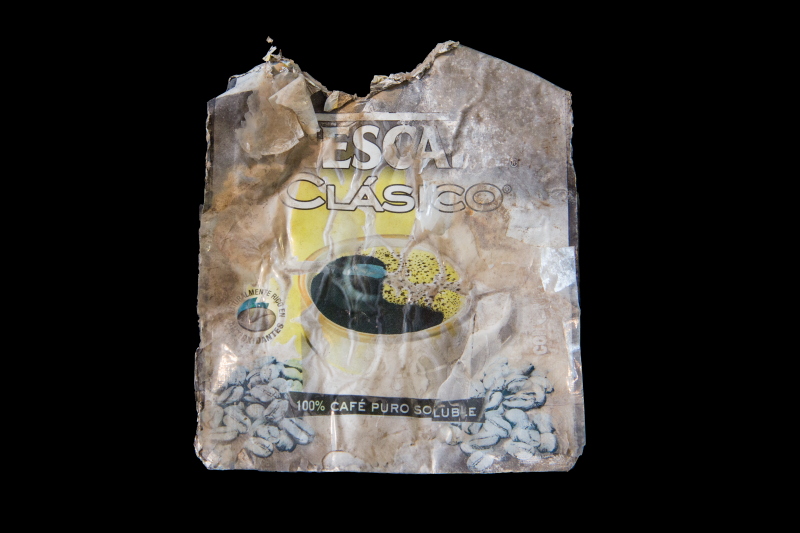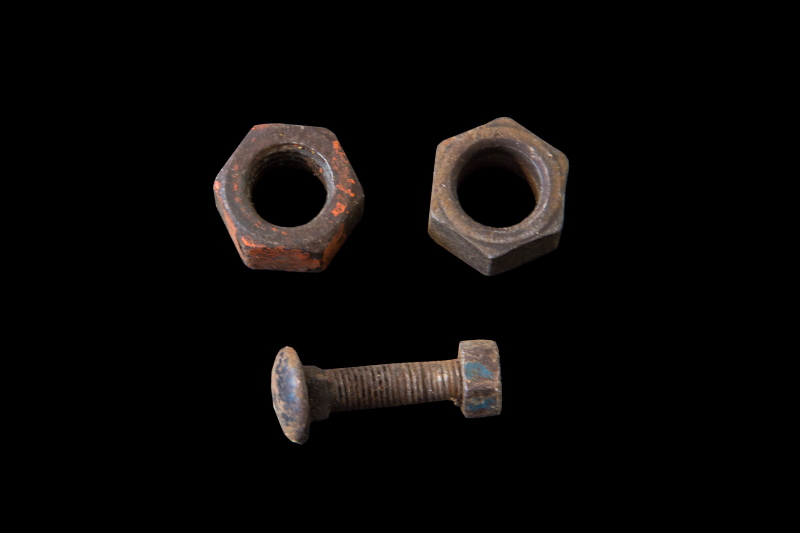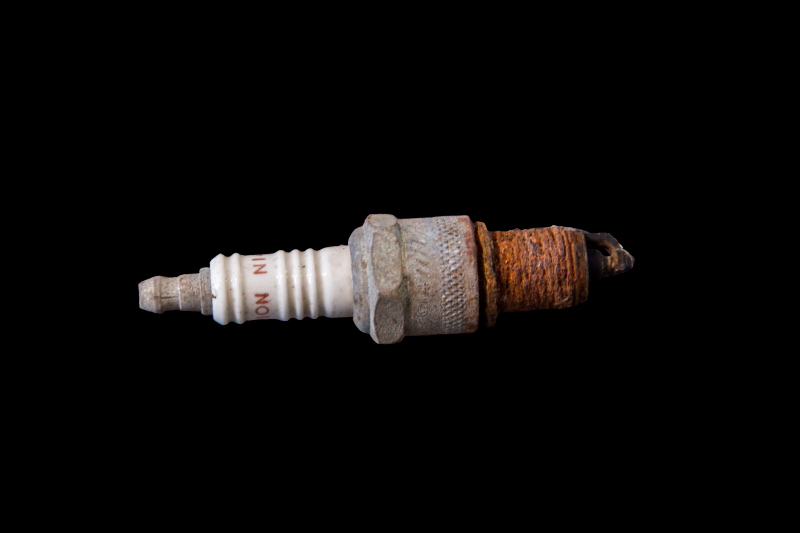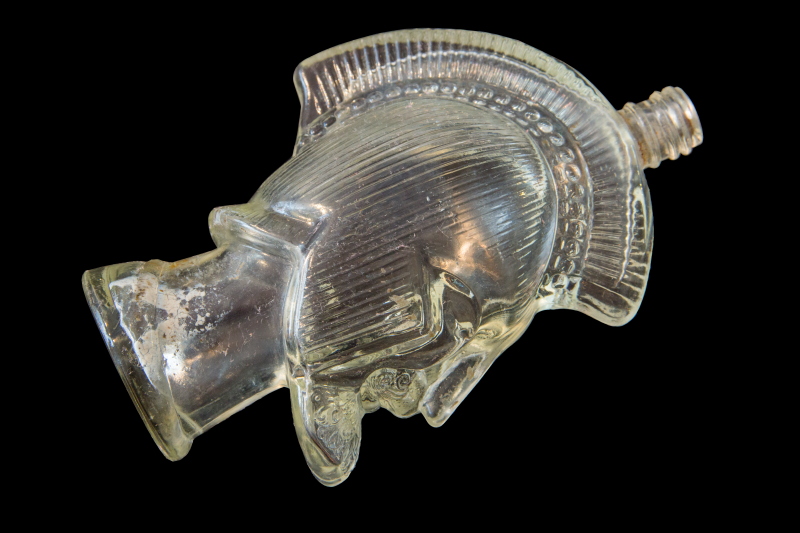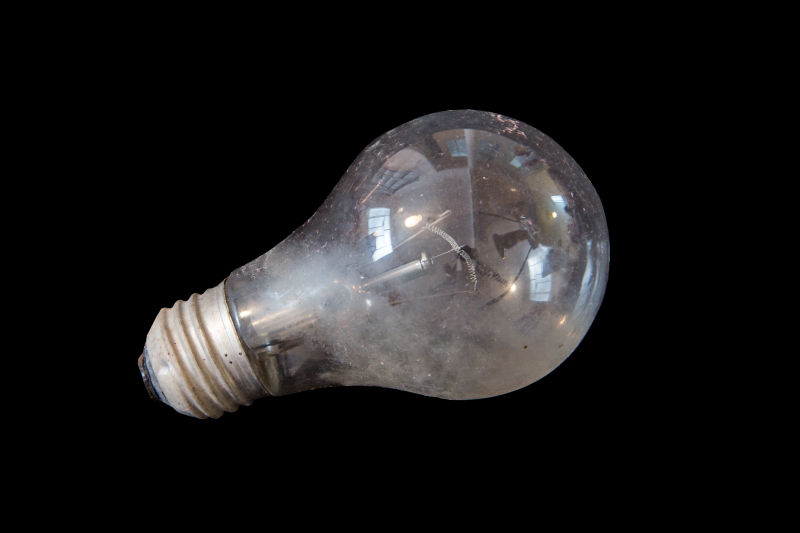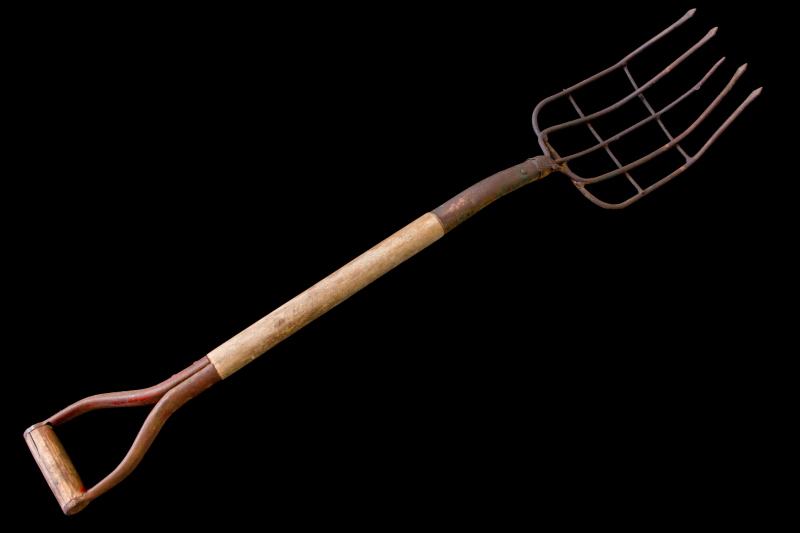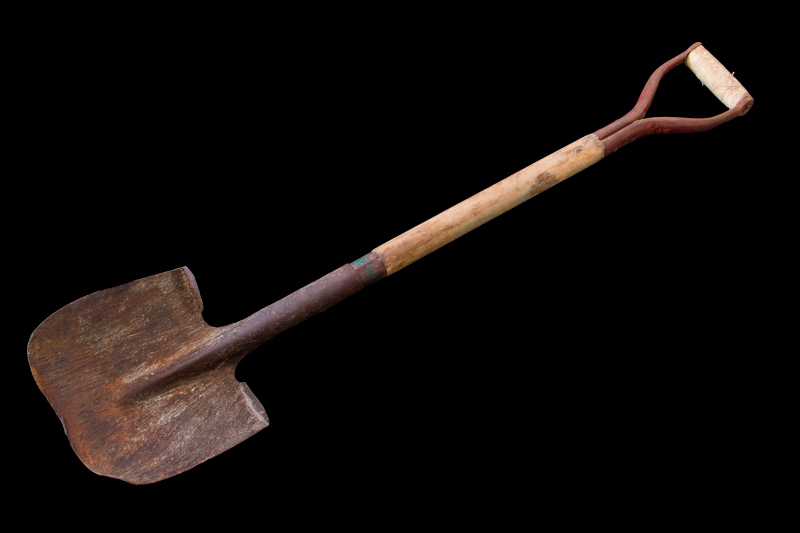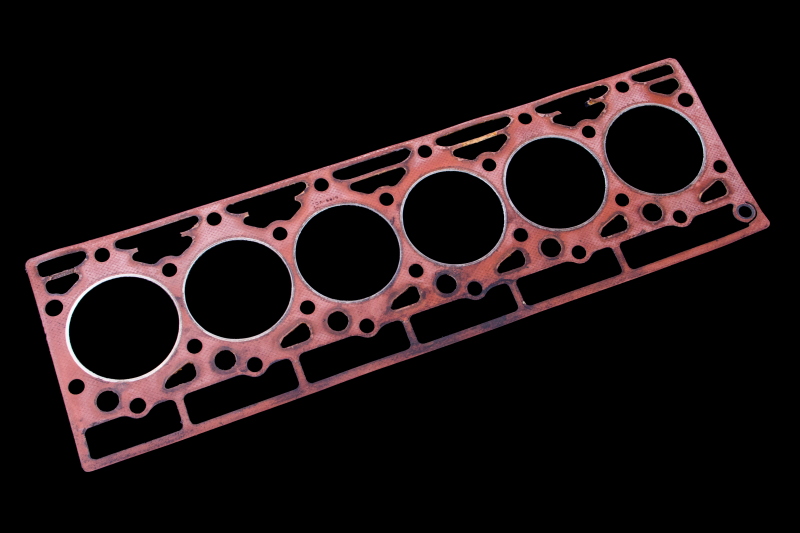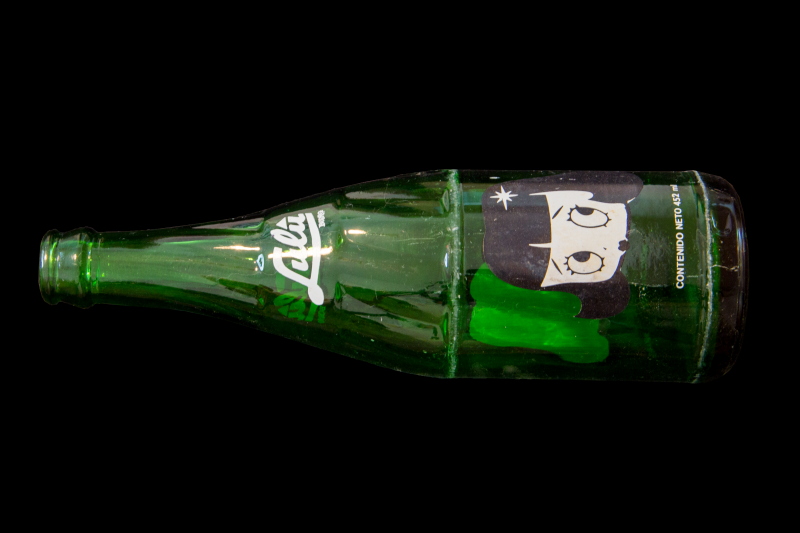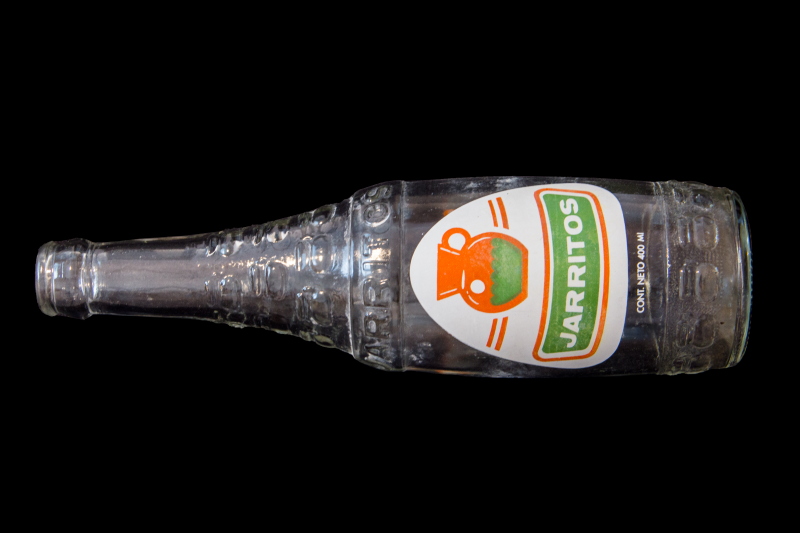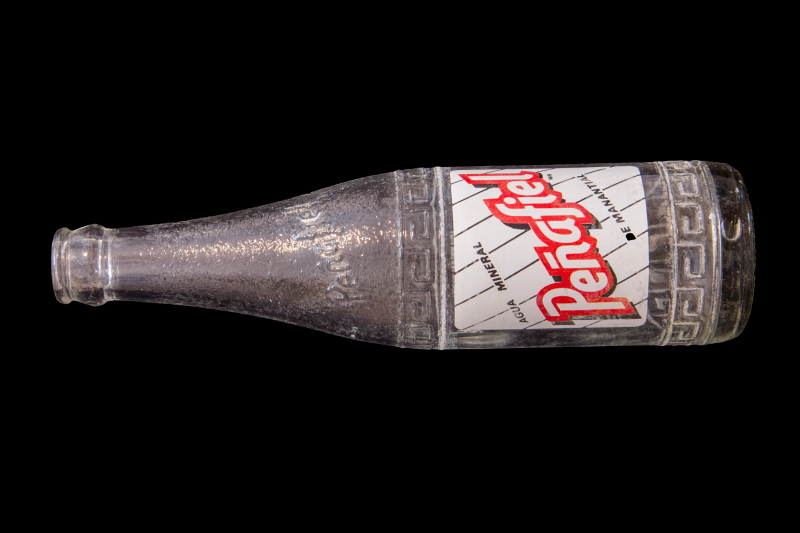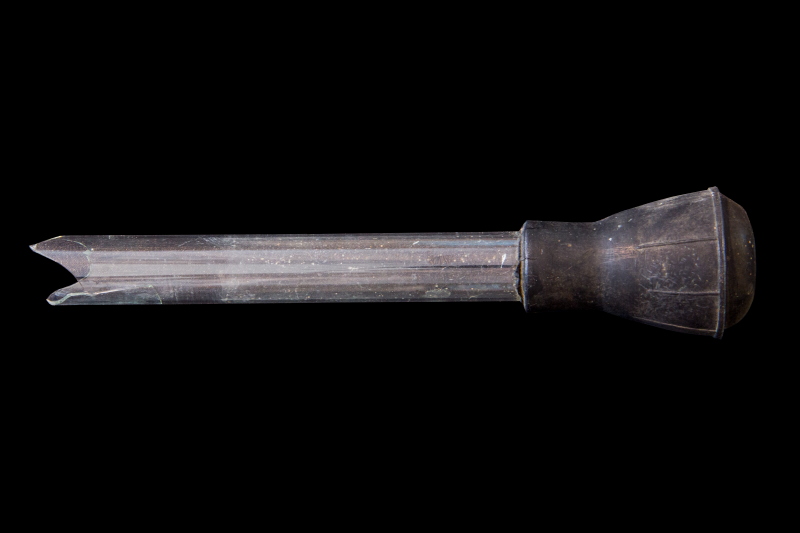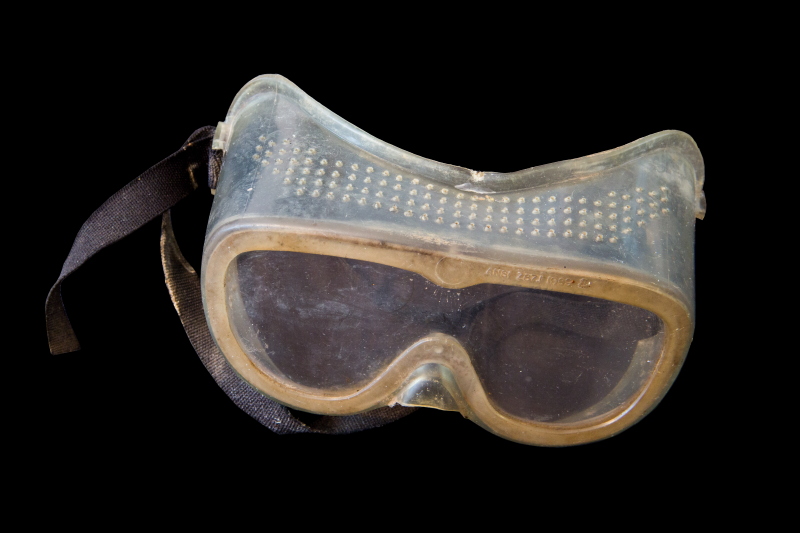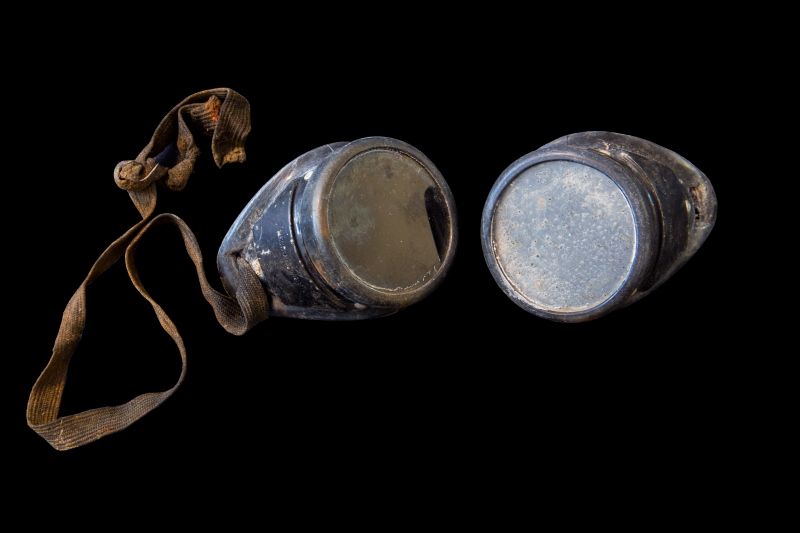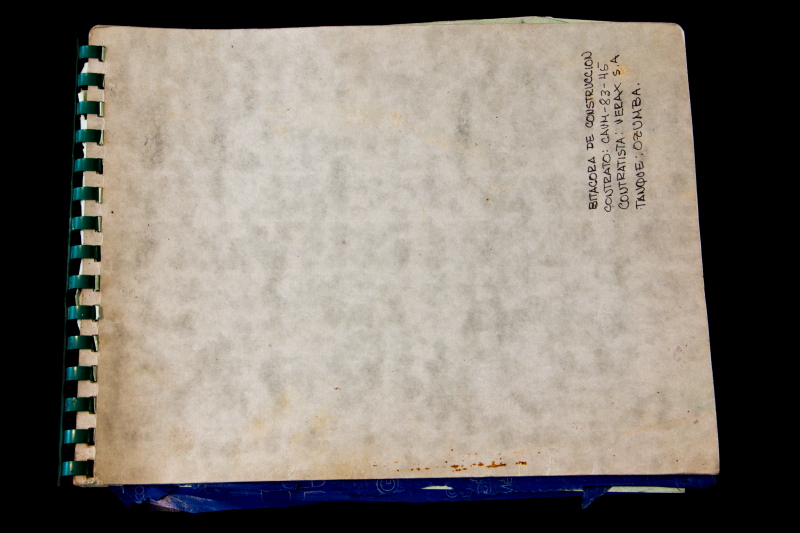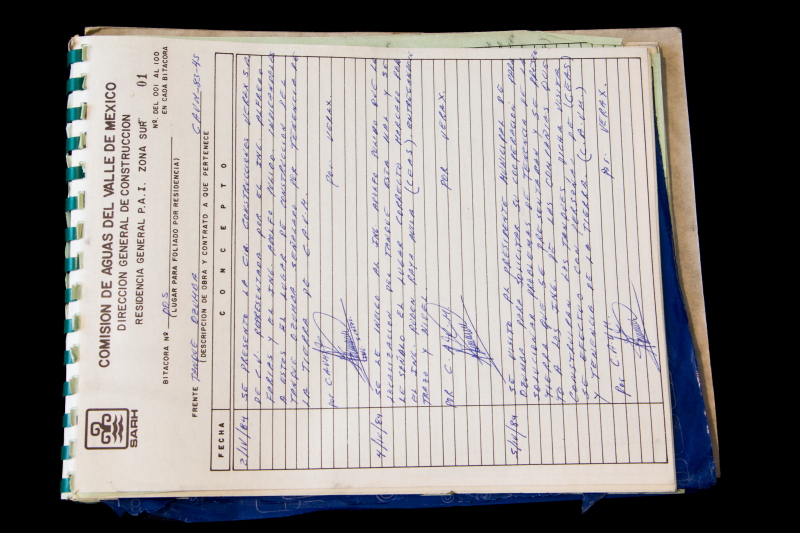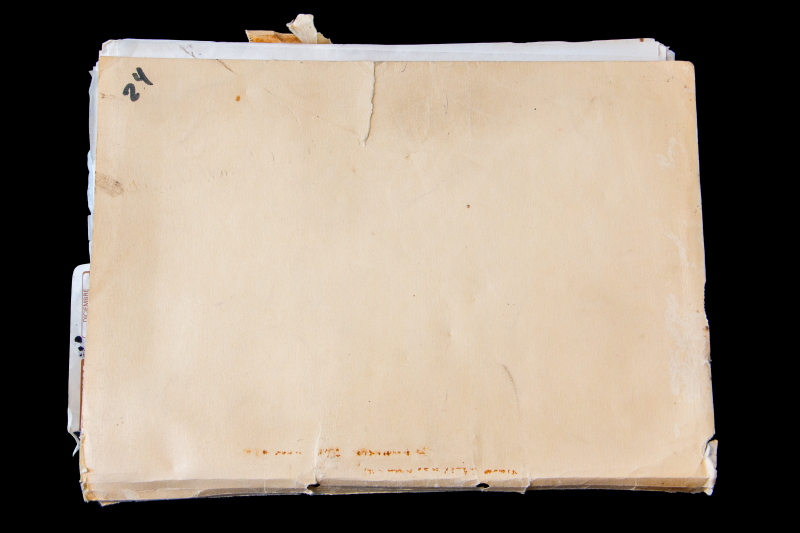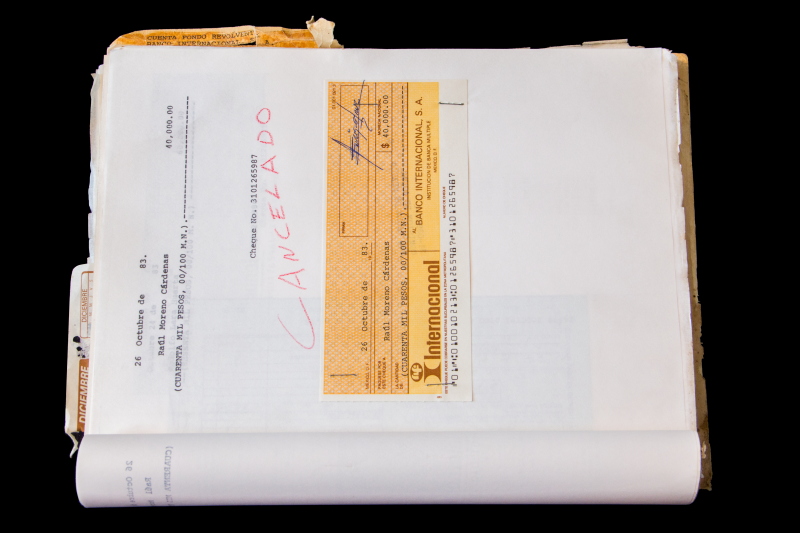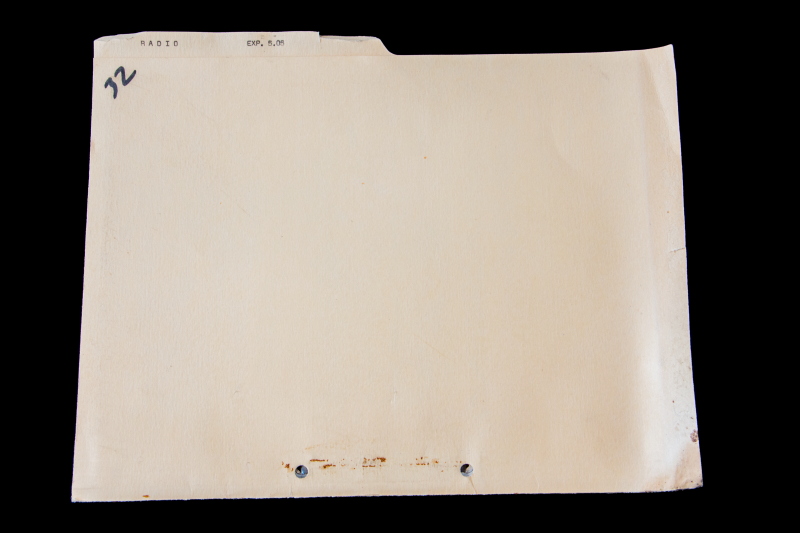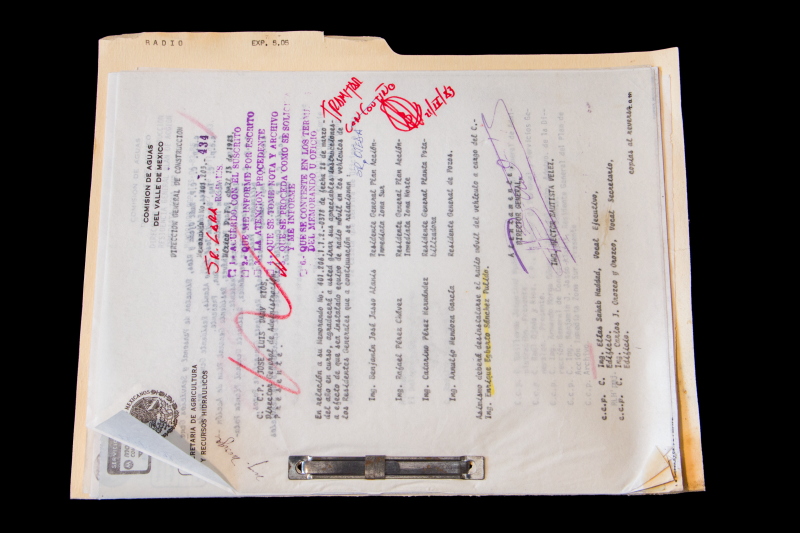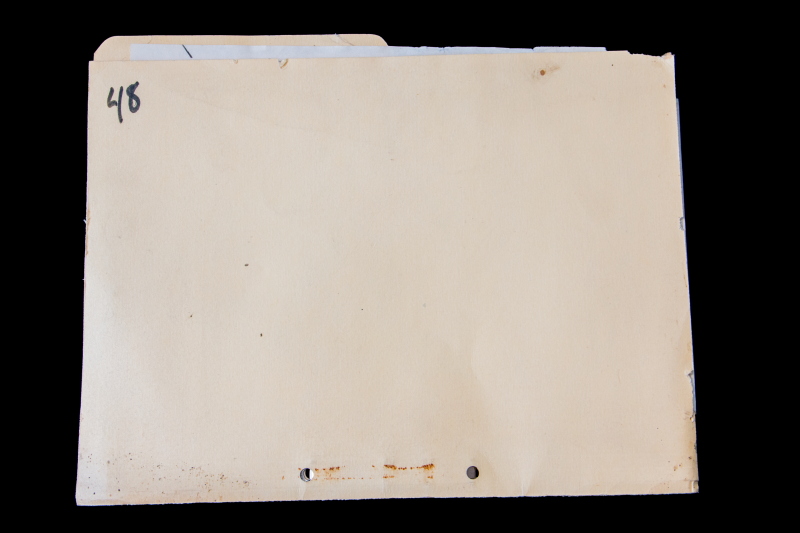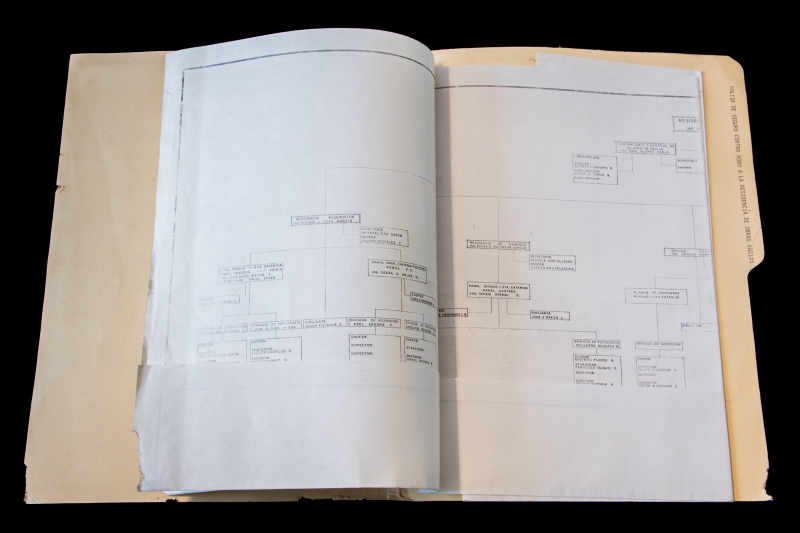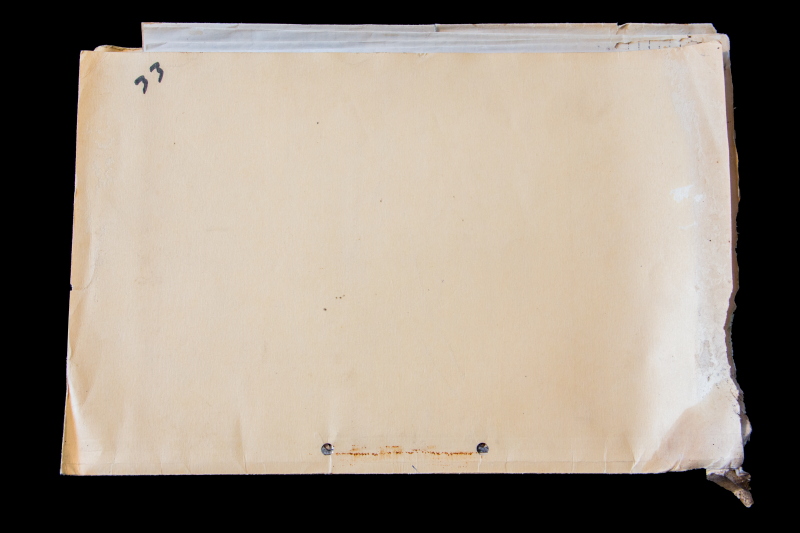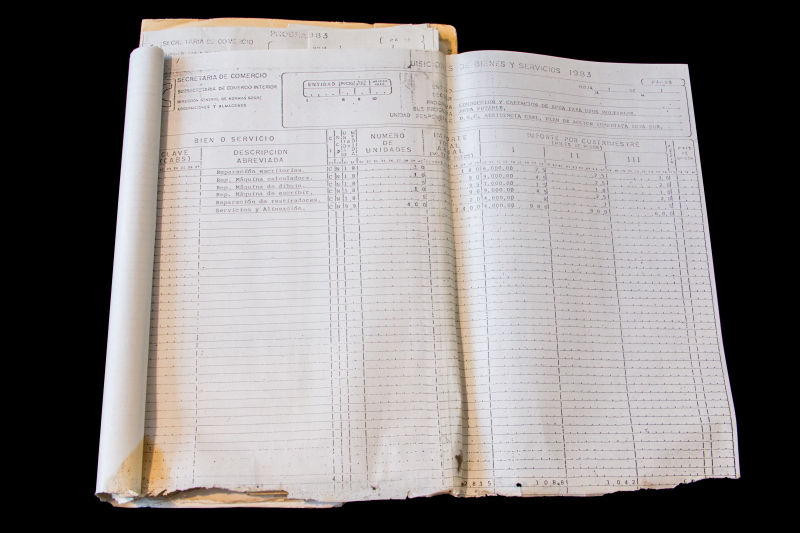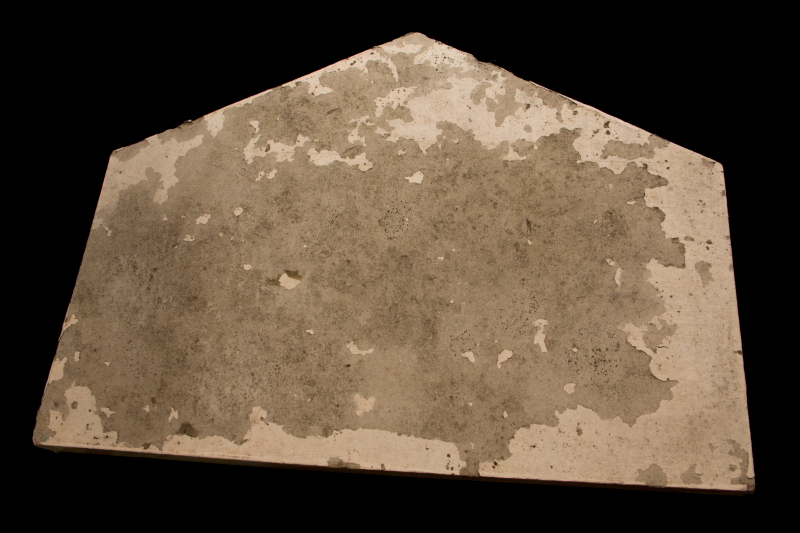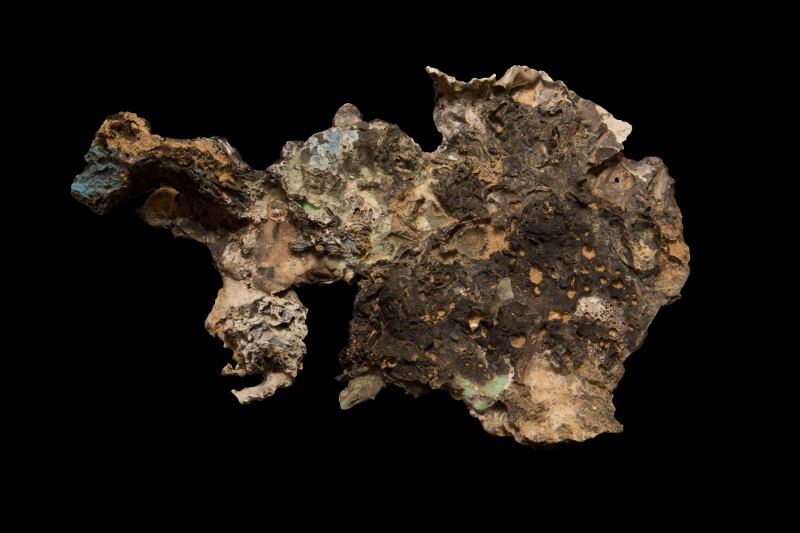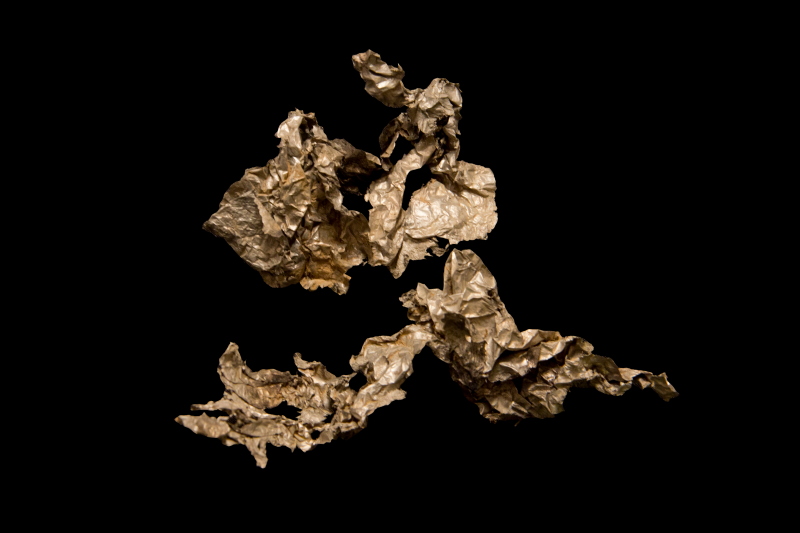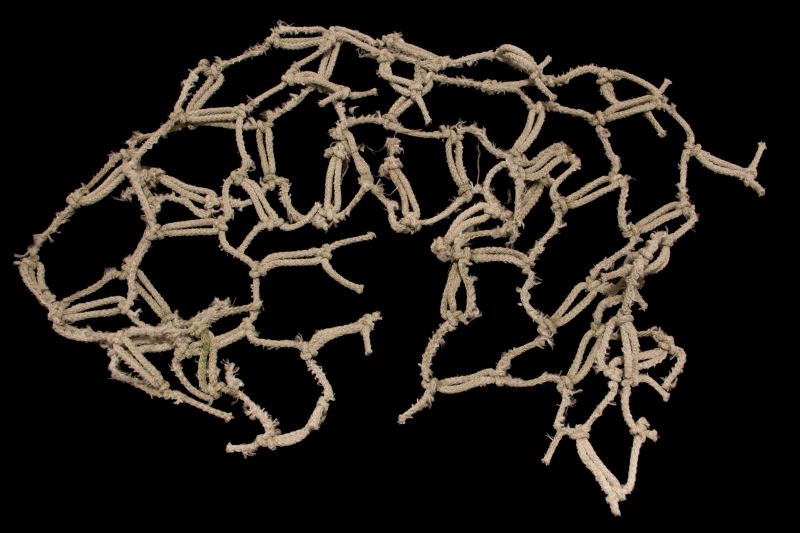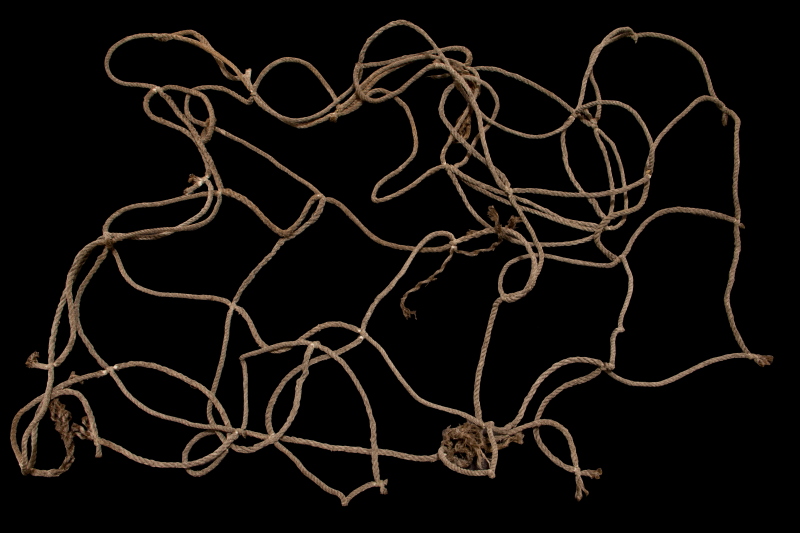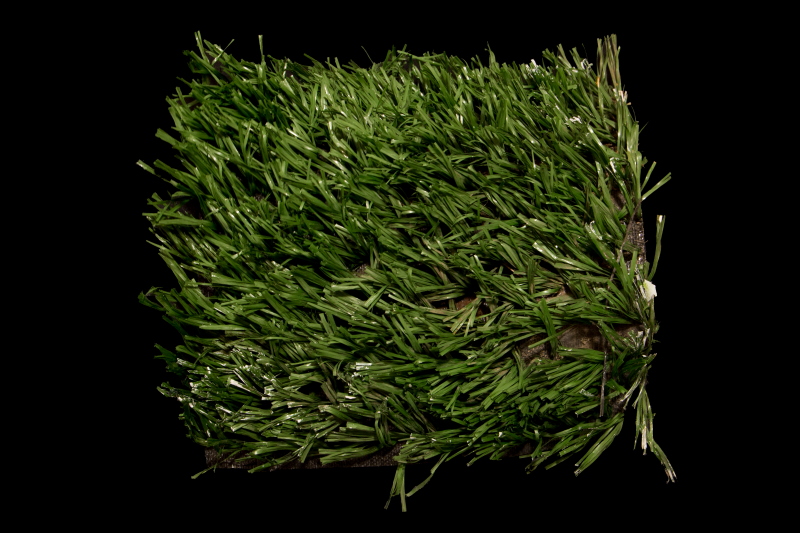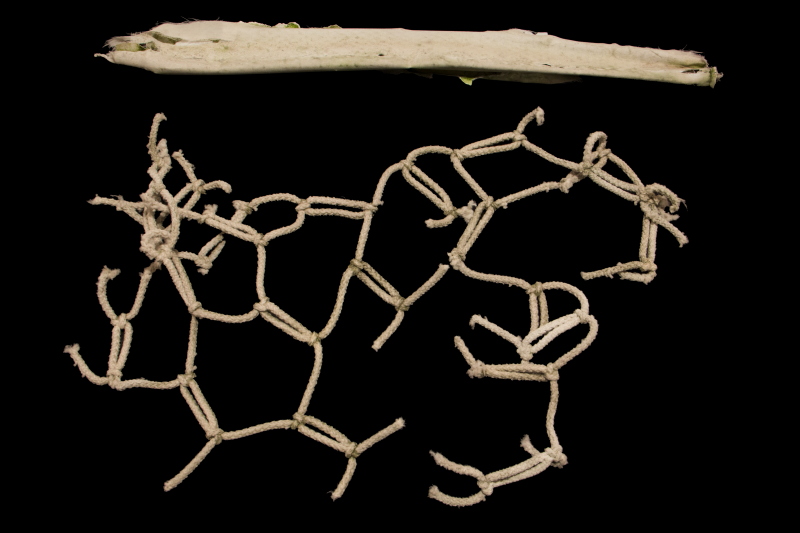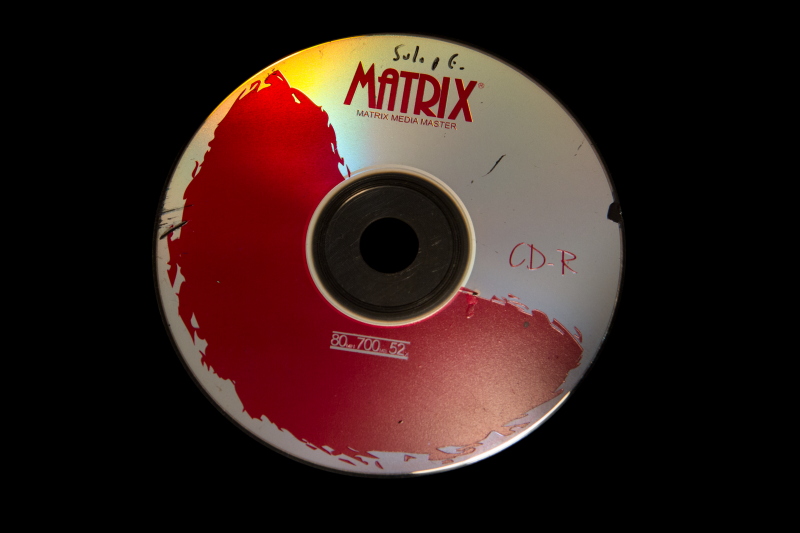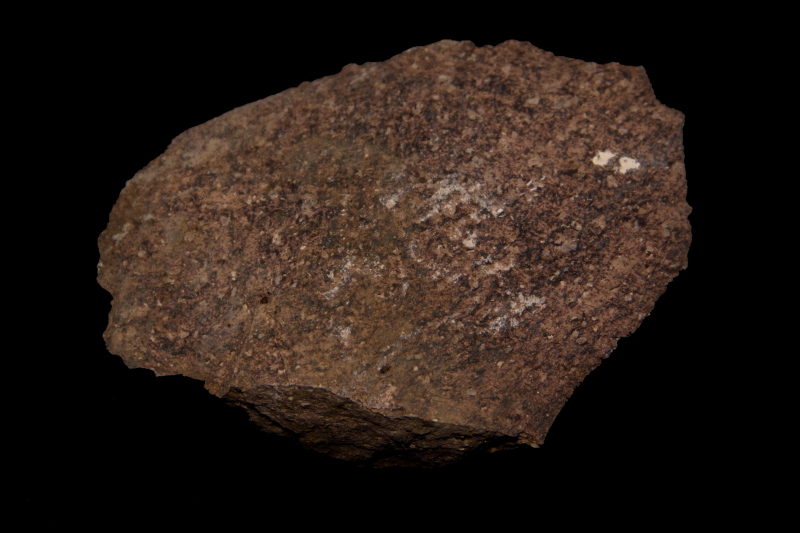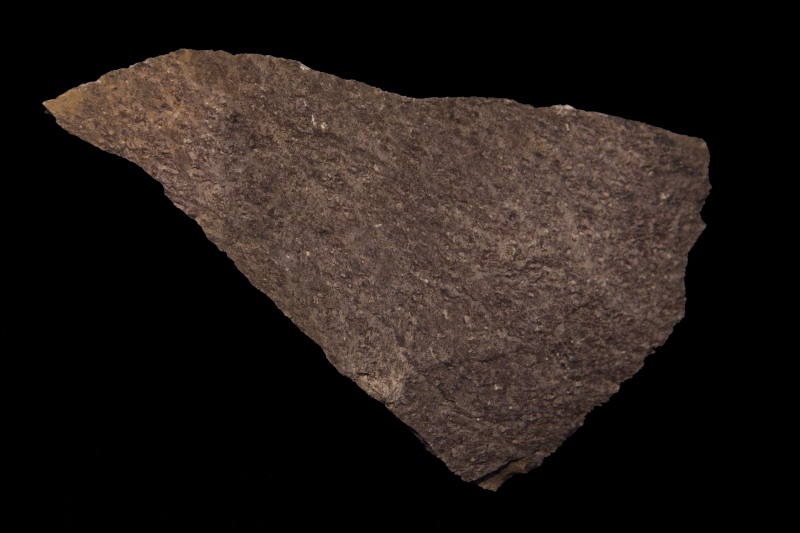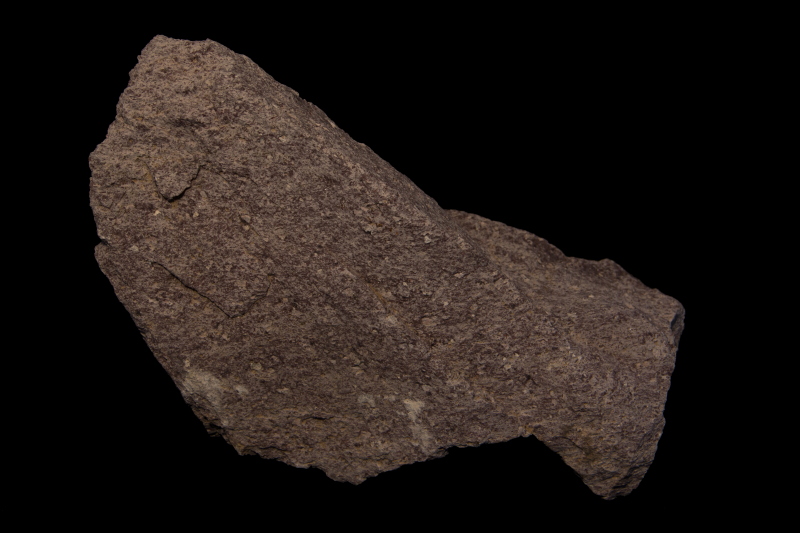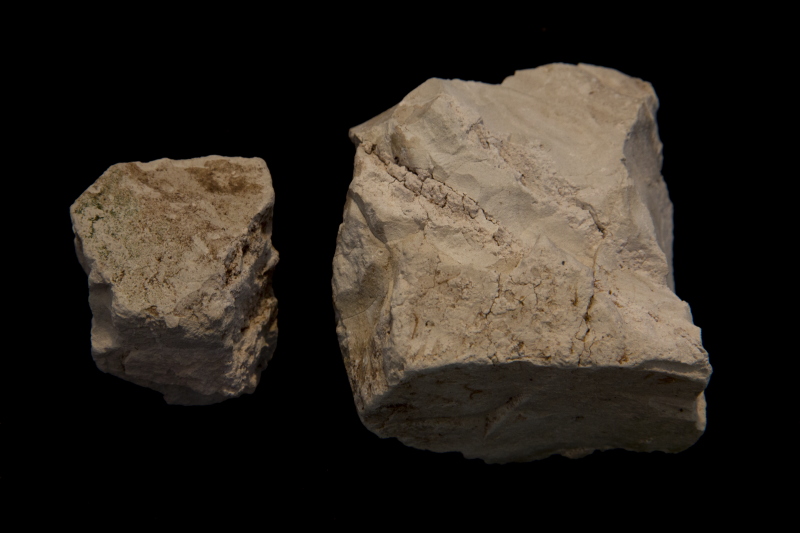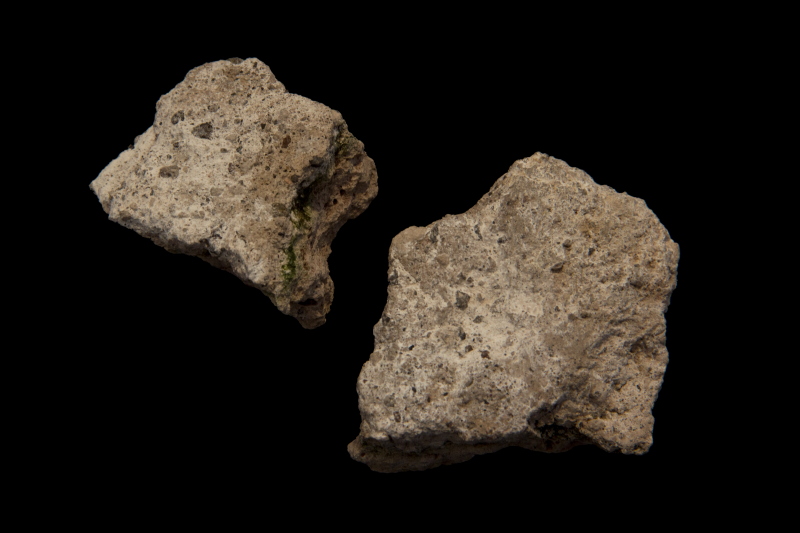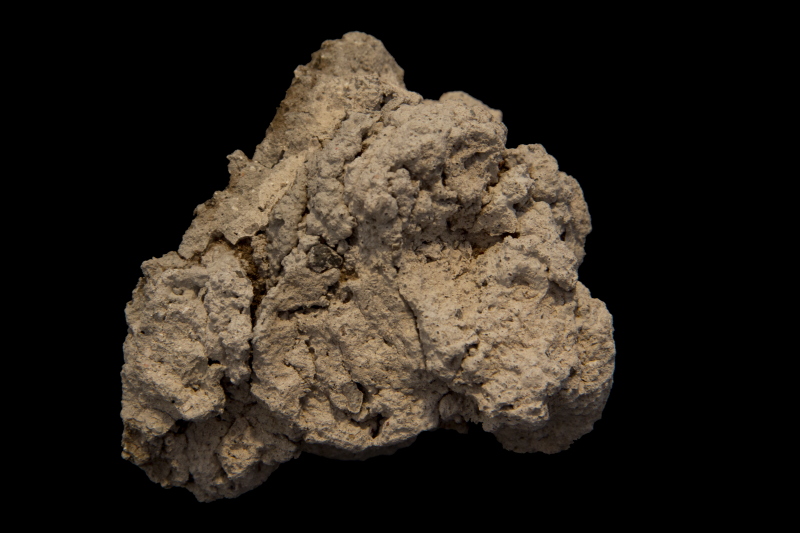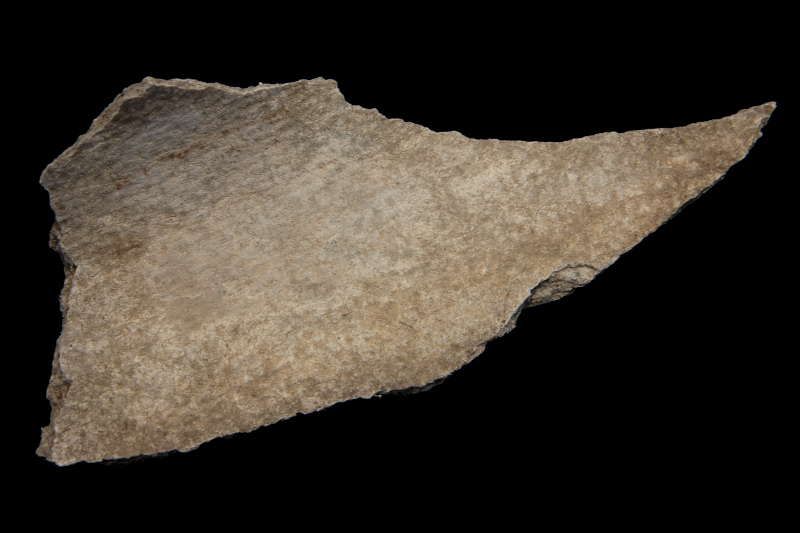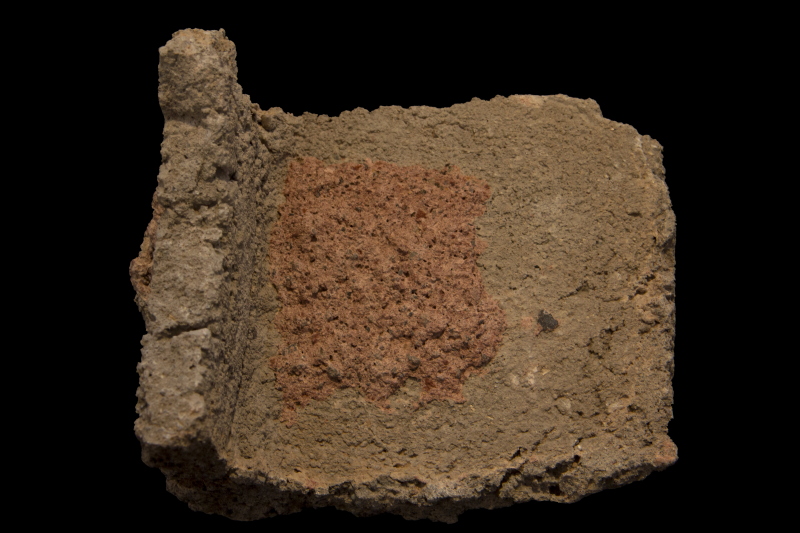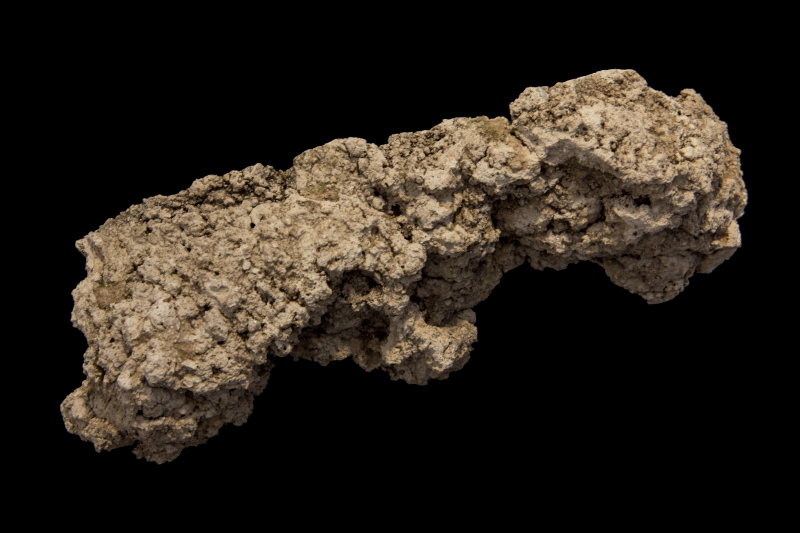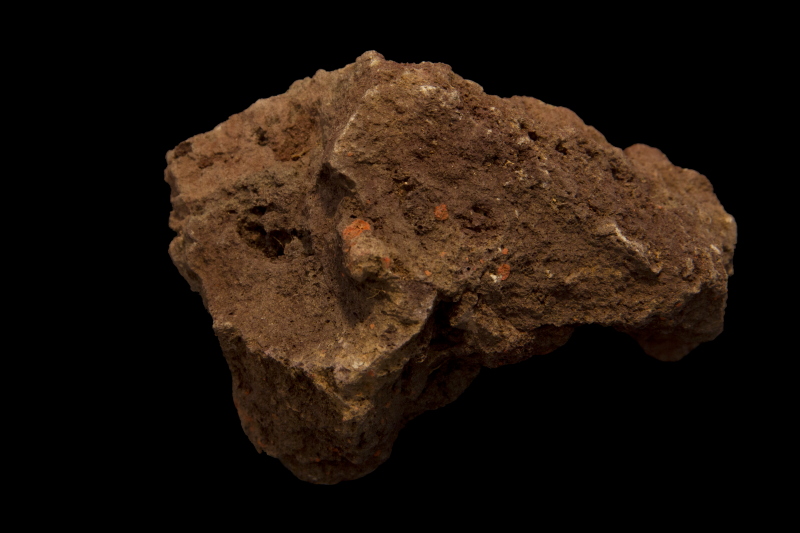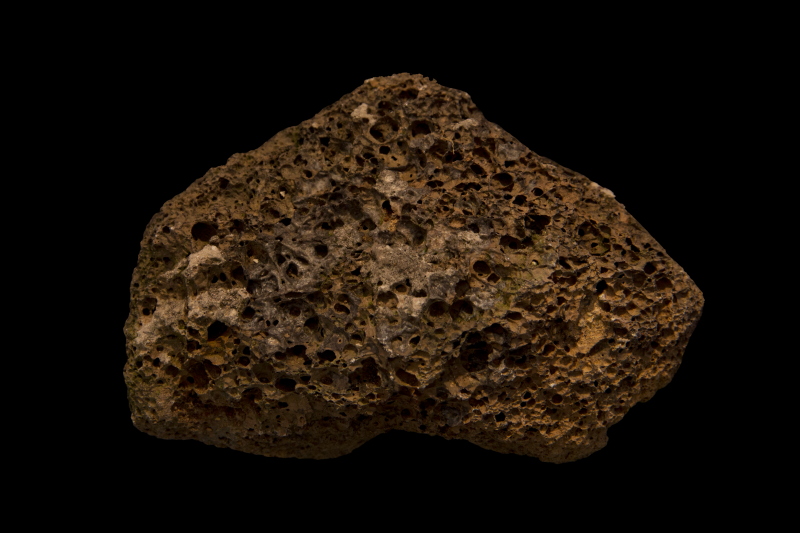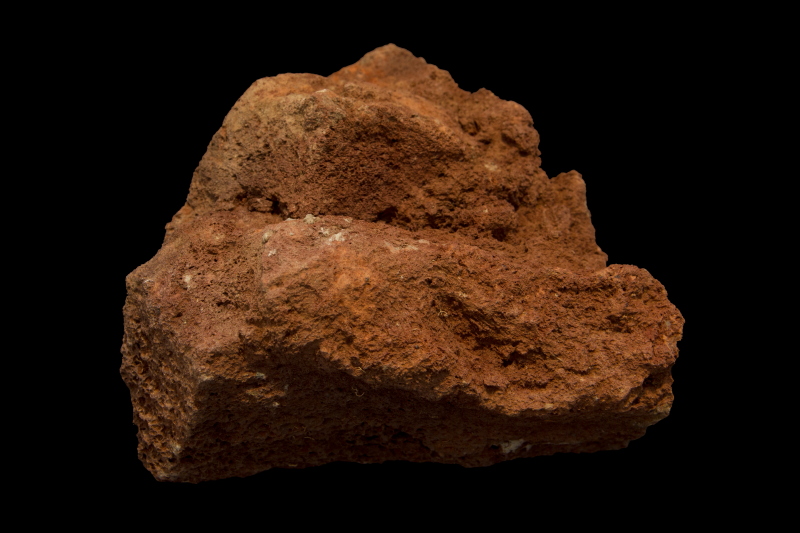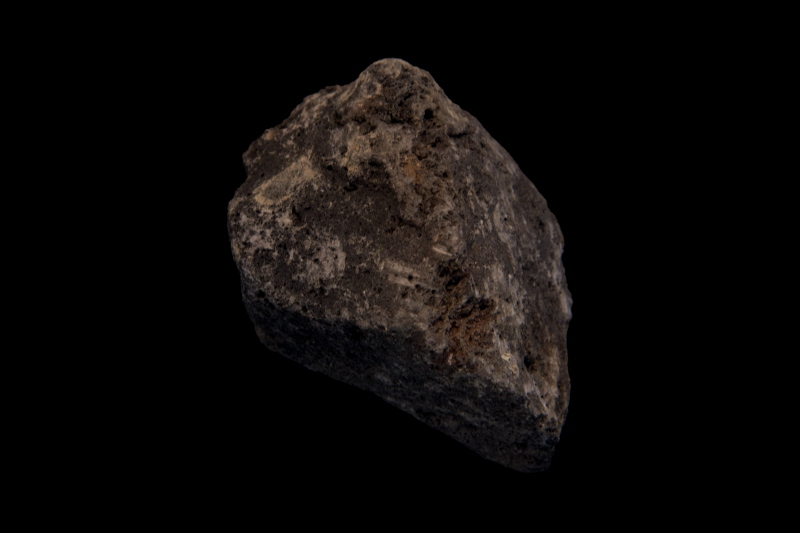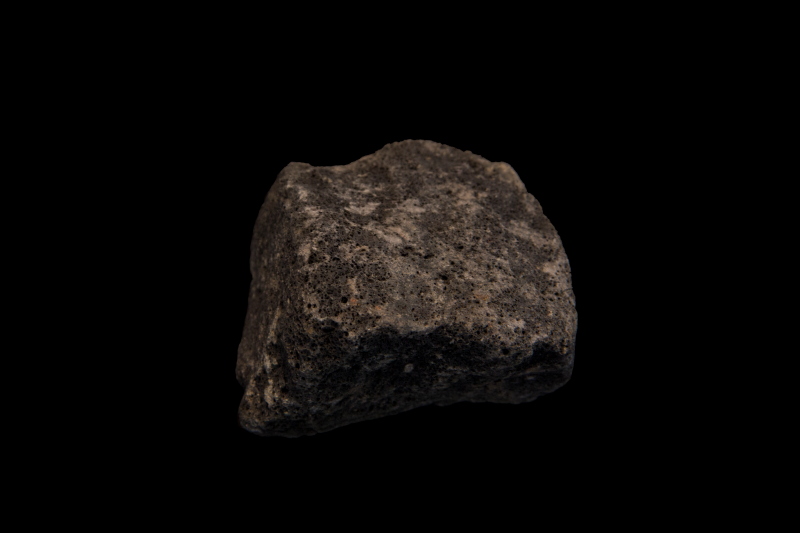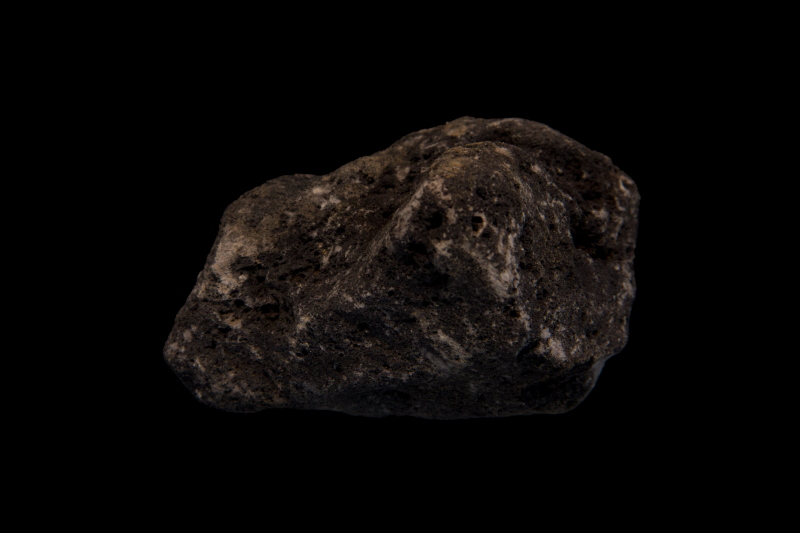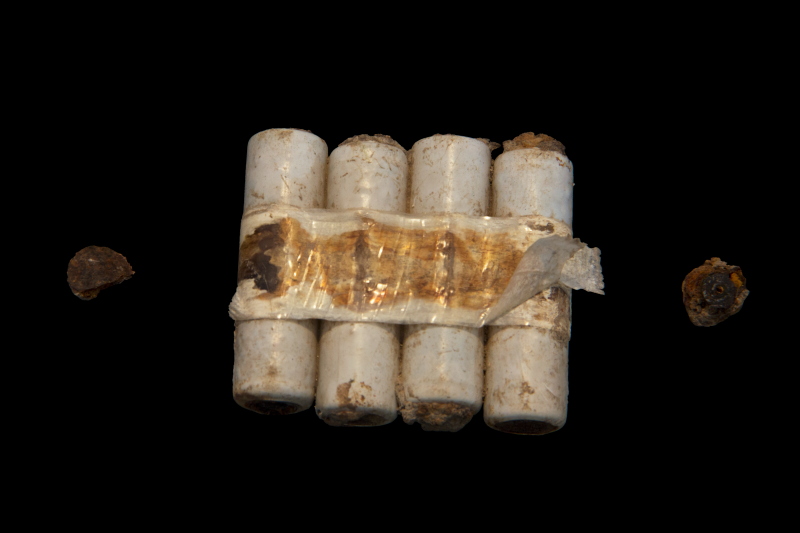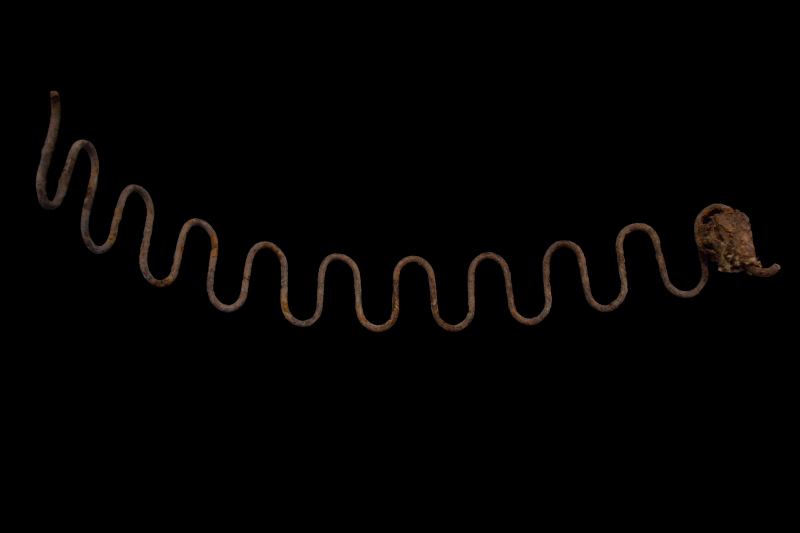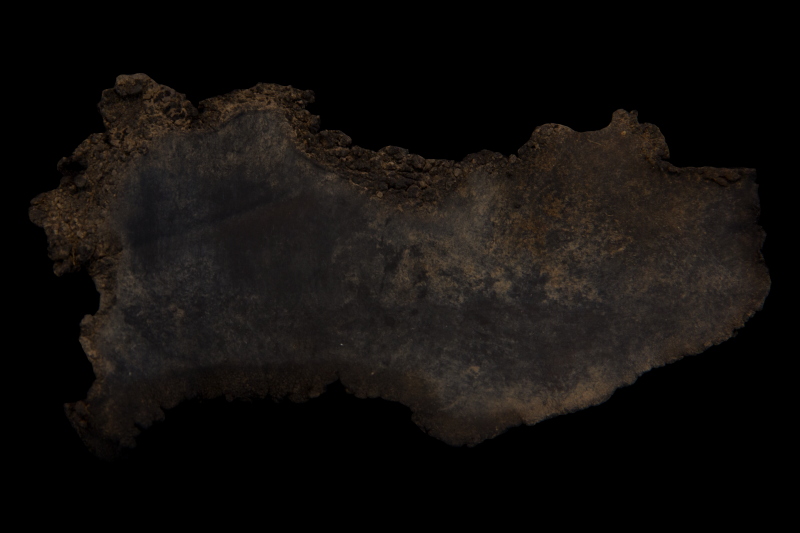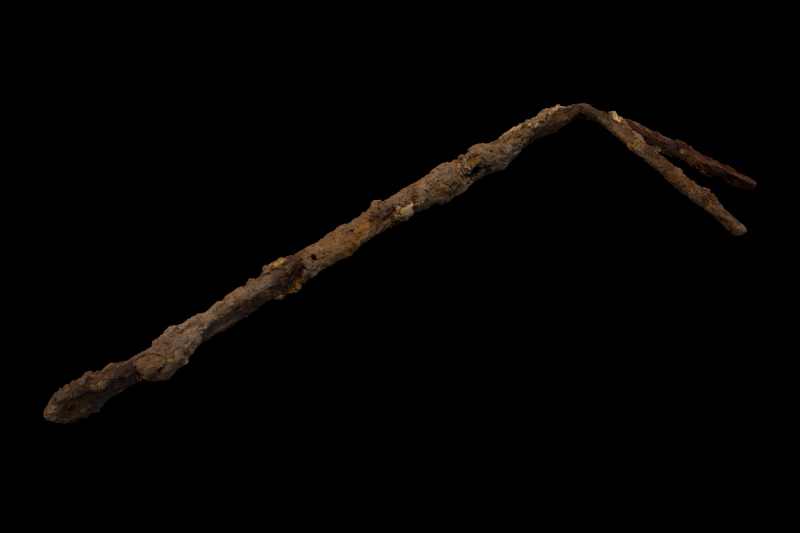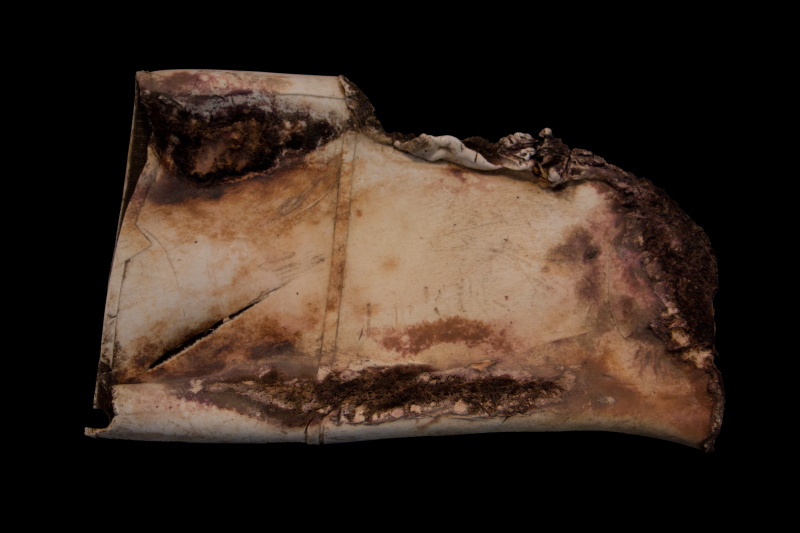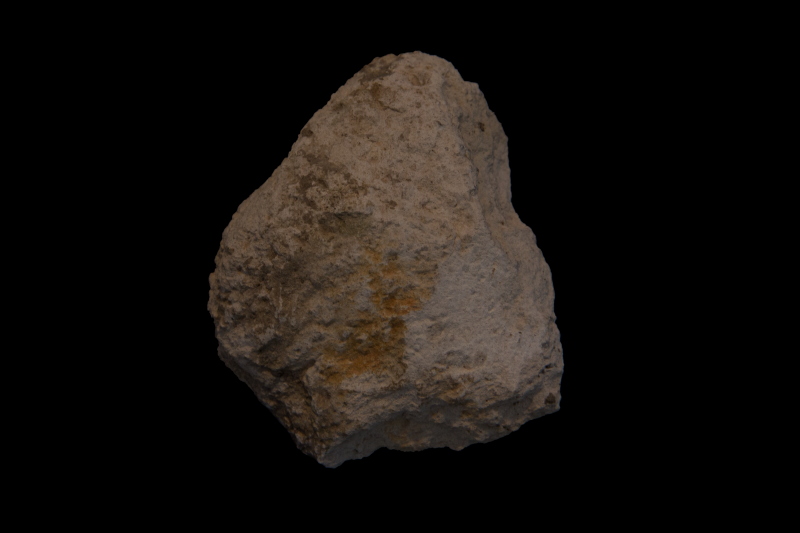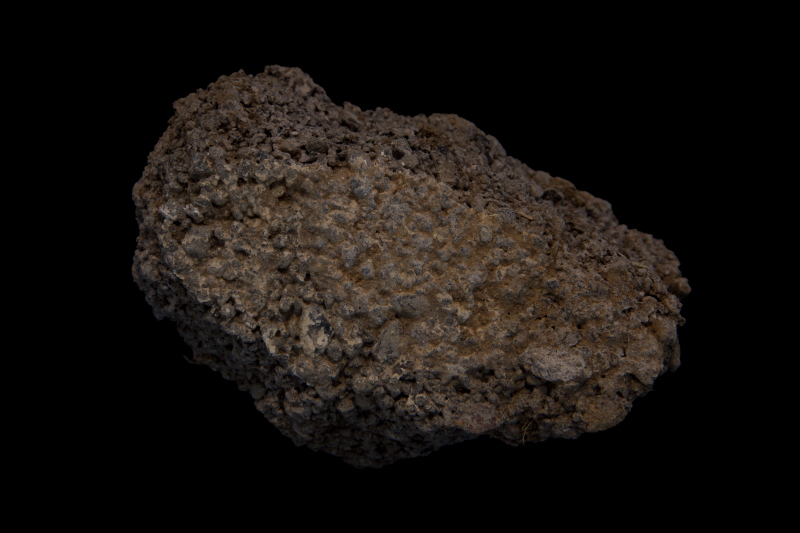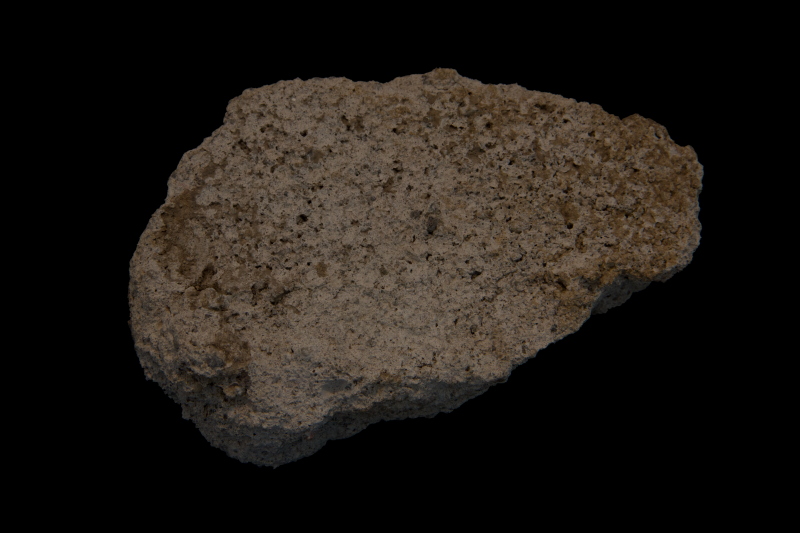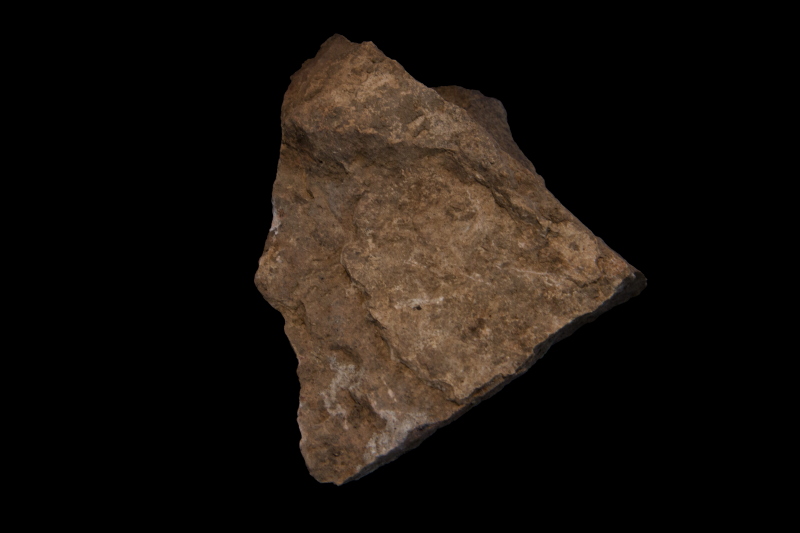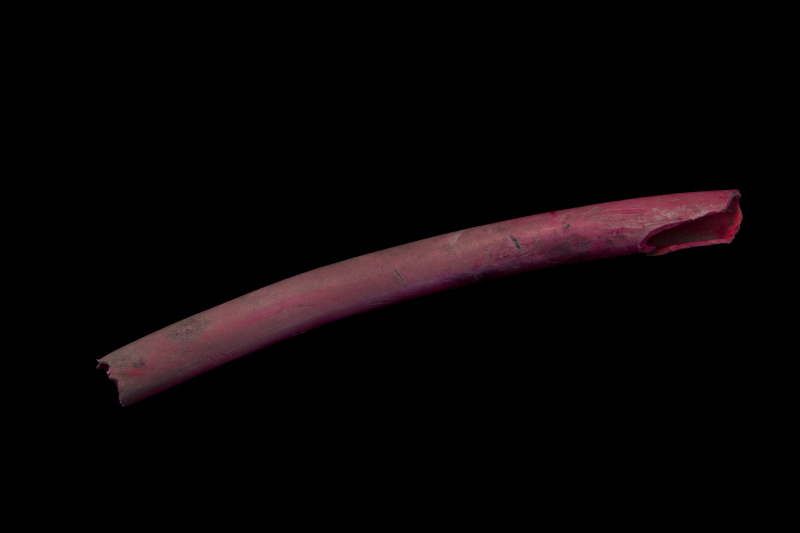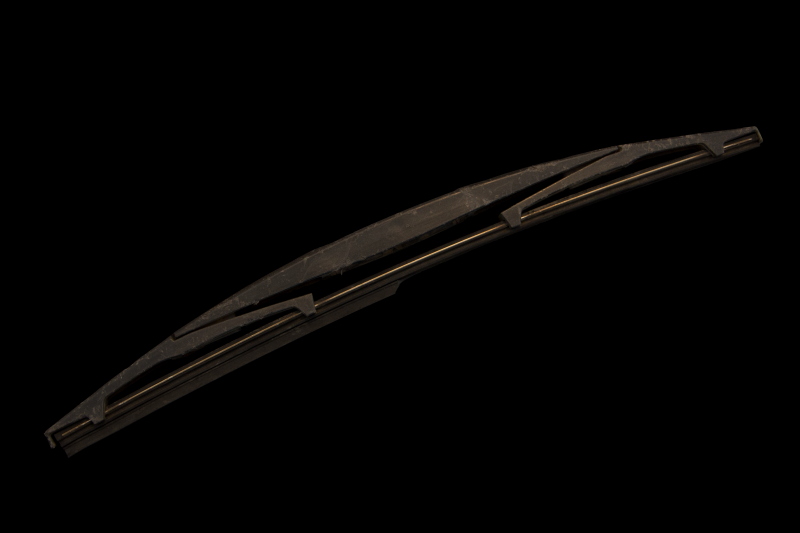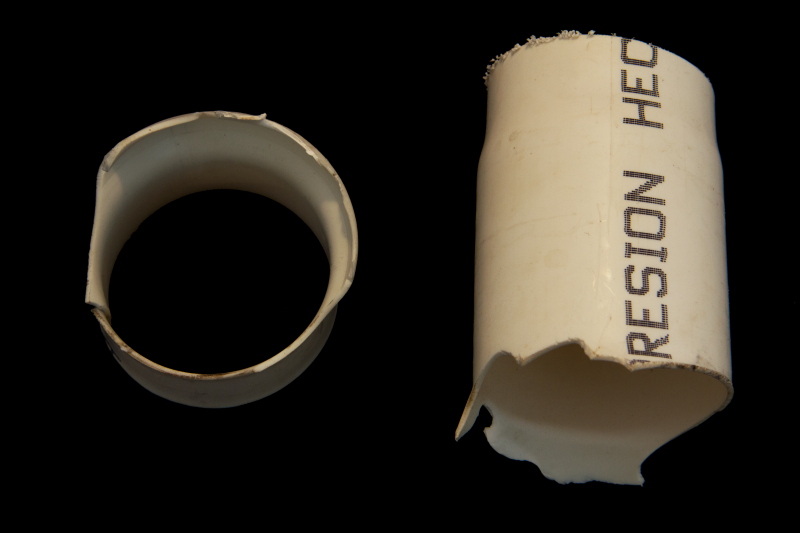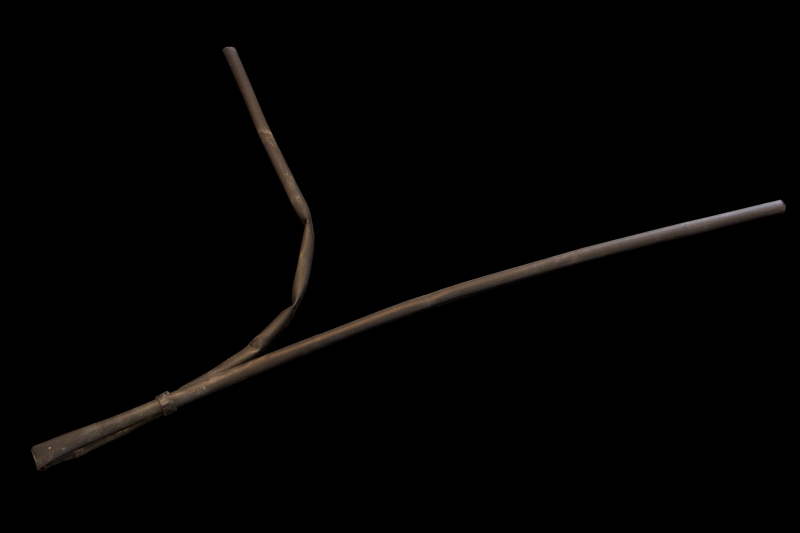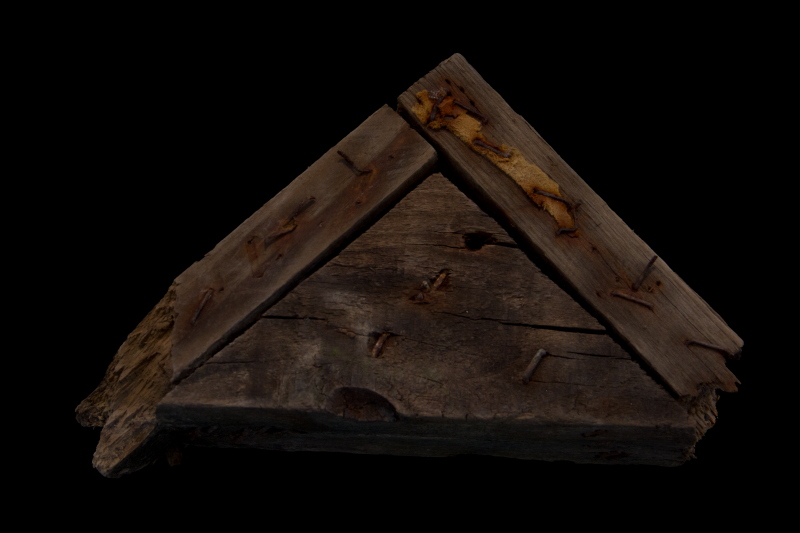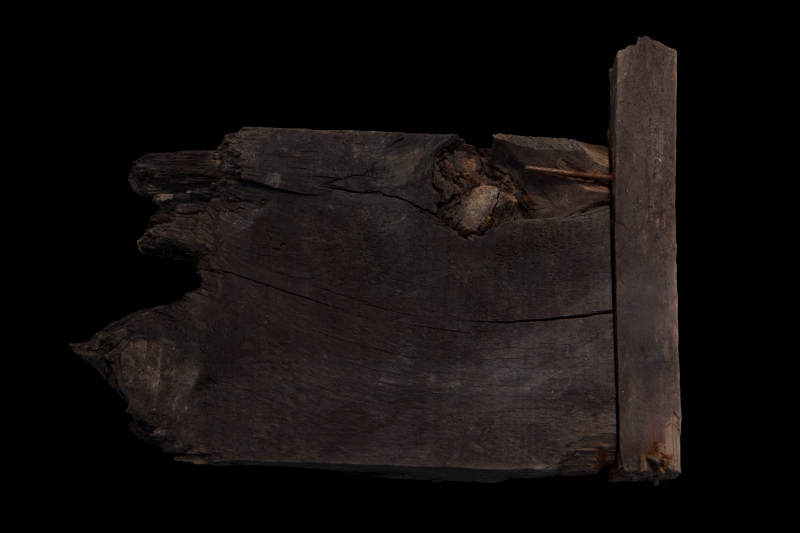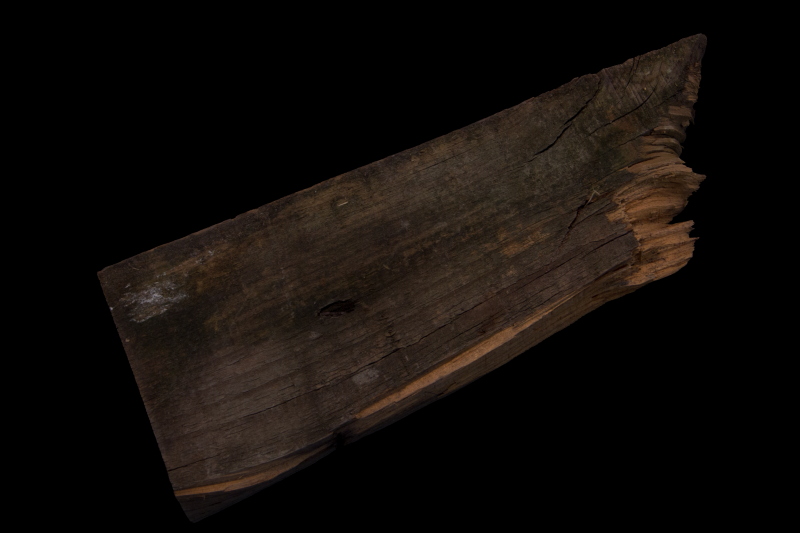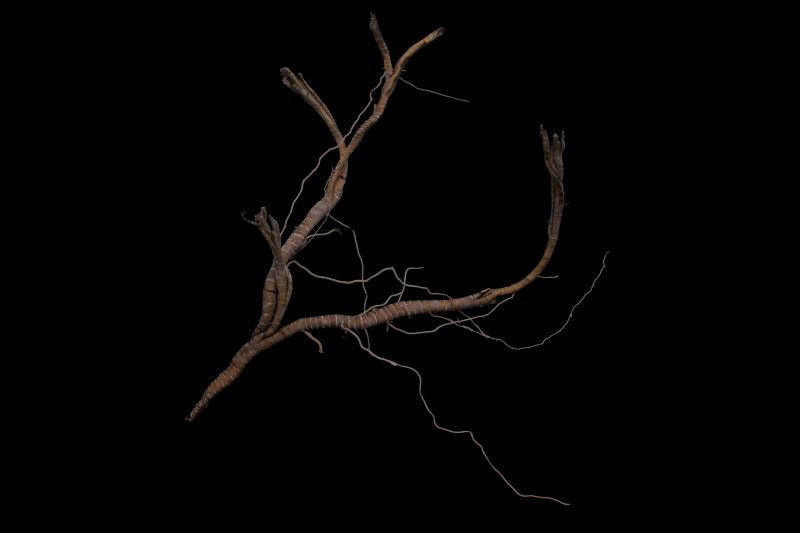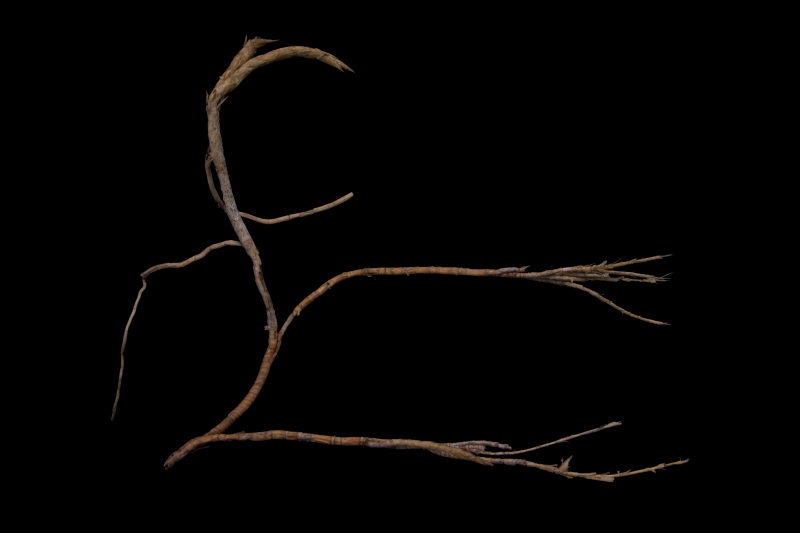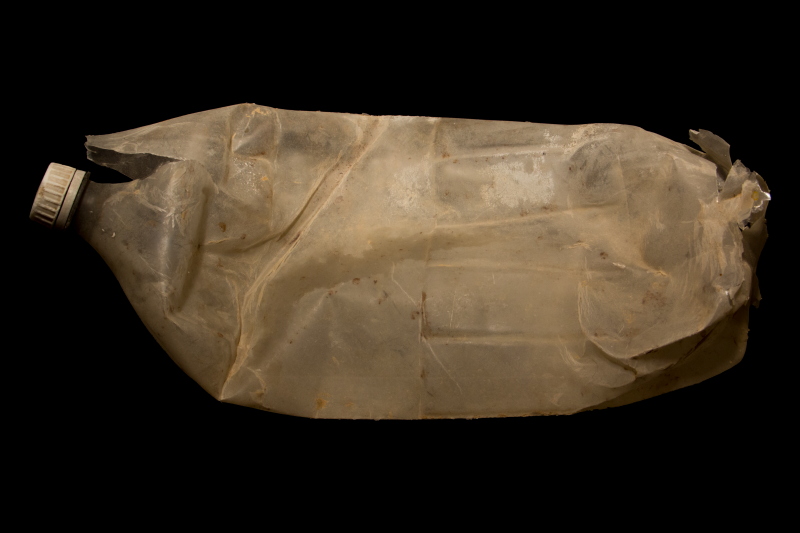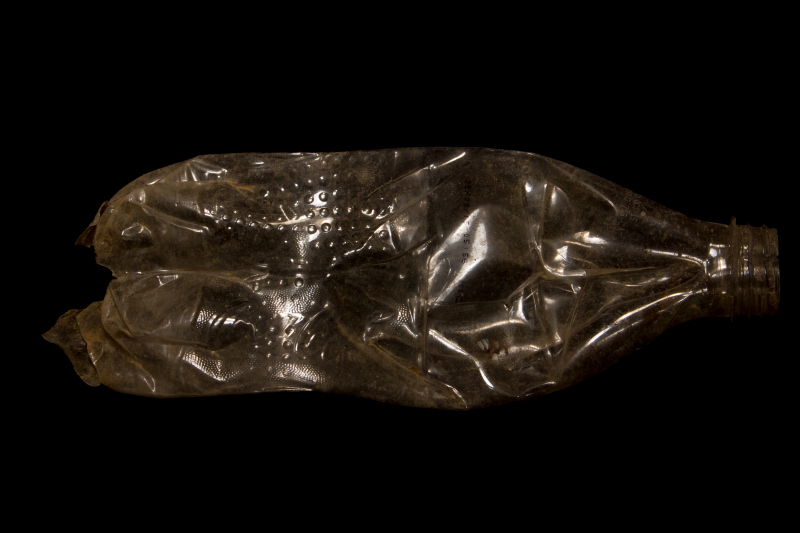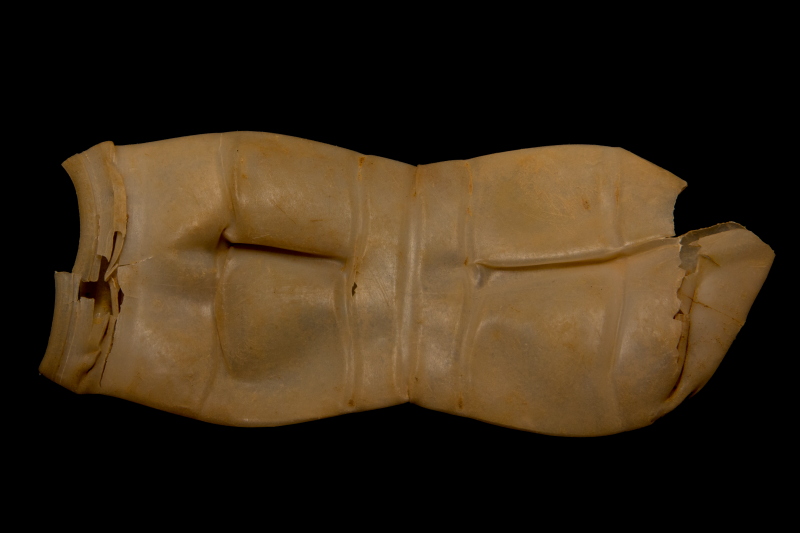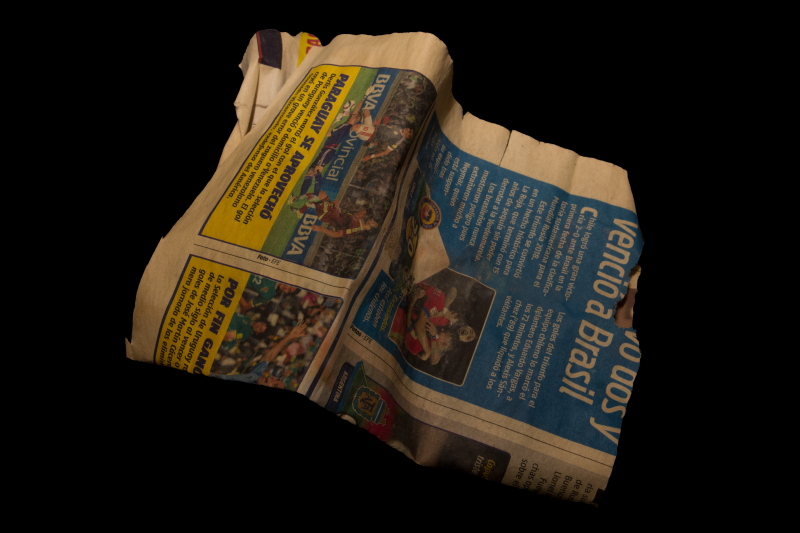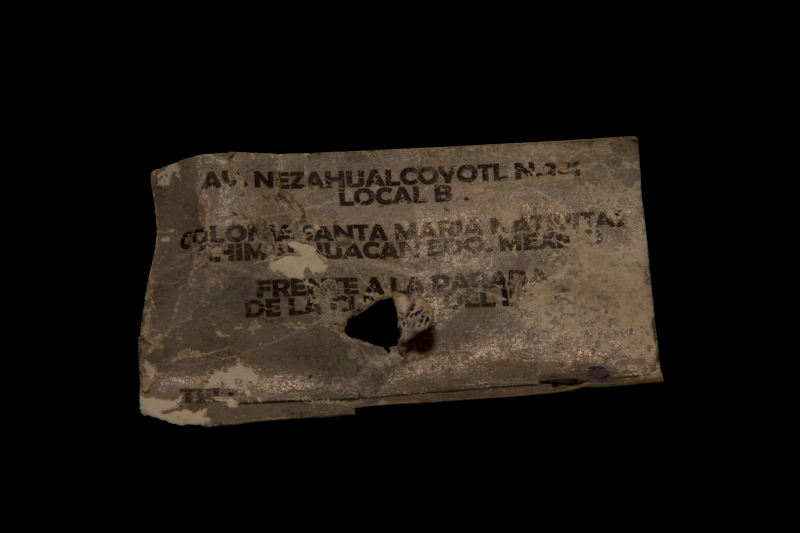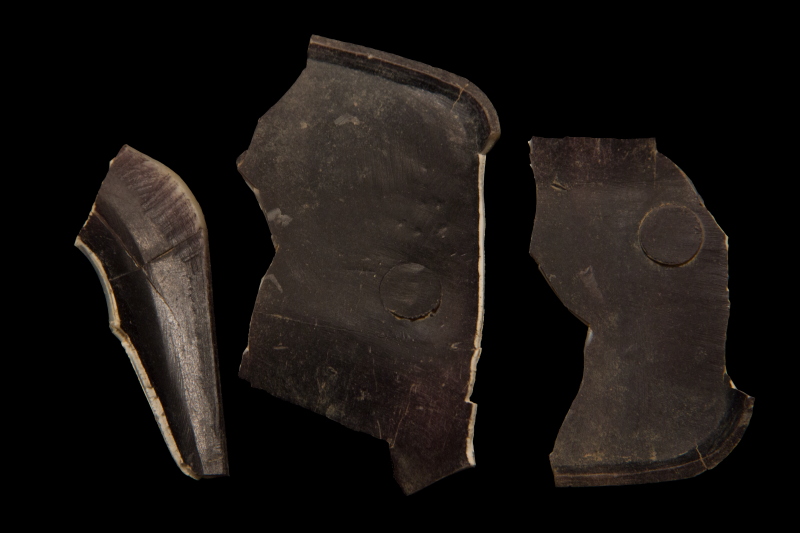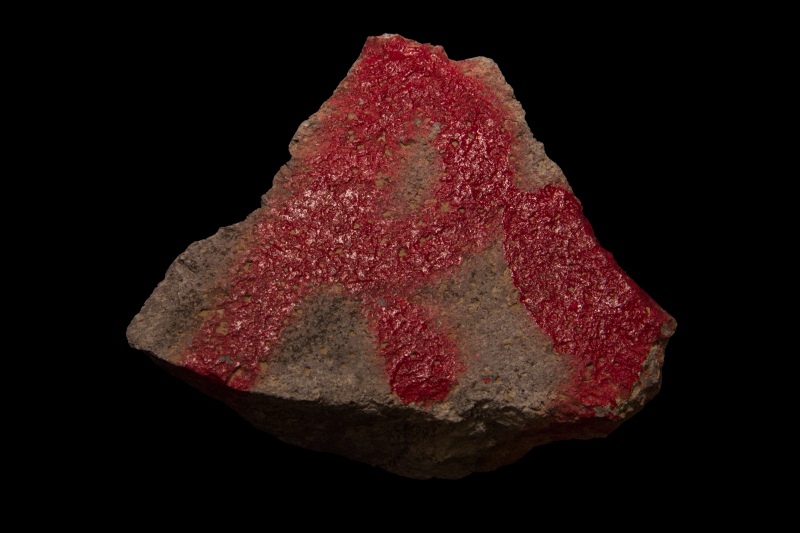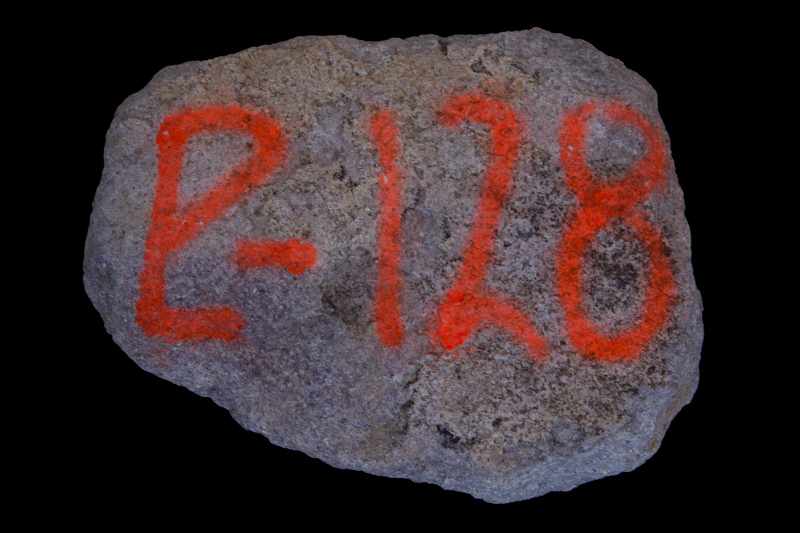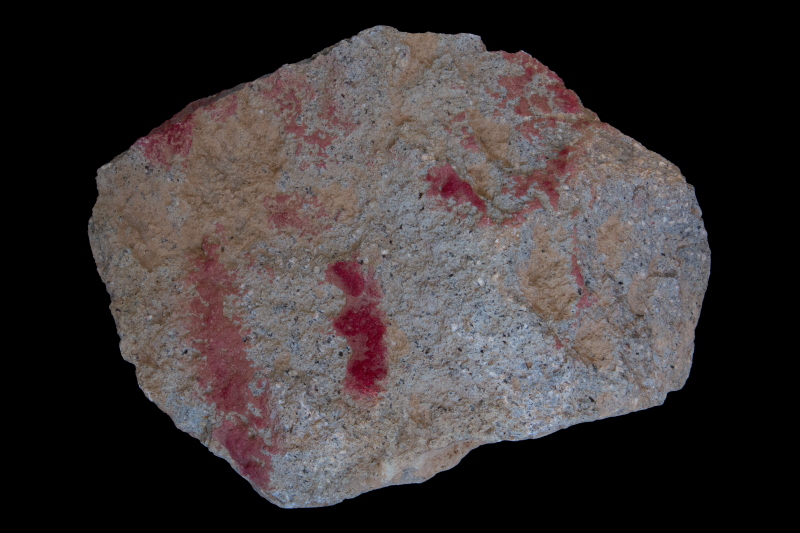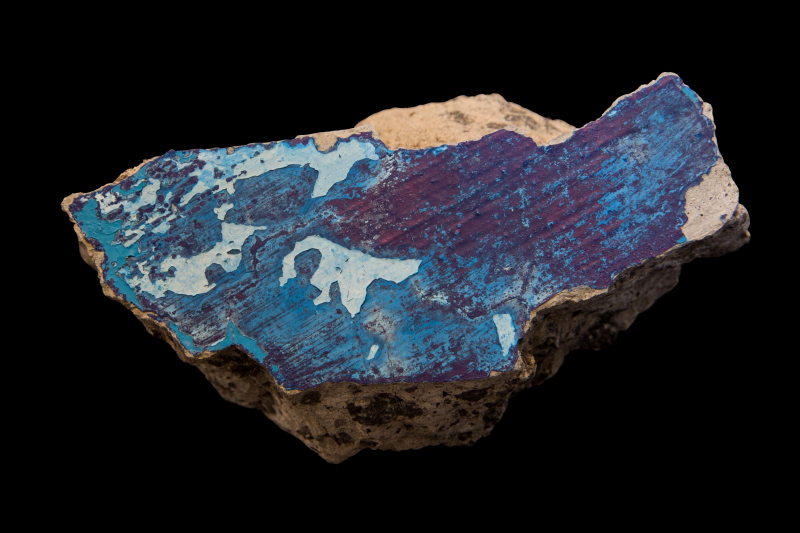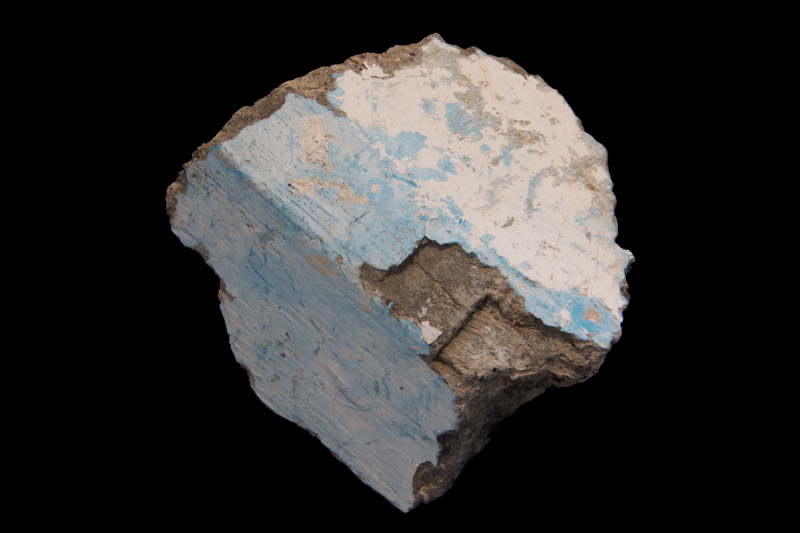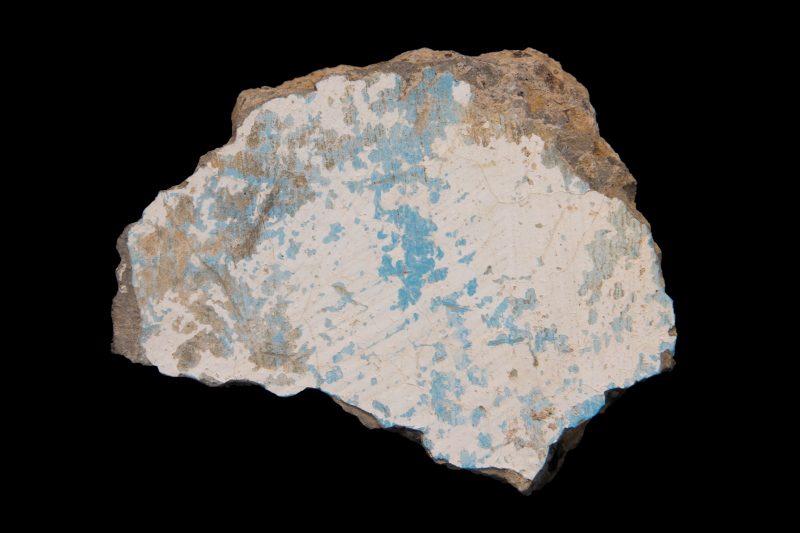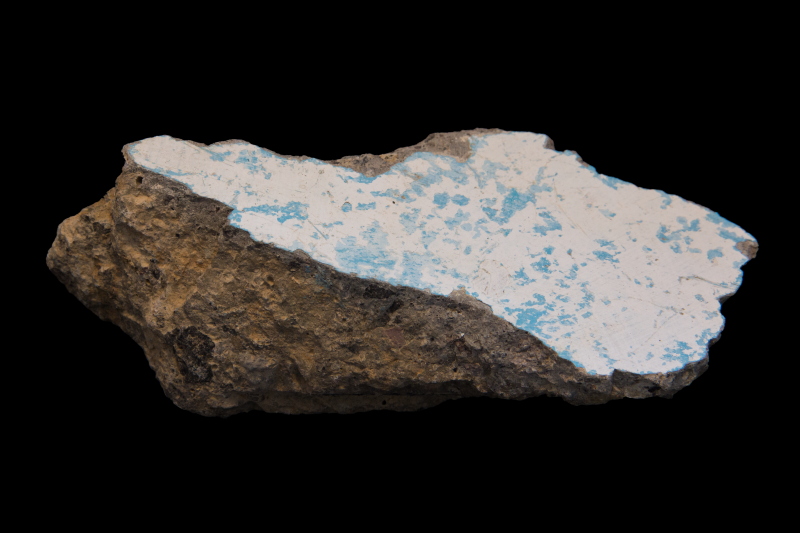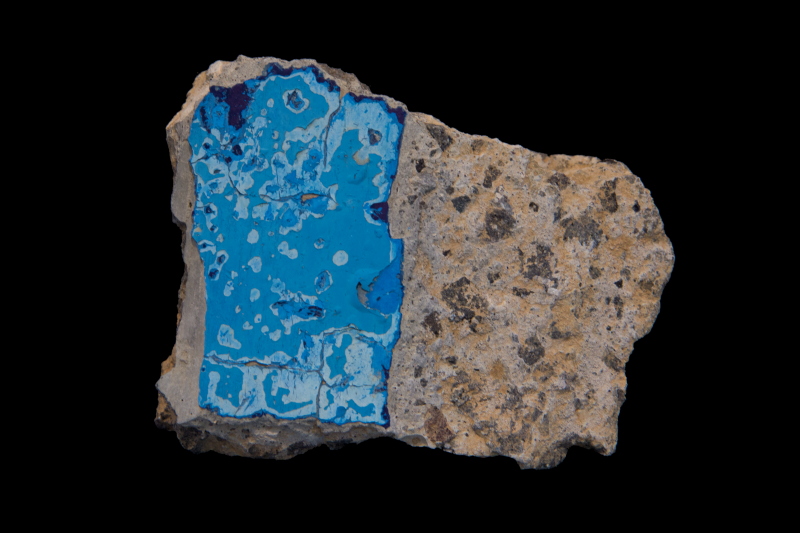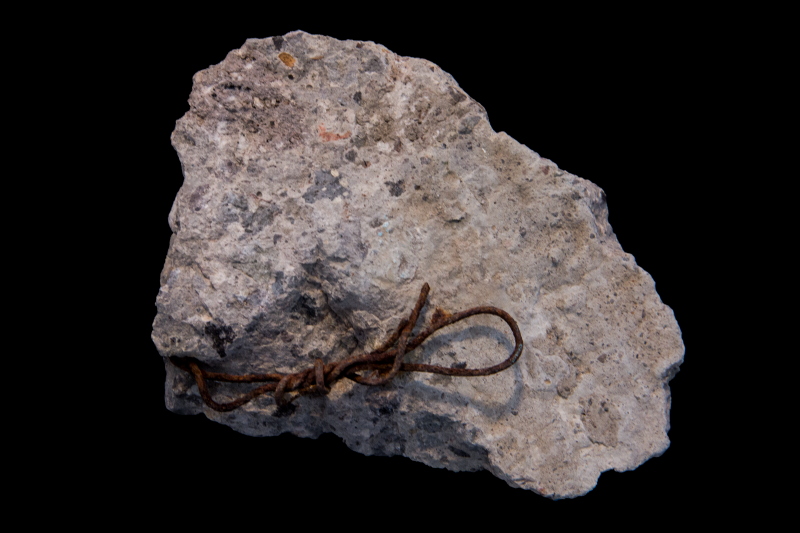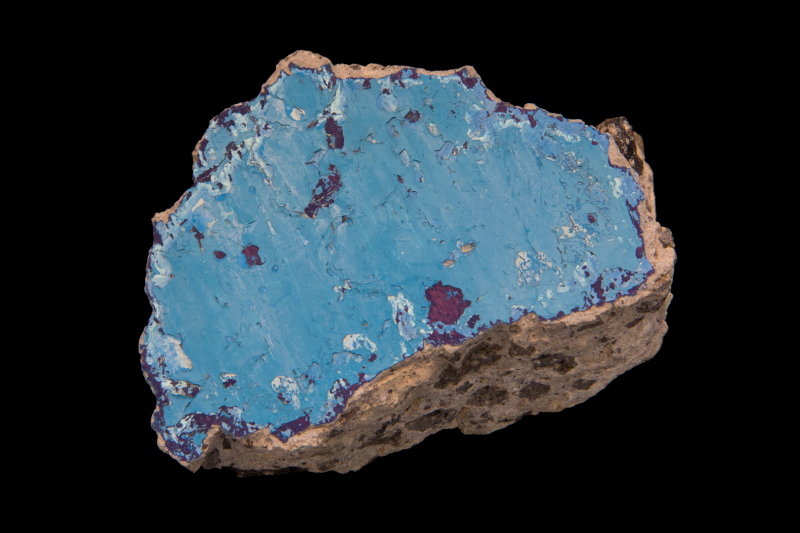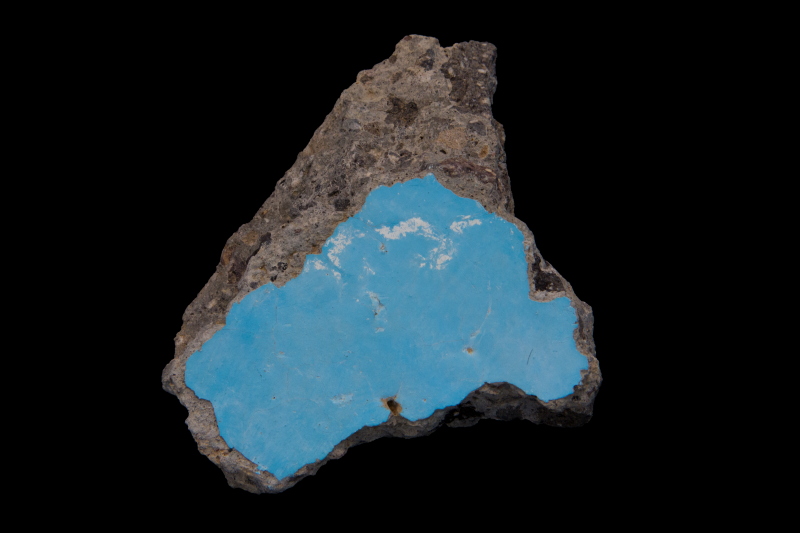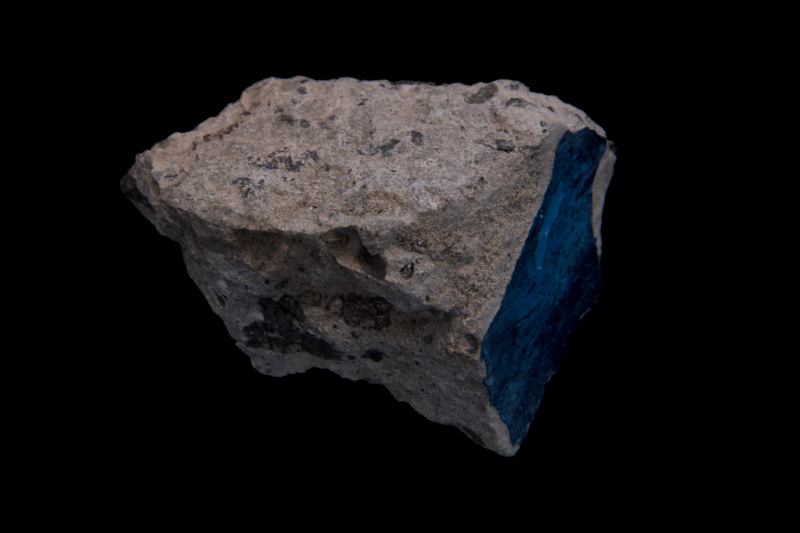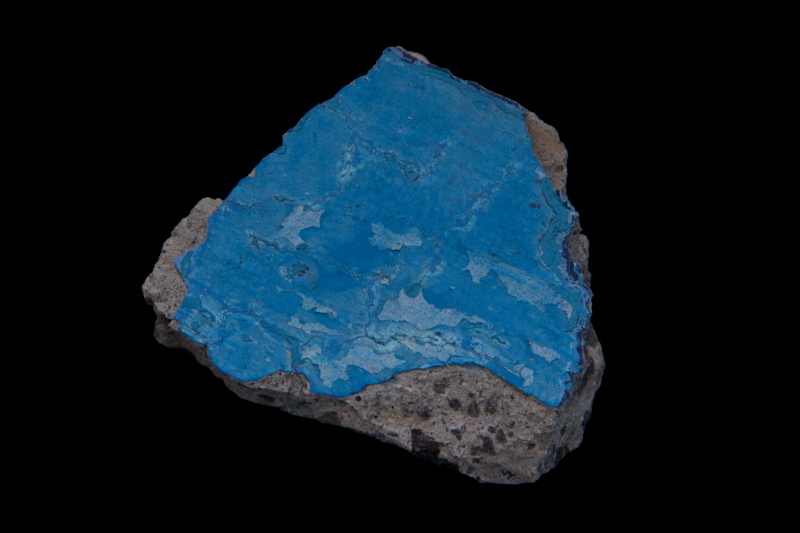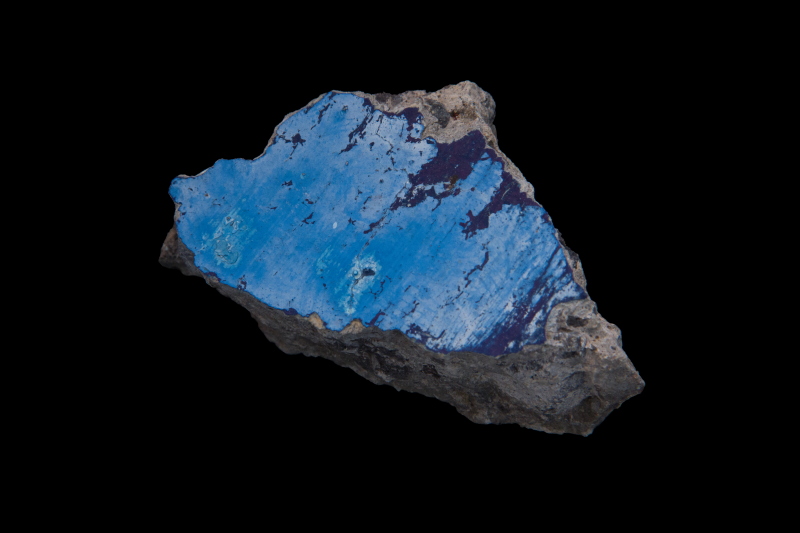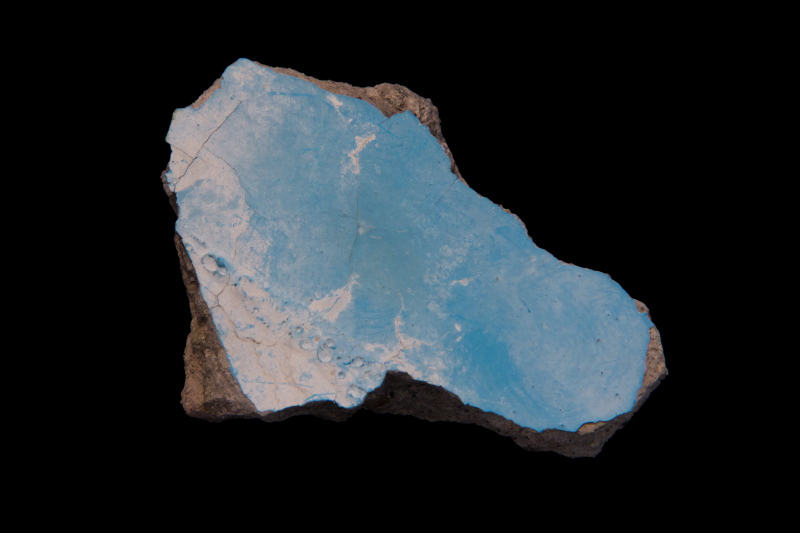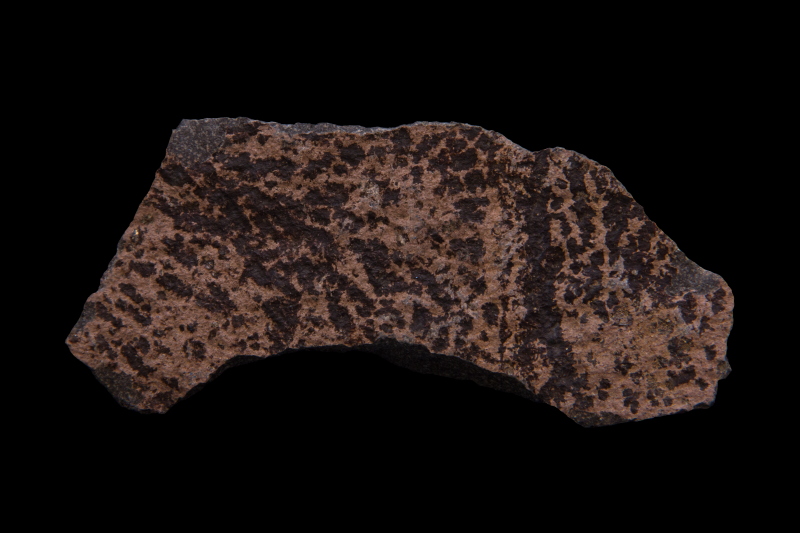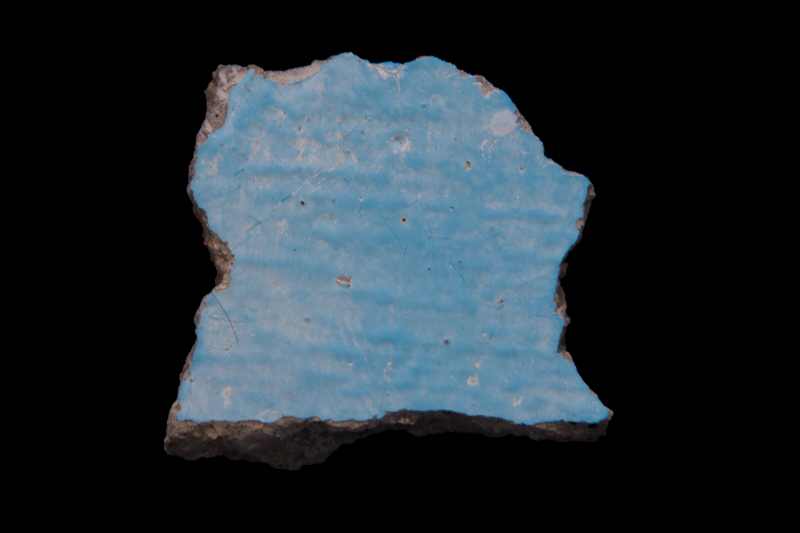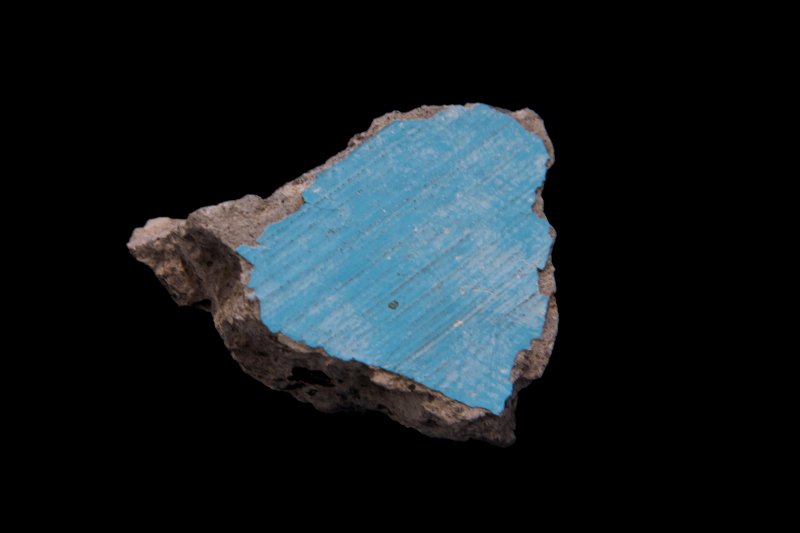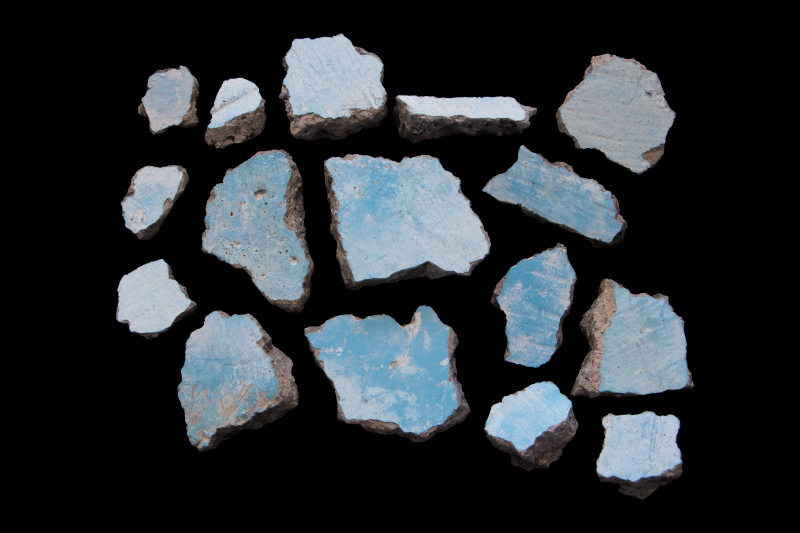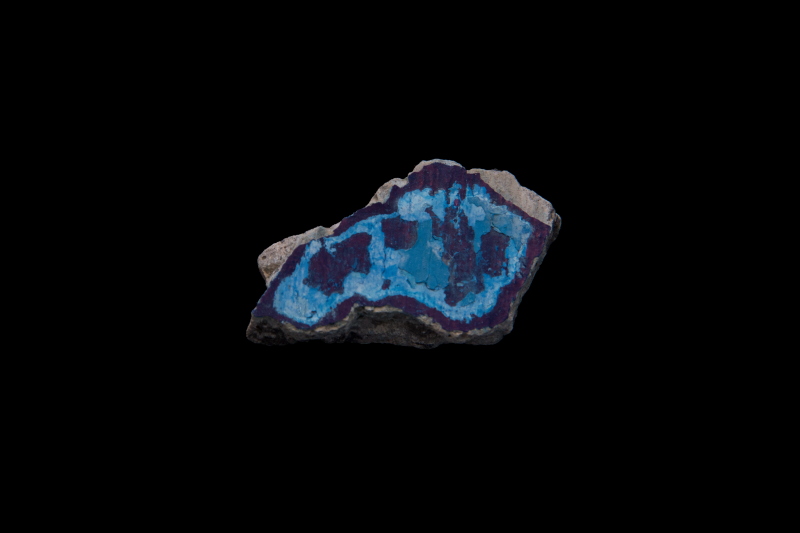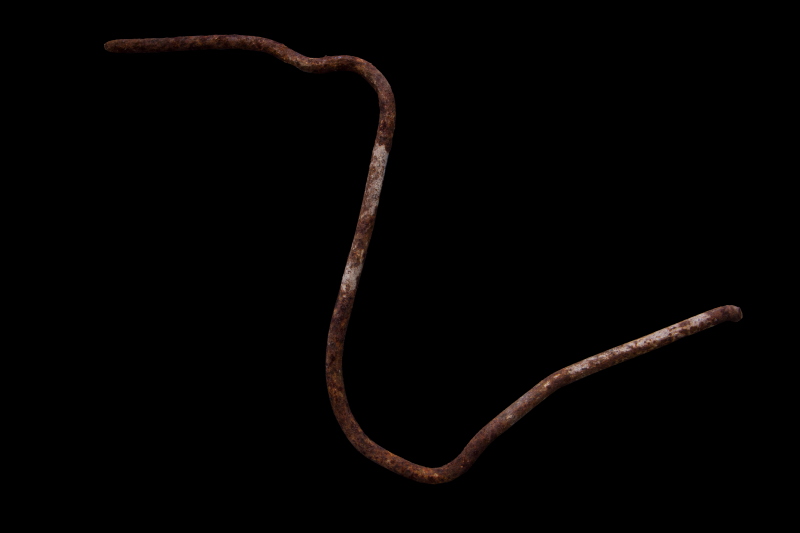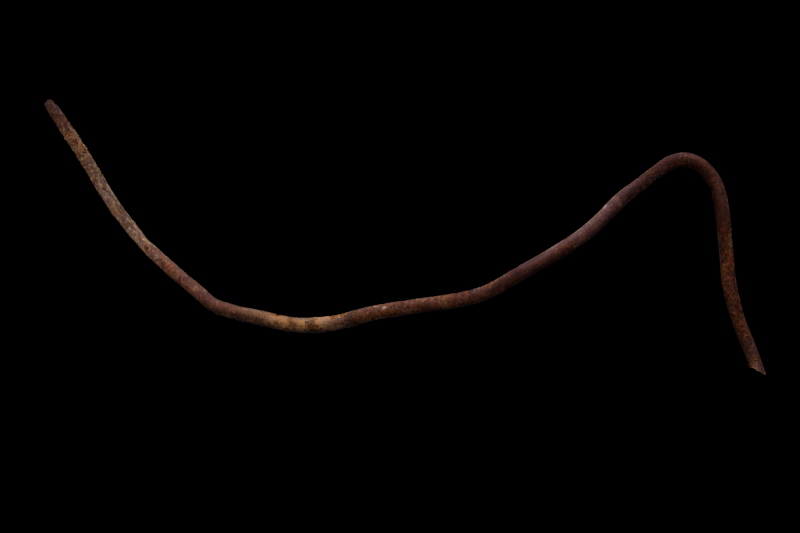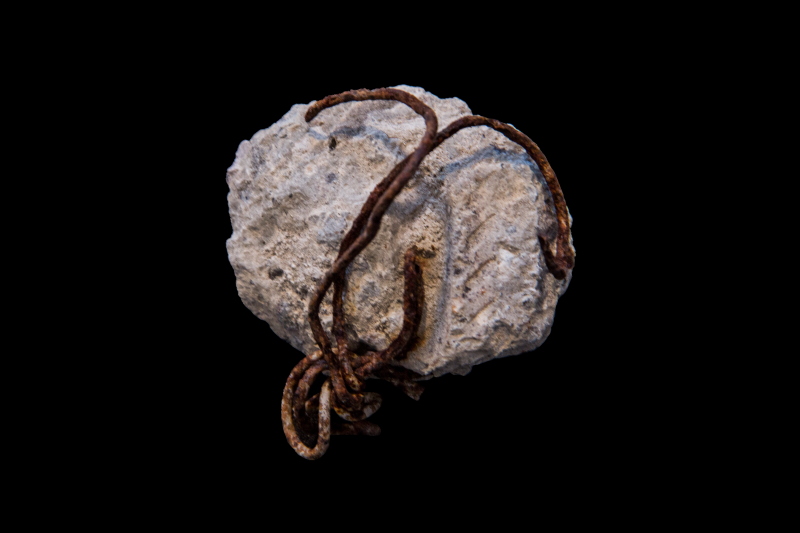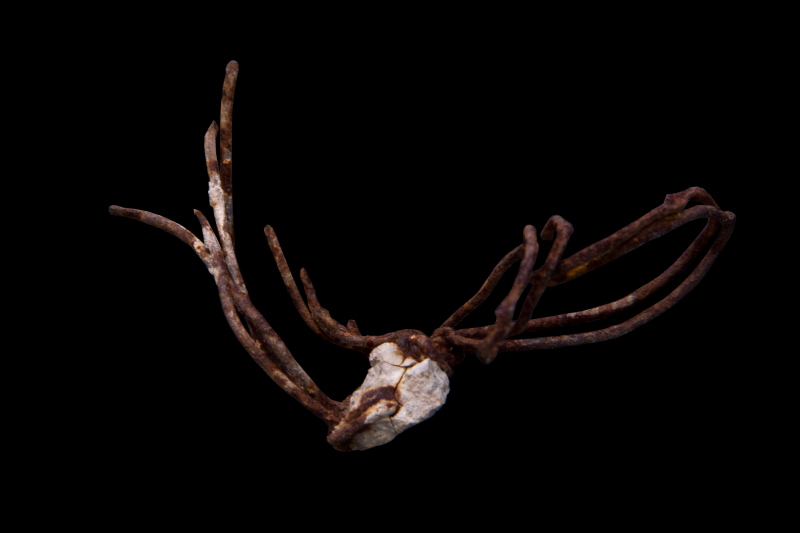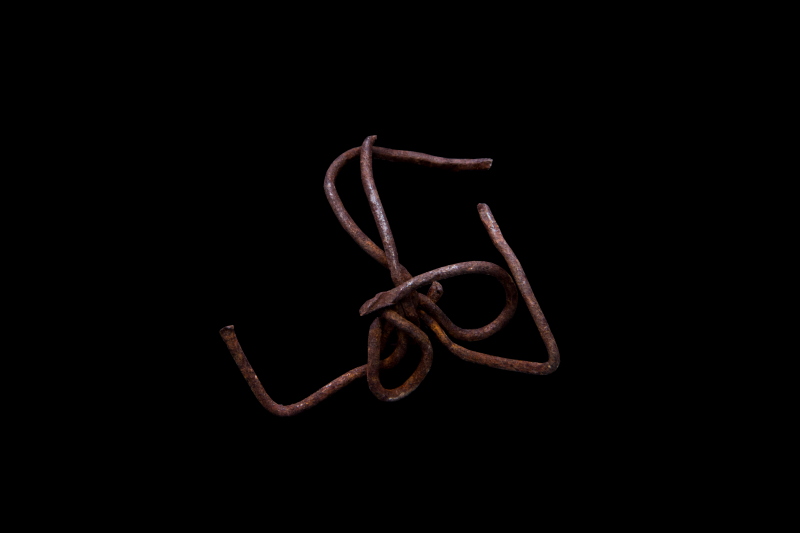ANIMIST MUSEUM OF LAKE TEXCOCO
The concept of animism originally named—and subjected—certain forms of knowledge and practice which would not fit the modern worldview: the living and the inanimate were thusly split apart into two separate realms, allowing order to come out of a seeming state of chaos. The Animist Museum of Lake Texcoco circulates among various disciplines and practices, seeking to actualize this otherwise pejorative word. Situated in the context of today’s Lake Texcoco, this project presents the desiccation of Mexico’s central basin as a complex phenomenon in which the living and the inanimate are confounded, and the past is constantly re-animated in the present.
COLLECTION
The exhibits composing this museum are alive, as they are primary witnesses of Lake Texcoco’s multiple transformations.
DEBRIS
The debris collection was brought together after a series of explorations on Lake Texcoco’s grounds. Multiple material traces were gathered in such surveys: these traces revealed how the relationship between humans and land has developed on the basin since 1971. An ensemble of exhibits has resulted, all catalogued by their place of origin and their function within the lake’s current context.
TERRAINS
These terrains are a way of charting certain geographical points within Lake Texcoco. Diverse samples of soils reveal the present morphology of the lake’s territory: earth, vegetation and debris are juxtaposed and intermingled. The samples have been captured on ground level, from a non-human point of view: the terrain is viewed through its details, without a horizon ahead, impeding the formation of a landscape.
ACTIVATIONS
ACTIVATION IN MUCA ROMA, MEXICO CITY
The second activation of the Animist Museum of Lake Texcoco (AMLT) at Muca Roma, Mexico City, has sought to shed light on certain problematics regarding this city and its surrounding areas. Understanding said problematics as a set of entanglements—of a historical, territorial, ecological, and political nature—, has called for various perspectives in order to be fully understood. This city’s unequal water distribution policies, its failed urbanization, the ecological affectations within its apparently isolated territories, the particular effects of earthquakes on its soil, as well as the collapse of its buildings have all somehow converged in Texcoco’s lakebed.
The AMLT gathered various voices in order to discuss the lacustrine memories of its rubble and soil, through a series of encounters, talks, workshops and other activities which were co-organized by [Islario] between August and December of 2018. Its space hosted discussions on certain socio-environmental implications pertaining the attempted construction of the New Mexico International Airport (NAIM) megaproject within Lake Texcoco’s federal lands, such as the dispossession of territories, the desiccation of water bodies, mining extractivism, among others.
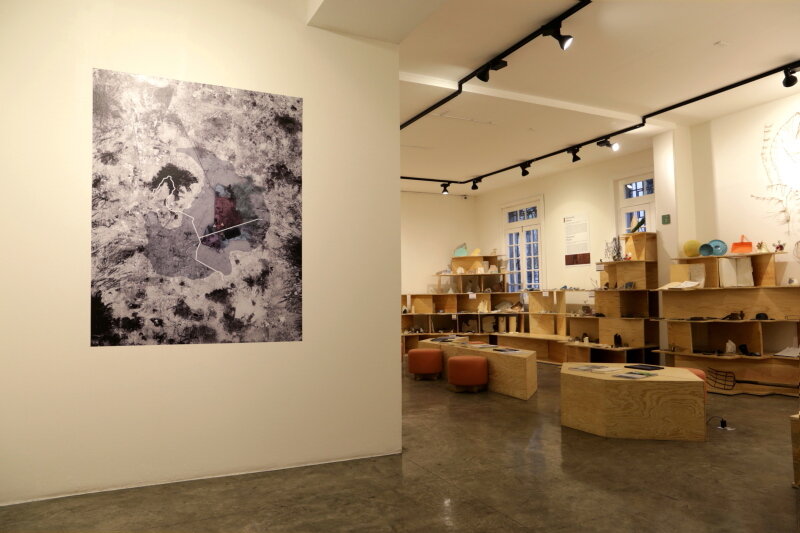
Vista de la instalación del Museo Animista del Lago de Texcoco en el Muca Roma, Ciudad de México / Installation view of the Animist Museum of Lake Texcoco at Muca Roma, Mexico City
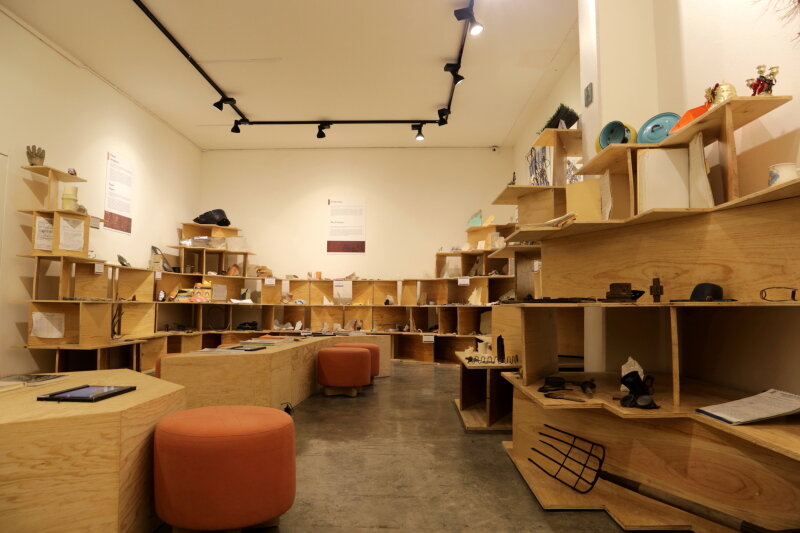
Vista de la instalación del Museo Animista del Lago de Texcoco en el Muca Roma, Ciudad de México / Installation view of the Animist Museum of Lake Texcoco at Muca Roma, Mexico City
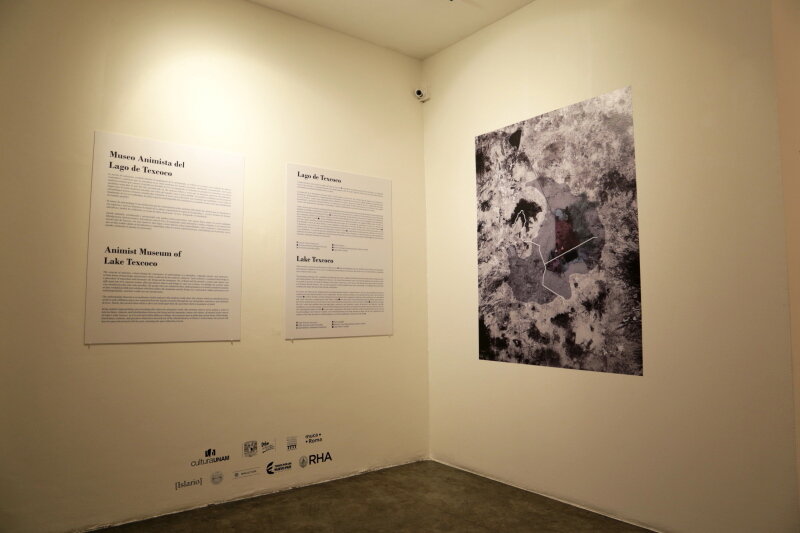
Vista de la instalación del Museo Animista del Lago de Texcoco en el Muca Roma, Ciudad de México / Installation view of the Animist Museum of Lake Texcoco at Muca Roma, Mexico City
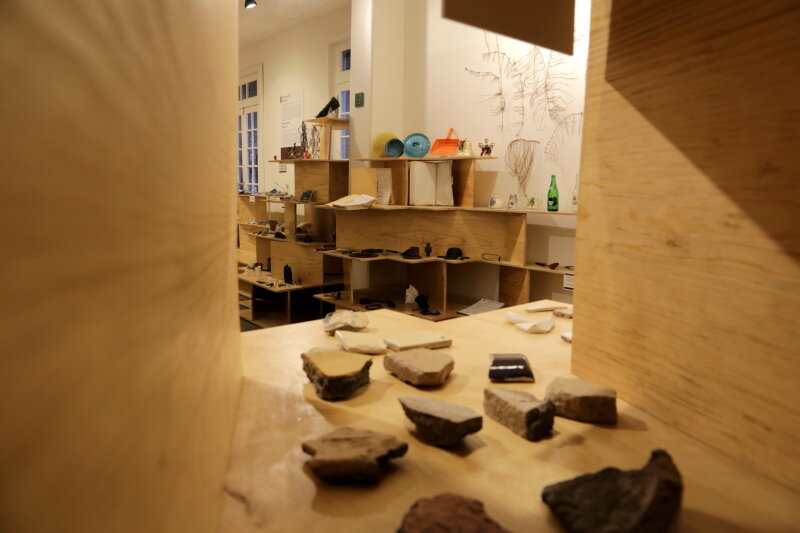
Vista de la instalación del Museo Animista del Lago de Texcoco en el Muca Roma, Ciudad de México / Installation view of the Animist Museum of Lake Texcoco at Muca Roma, Mexico City
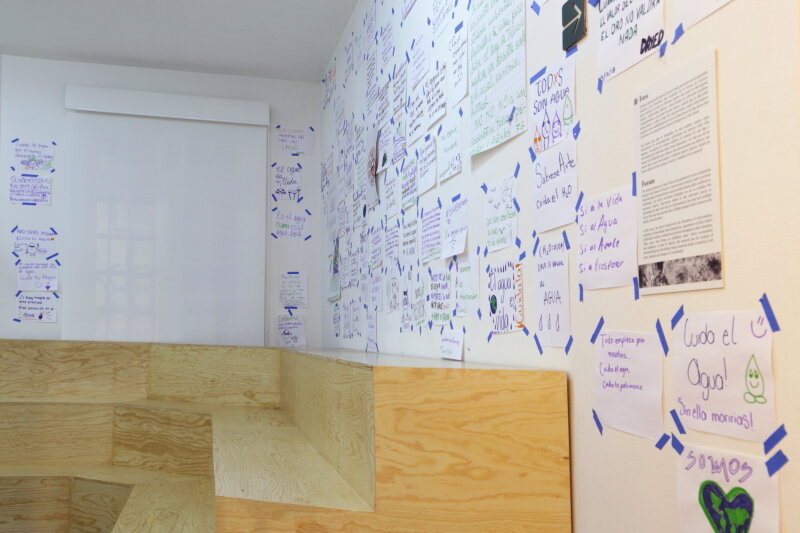
Vista de la instalación del Museo Animista del Lago de Texcoco en el Muca Roma, Ciudad de México / Installation view of the Animist Museum of Lake Texcoco at Muca Roma, Mexico City
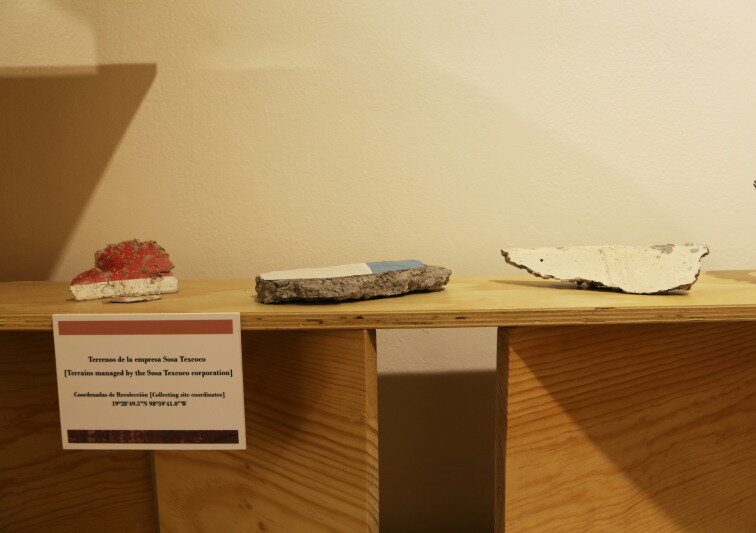
Vista de la instalación del Museo Animista del Lago de Texcoco en el Muca Roma, Ciudad de México / Installation view of the Animist Museum of Lake Texcoco at Muca Roma, Mexico City
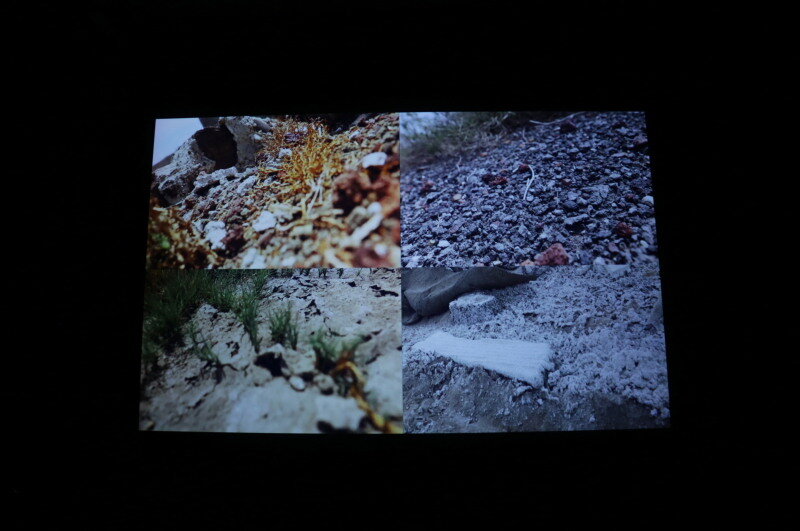
Vista de la instalación del Museo Animista del Lago de Texcoco en el Muca Roma, Ciudad de México / Installation view of the Animist Museum of Lake Texcoco at Muca Roma, Mexico City
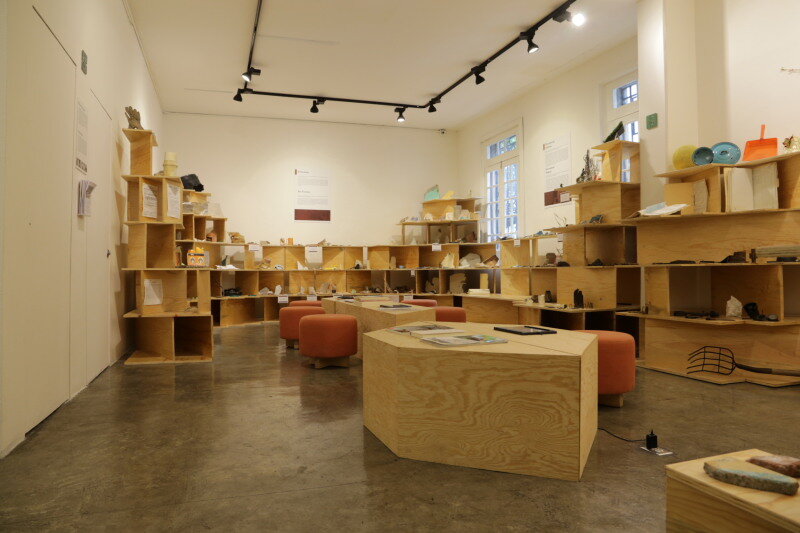
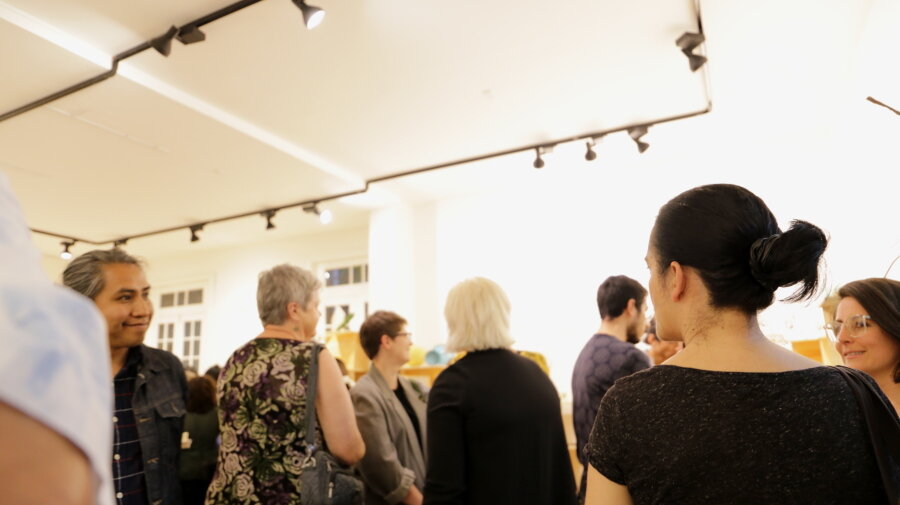
Inauguración del Museo Animista del Lago de Texcoco en el Muca Roma, Ciudad de México / Opening of the Animist Museum of Lake Texcoco at Muca Roma, Mexico City
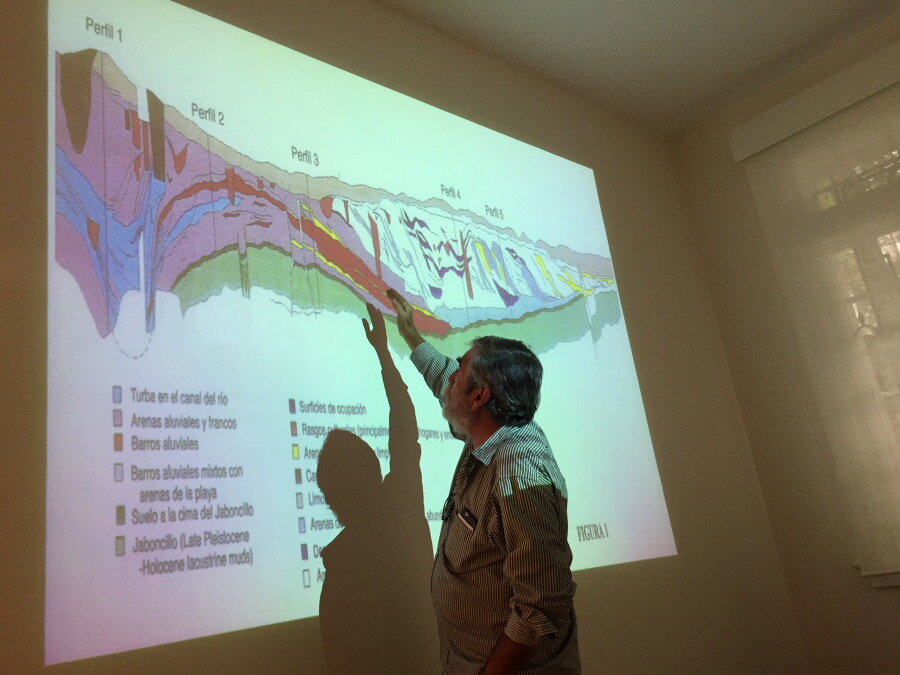
Luis Morett y Patricia Muñoz relatan las memorias materiales más antiguas aún presentes en el lago de Texcoco / Luis Morett and Patricia Muñoz discuss ancient material memories, still present within Lake Texcoco’s terrains
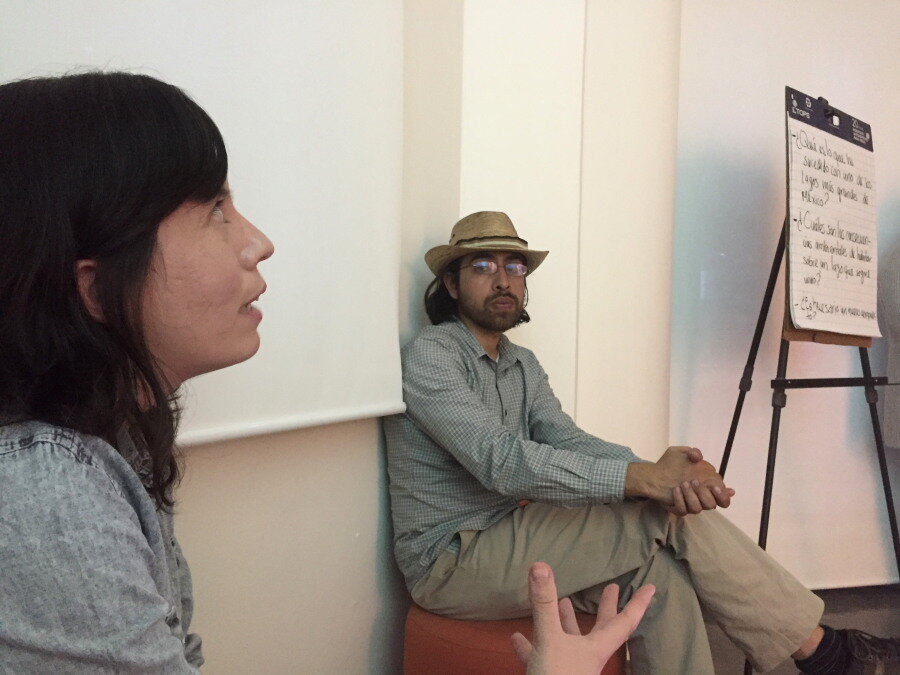
Adrián Flores y Valeria de Pina, del colectivo GeoComunes, hablan sobre geografías colaborativas en la región nororiental del estado de México / Adrián Flores and Valeria de Pina, members of GeoComunes, share their experiences on collaborative mappings in the northeastern region of the state of Mexico
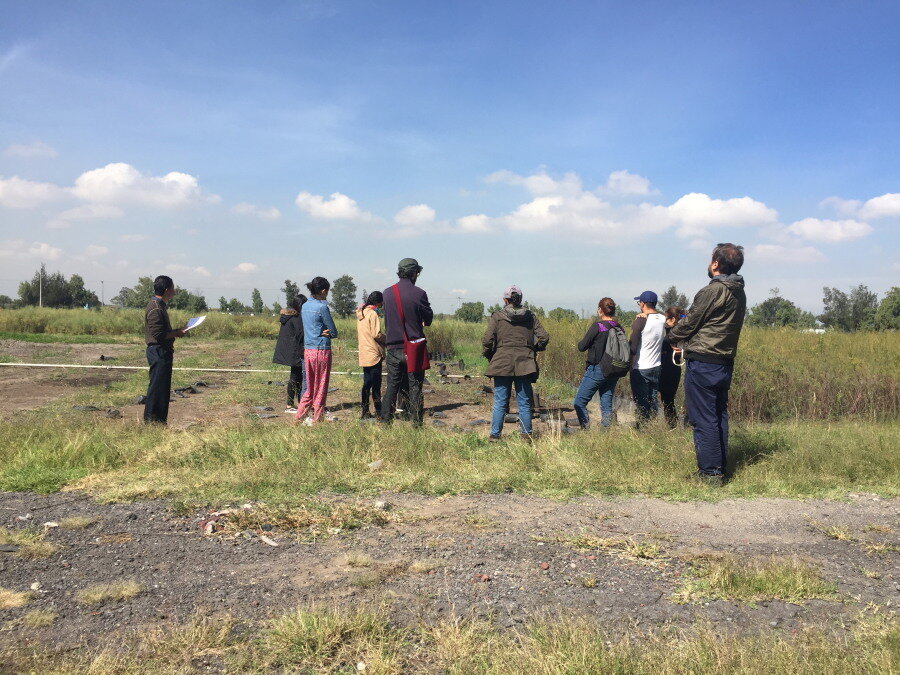
Visita a la Reserva Ecológica Lago de Texcoco y al lago Nabor Carrillo / Field trip to the Lake Texcoco Ecological Reserve and Lake Nabor Carrillo
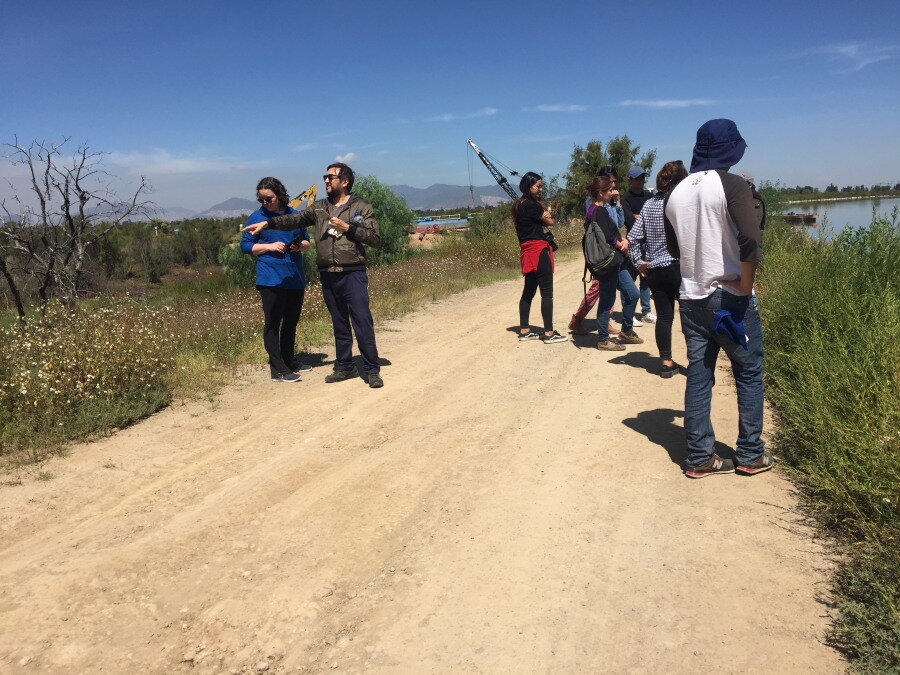
Visita a la Reserva Ecológica Lago de Texcoco y al lago Nabor Carrillo / Field trip to the Lake Texcoco Ecological Reserve and Lake Nabor Carrillo

Conversaciones con Fernando Córdova, miembro de la Unión de Científicos Comprometidos con la Sociedad, sobre las afectaciones ecosociales causadas por el proyecto aeroportuario en la zona del lago de Texcoco / Conversation with Fernando Cordova from the Union of Scientists Committed to Society, on the ecosocial affectations caused by the construction of Mexico City’s new airport on Lake Texcoco’s terrains
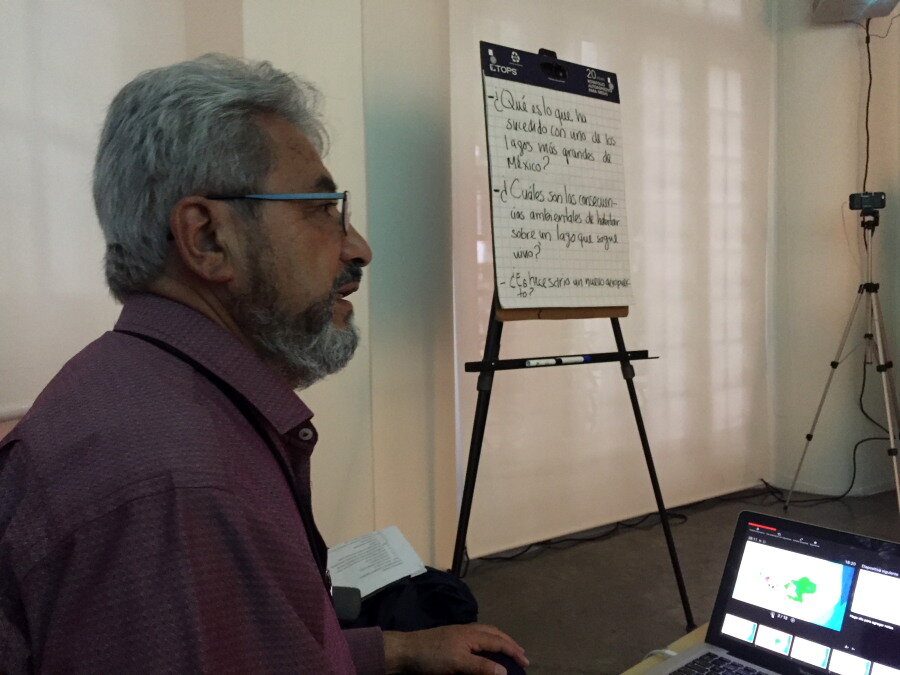
Juan José Reyes discute las estrategias de resistencia de algunos pobladores de las zonas aledañas al lago de Texcoco / Juan José Reyes discusses certain strategies of resistance implemented by the peoples from Lake Texcoco’s region
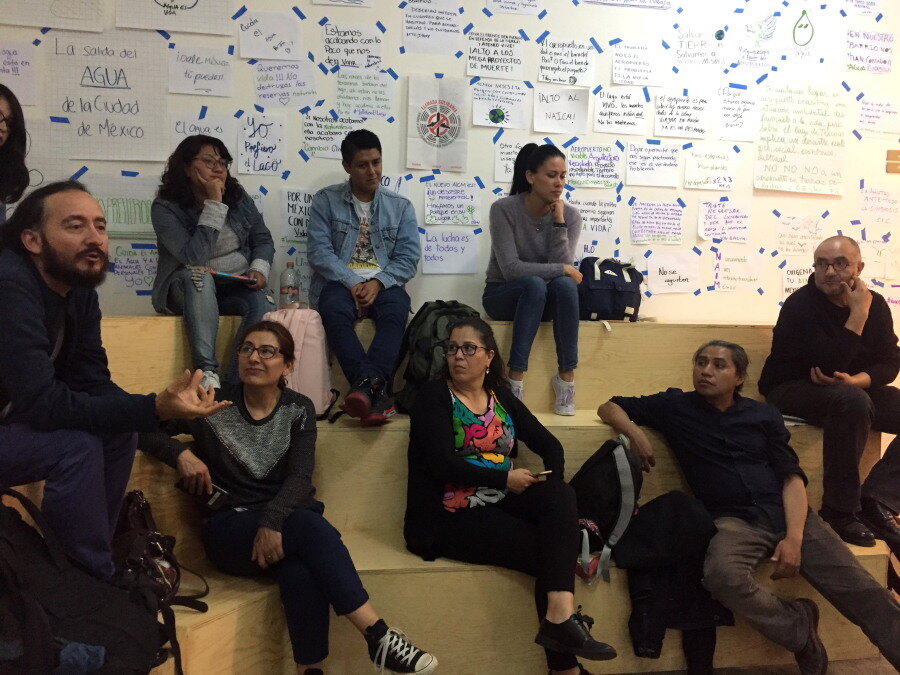
Patricia Escalante habla sobre aves nativas y migratorias en el ecosistema del lago Nabor Carrillo / Patricia Escalante talks about native and migratory birds inhabiting Lake Nabor Carrillo
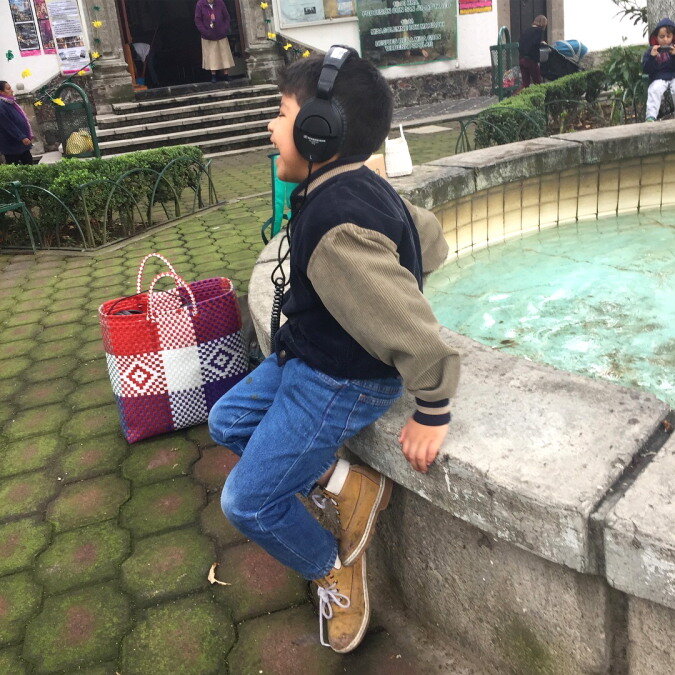
Taller “Paisaje Mexa” del colectivo Pequeños Misterios y Carlos Gamboa, en el cual se reconstruyen los sonidos y geografía del antiguo Valle de México / Certain sounds and geographies from the ancient Valley of Mexico are reenacted throughout the “Mexa Landscape” workshop by Pequeños Misterios and Carlos Gamboa
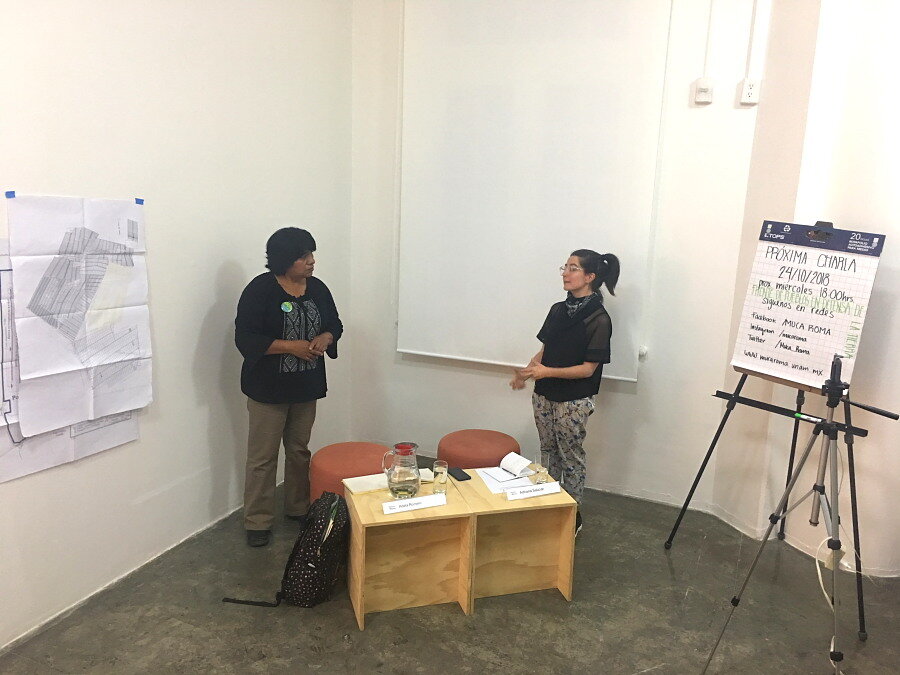
Adela Romero, miembro del Frente de Pueblos en Defensa de la Tierra de Atenco, conversa sobre las experiencias de lucha de este colectivo contra el megaproyecto NAIM / Adela Romero, member of the People’s Front in Defense of the Land of Atenco, talks about said collective’s two decade-long experiences of struggle against the construction of the NAIM megaproject
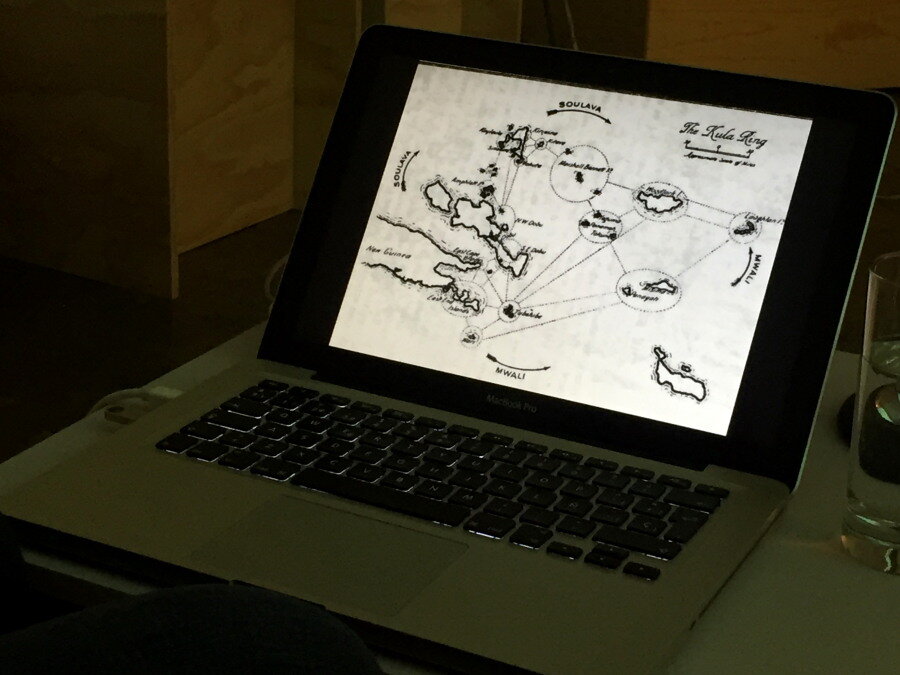
Anne Johnson habla sobre los estudios en cultura material mediante algunos ejemplos de culturas mexicanas / Anne Johnson talks about Material Culture Studies through some examples drawn from Mexican cultures
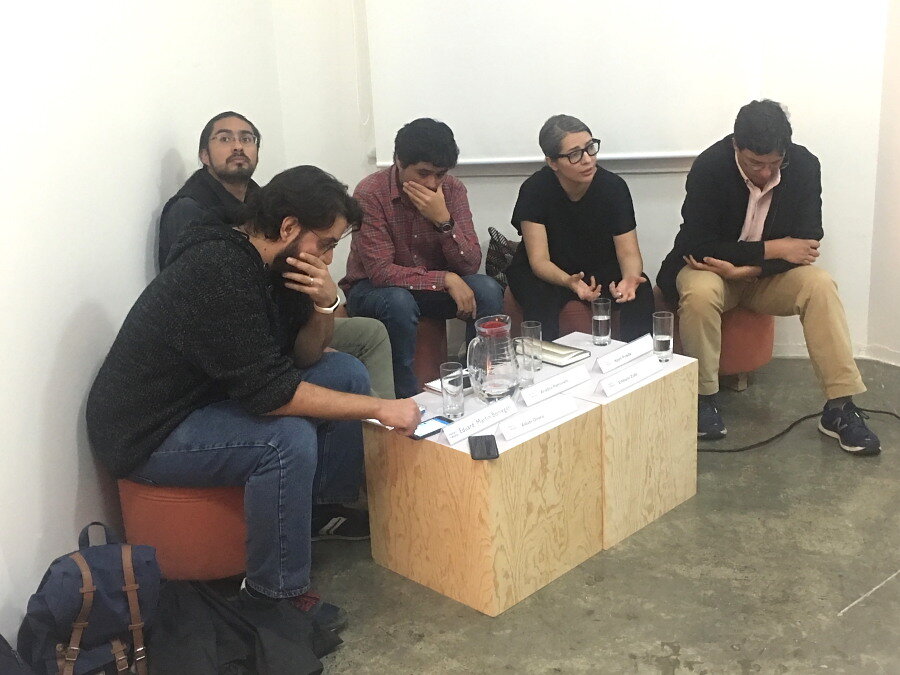
Conversaciones sobre perspectivas futuras de la región lacustre centromexicana con Aldabi Olvera, PODER, Itzam Pineda, Emiliano Zolla y Ariadna Ramonetti / Conversations about future prospects for Mexico’s central region with Aldabi Olvera, PODER, Itzam Pineda, Emiliano Zolla and Ariadna Ramonetti
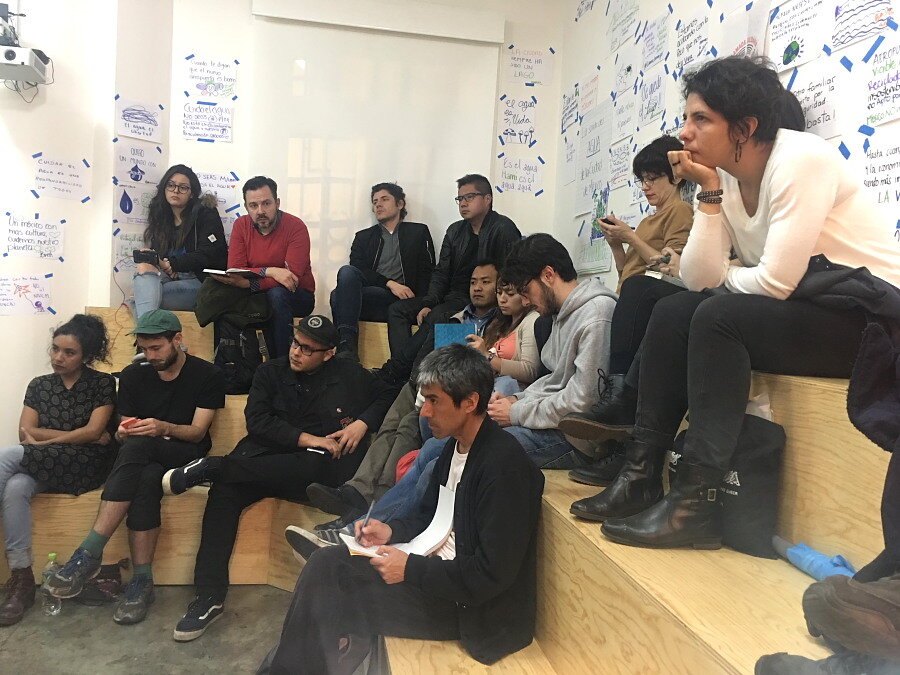
Conversaciones sobre perspectivas futuras de la región lacustre centromexicana con Aldabi Olvera, PODER, Itzam Pineda, Emiliano Zolla y Ariadna Ramonetti / Conversations about future prospects for Mexico’s central region with Aldabi Olvera, PODER, Itzam Pineda, Emiliano Zolla and Ariadna Ramonetti
ACTIVATION IN MORELIA, MEXICO
The Animist Museum of Lake Texcoco’s (AMLT) first activation took place in Morelia (state of Michoacan, Mexico), as a series of exchanges and encounters through and about the AMLT’s collection. A heterogeneous ensemble of people was brought together over the course of four intensive weeks (academics, activists, independent researchers, students, and visitors), to talk about museums, ecological issues, forms of territorial representation, and artistic research. Also, Lake Texcoco’s recent past detonated speculations on possible futures for Michoacan’s lacustrine cartography: its endangered water bodies, unequal water distribution policies, and forms of resistance were discussed.
The AMLT was activated at Clavijero Cultural Center (Morelia, Mexico) from March 22nd to April 22nd, 2018. This activation was co-produced by the Third Artistic Research Residency (Performance Studies and Live Arts Seminar / Art History Laboratory), the Laboratory of Publications, and the "Community Monitoring Project: a Strategy for the Unequal Distribution of Water Within Communities Which Face Poverty and Socio-Environmental Conflict” (National School of Higher Studies, Morelia, UNAM), with the support of MUCA Roma.
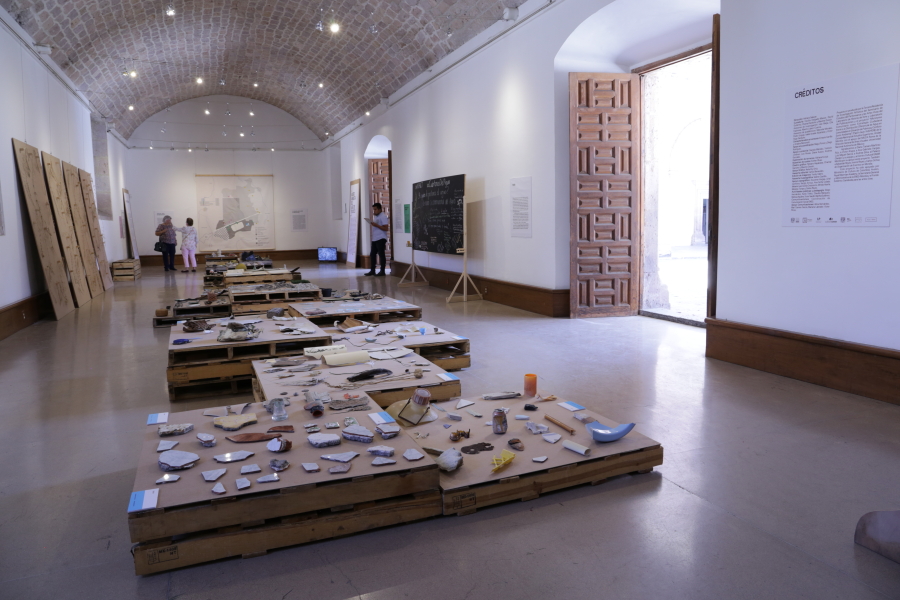
Instalación de la colección del MALT en el Centro Cultural Clavijero, Morelia, México.
Installation of the AMLT’s collection at Clavijero Cultural Center, Morelia, Mexico.
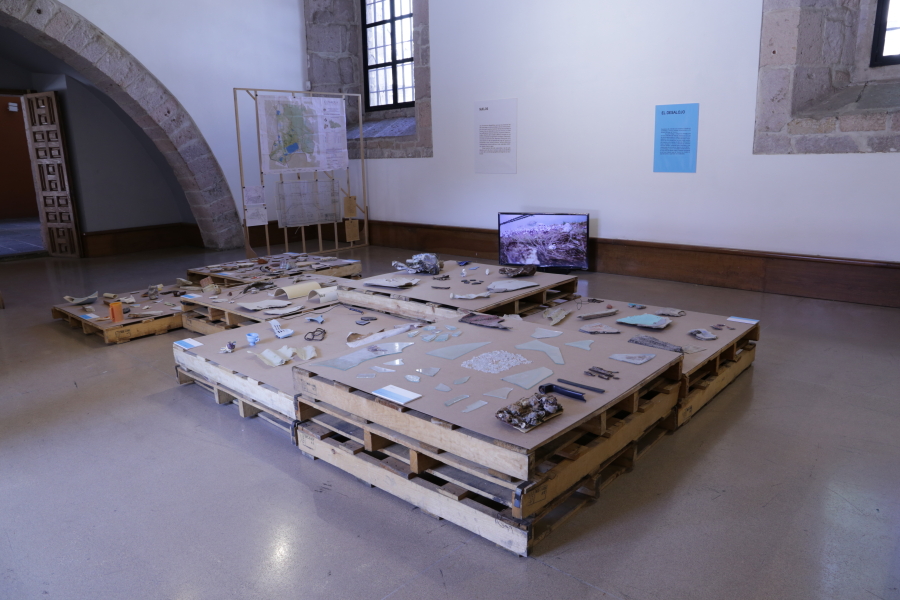
Instalación de la colección del MALT en el Centro Cultural Clavijero, Morelia, México.
Installation of the AMLT’s collection at Clavijero Cultural Center, Morelia, Mexico.
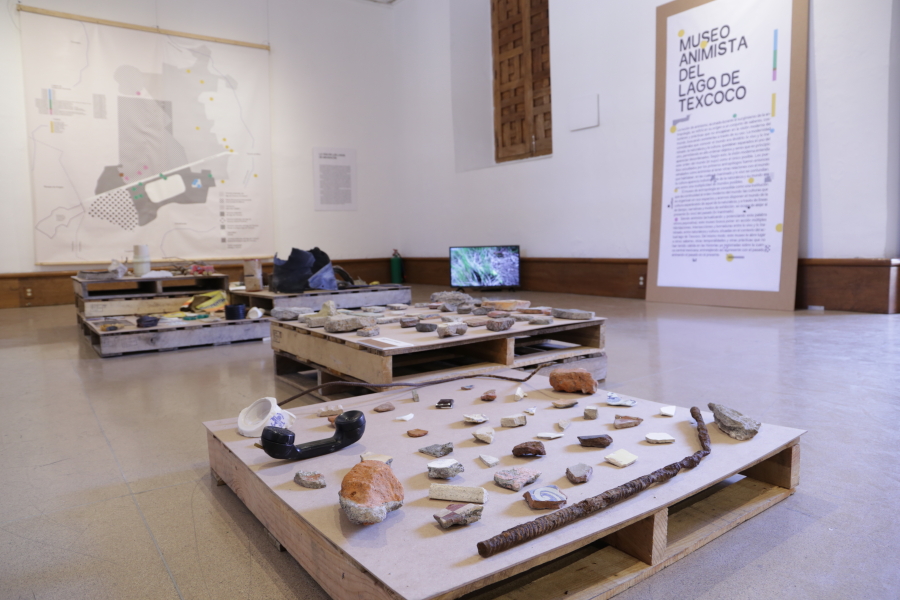
Instalación de la colección del MALT en el Centro Cultural Clavijero, Morelia, México.
Installation of the AMLT’s collection at Clavijero Cultural Center, Morelia, Mexico.
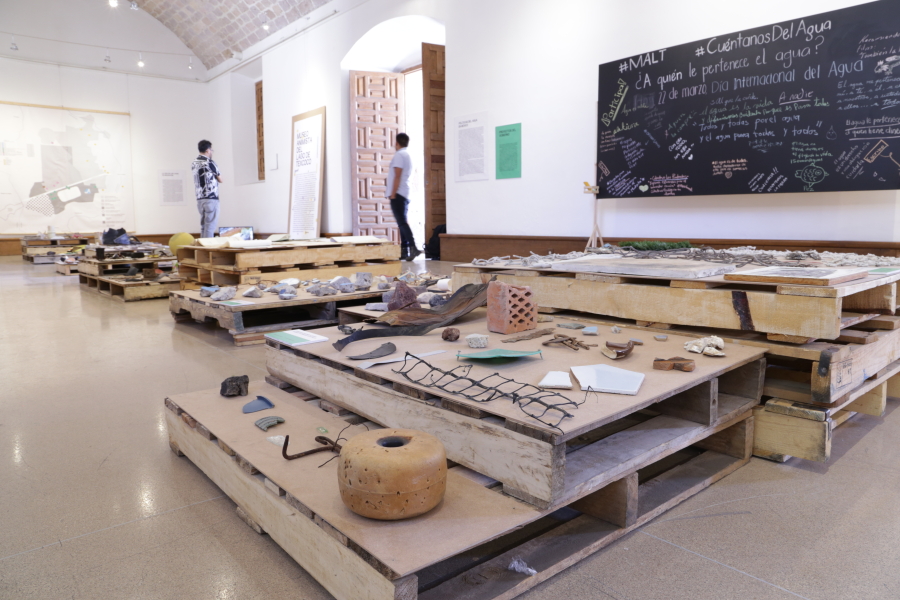
Instalación de la colección del MALT en el Centro Cultural Clavijero, Morelia, México.
Installation of the AMLT’s collection at Clavijero Cultural Center, Morelia, Mexico.
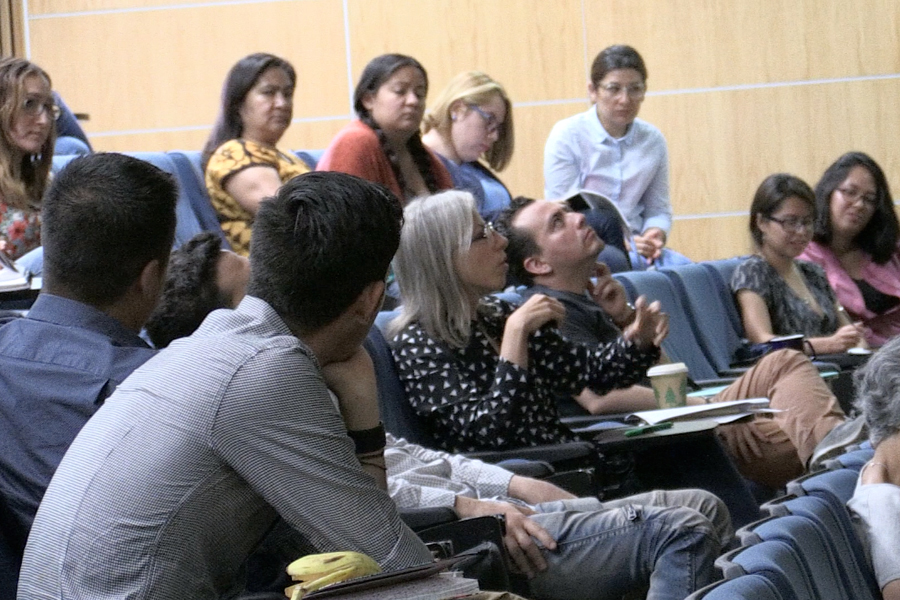
Coloquio de investigación artística con la participación de Cecilia Delgado-Masse, Elia Espinosa, David Gutiérrez, Laboratorio de Publicaciones (Chantal Garduño y Maxime Dossin), Alberto López-Cuenca, Iván Mejía, TRES (Ilana Boltvinik y Rodrigo Viñas) y Adriana Salazar.
Artistic Research Colloquium with the participation of Cecilia Delgado-Masse, Elia Espinosa, David Gutierrez, Laboratorio de Publicaciones (Chantal Garduño and Maxime Dossin), Alberto Lopez-Cuenca, Ivan Mejia, TRES (Ilana Boltvinik and Rodrigo Viñas), and Adriana Salazar.
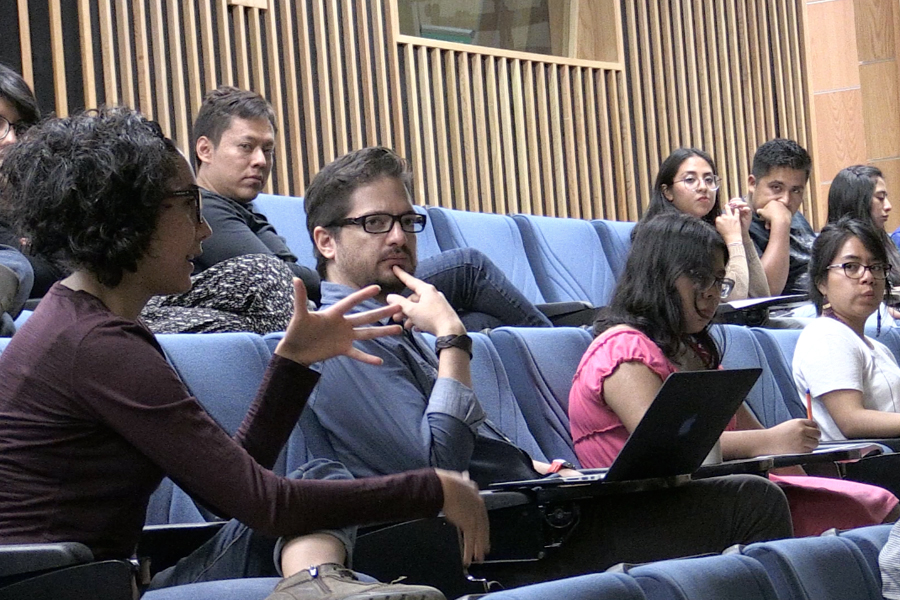
Coloquio de investigación artística con la participación de Cecilia Delgado-Masse, Elia Espinosa, David Gutiérrez, Laboratorio de Publicaciones (Chantal Garduño y Maxime Dossin), Alberto López-Cuenca, Iván Mejía, TRES (Ilana Boltvinik y Rodrigo Viñas) y Adriana Salazar.
Artistic Research Colloquium with the participation of Cecilia Delgado-Masse, Elia Espinosa, David Gutierrez, Laboratorio de Publicaciones (Chantal Garduño and Maxime Dossin), Alberto Lopez-Cuenca, Ivan Mejia, TRES (Ilana Boltvinik and Rodrigo Viñas), and Adriana Salazar.
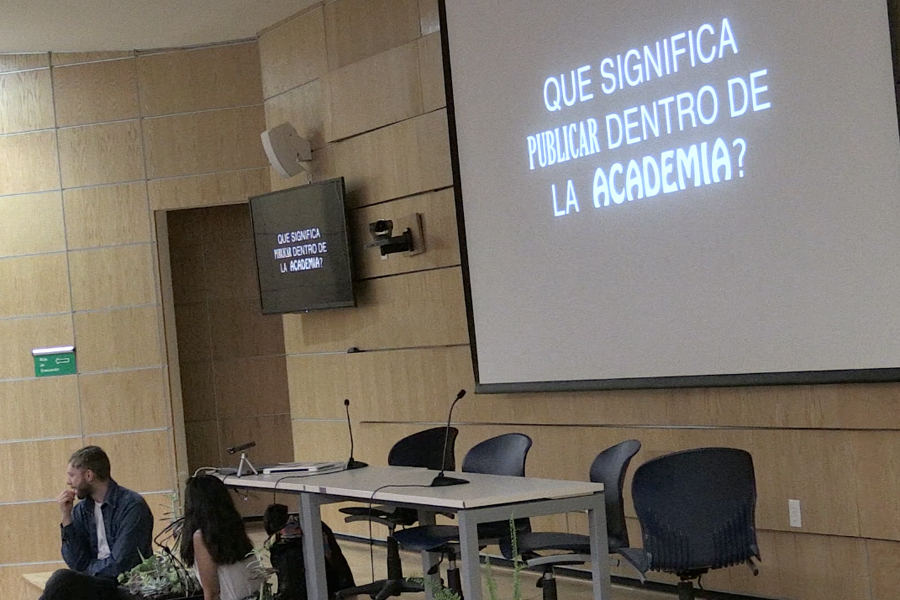
Coloquio de investigación artística con la participación de Cecilia Delgado-Masse, Elia Espinosa, David Gutiérrez, Laboratorio de Publicaciones (Chantal Garduño y Maxime Dossin), Alberto López-Cuenca, Iván Mejía, TRES (Ilana Boltvinik y Rodrigo Viñas) y Adriana Salazar.
Artistic Research Colloquium with the participation of Cecilia Delgado-Masse, Elia Espinosa, David Gutierrez, Laboratorio de Publicaciones (Chantal Garduño and Maxime Dossin), Alberto Lopez-Cuenca, Ivan Mejia, TRES (Ilana Boltvinik and Rodrigo Viñas), and Adriana Salazar.
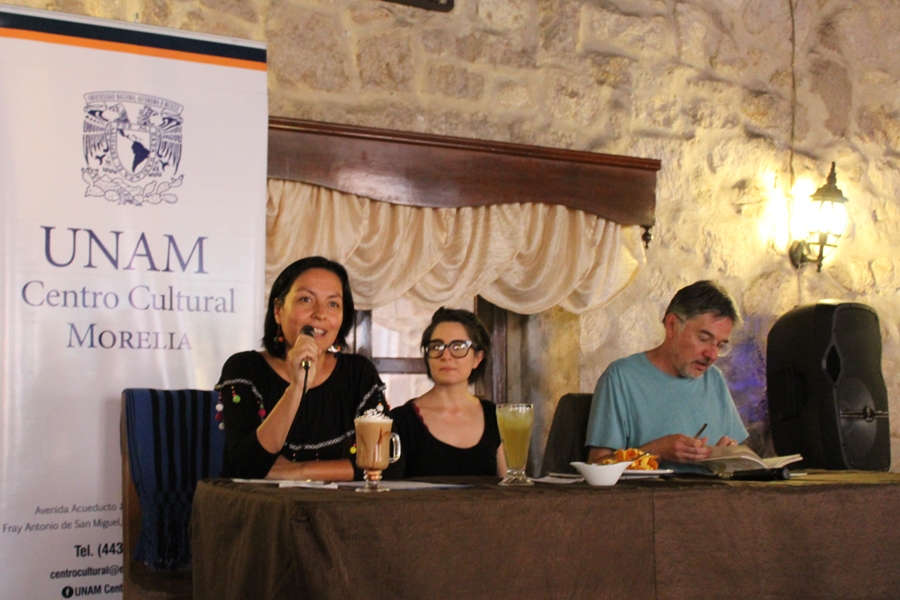
Conversaciones entre ciencia, arte y activismo con Pedro Urquijo, Marcela Morales, Víctor Hugo Garduño, Isabel Israde, Luis Zambrano, Ana Claudia Nepote y representantes de la Colonia Ecológica Jardines de la Mintzita.
Conversations on Science, Art, and Activism with Pedro Urquijo, Marcela Morales, Víctor Hugo Garduño, Isabel Israde, Luis Zambrano, Ana Claudia Nepote, and members of the Jardines de la Mintzita Ecological Community.
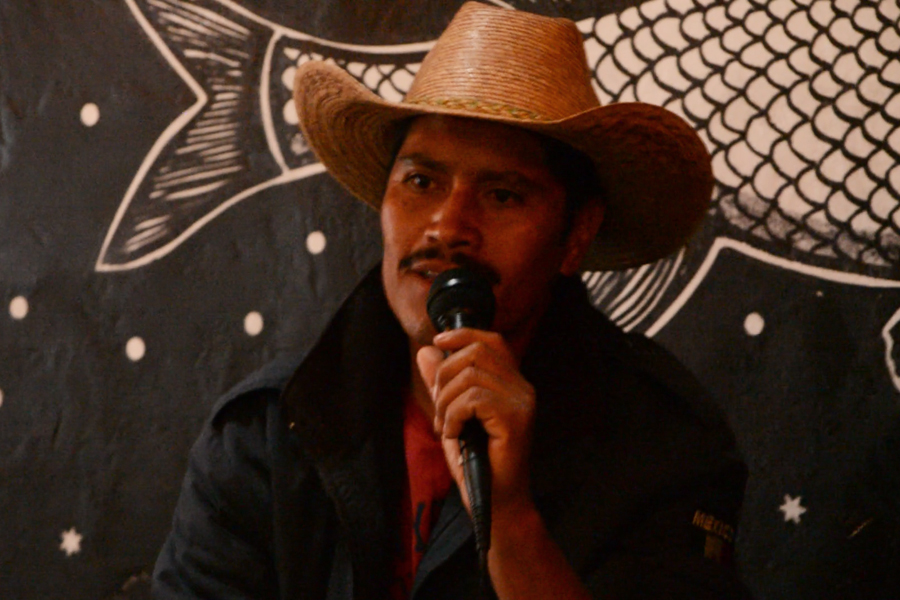
Conversaciones entre ciencia, arte y activismo con Pedro Urquijo, Marcela Morales, Víctor Hugo Garduño, Isabel Israde, Luis Zambrano, Ana Claudia Nepote y representantes de la Colonia Ecológica Jardines de la Mintzita.
Conversations on Science, Art, and Activism with Pedro Urquijo, Marcela Morales, Víctor Hugo Garduño, Isabel Israde, Luis Zambrano, Ana Claudia Nepote, and members of the Jardines de la Mintzita Ecological Community.
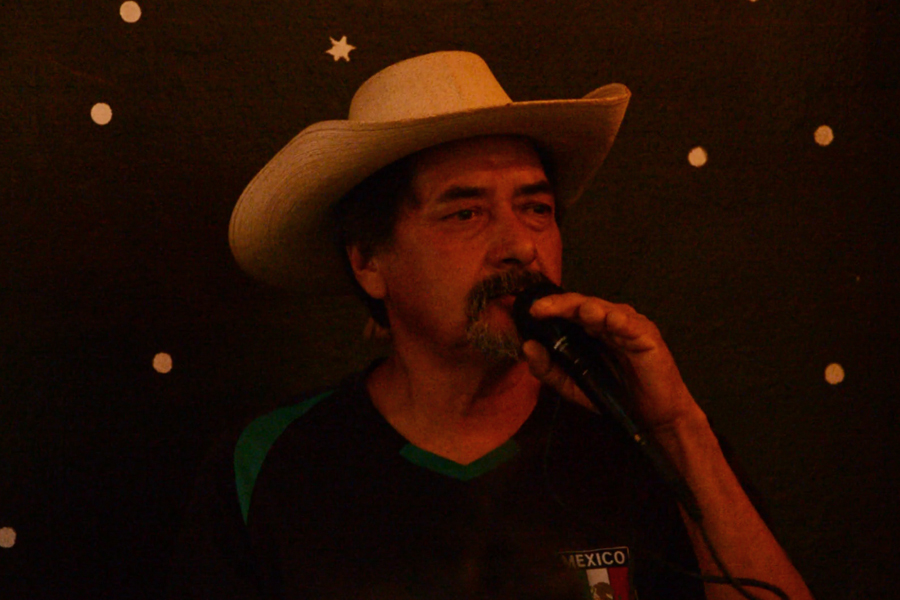
Conversaciones entre ciencia, arte y activismo con Pedro Urquijo, Marcela Morales, Víctor Hugo Garduño, Isabel Israde, Luis Zambrano, Ana Claudia Nepote y representantes de la Colonia Ecológica Jardines de la Mintzita.
Conversations on Science, Art, and Activism with Pedro Urquijo, Marcela Morales, Víctor Hugo Garduño, Isabel Israde, Luis Zambrano, Ana Claudia Nepote, and members of the Jardines de la Mintzita Ecological Community.
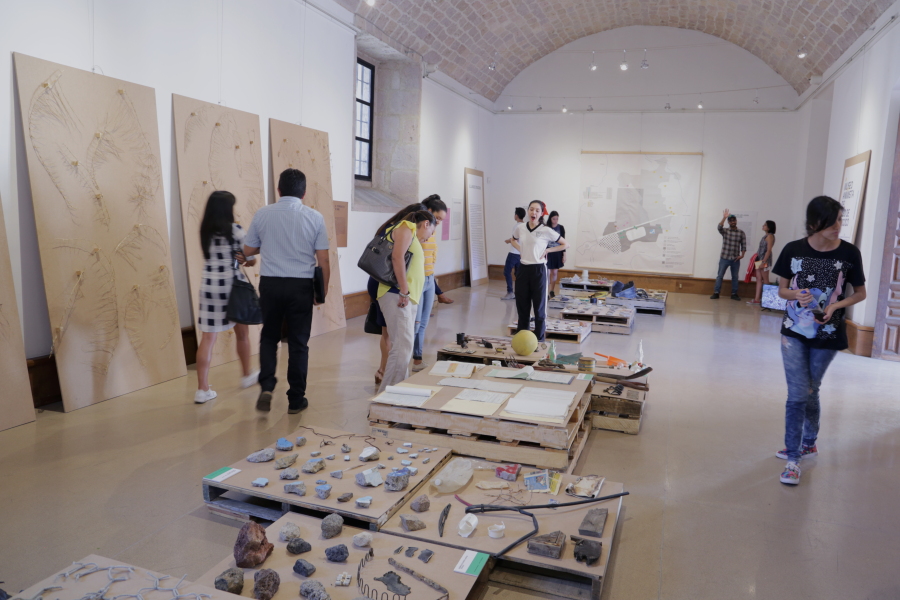
Visitas guiadas a la colección del MALT en el Centro Cultural Clavijero, Morelia, México.
Guided tours to the AMLT’s collection at Clavijero Cultural Center, Morelia, Mexico.
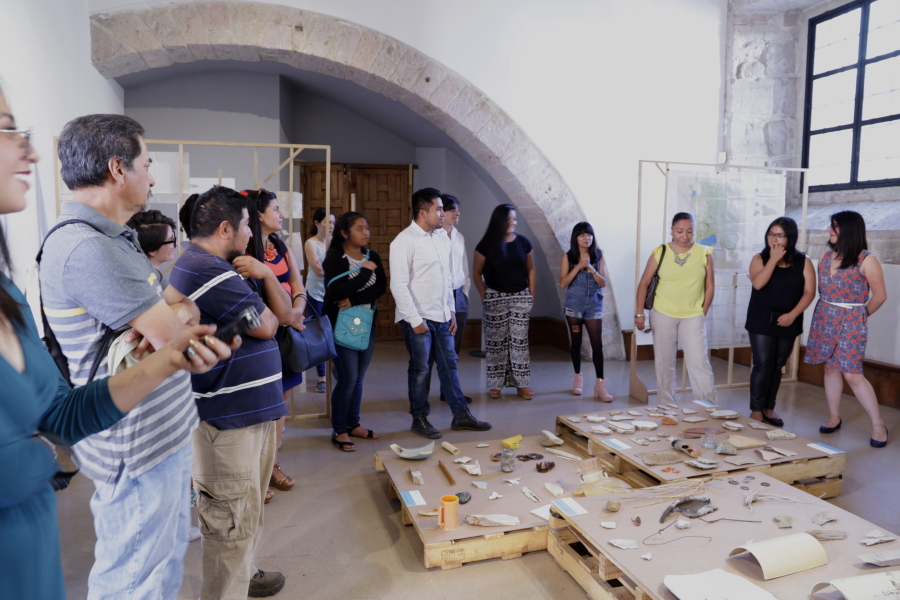
Visitas guiadas a la colección del MALT en el Centro Cultural Clavijero, Morelia, México.
Guided tours to the AMLT’s collection at Clavijero Cultural Center, Morelia, Mexico.
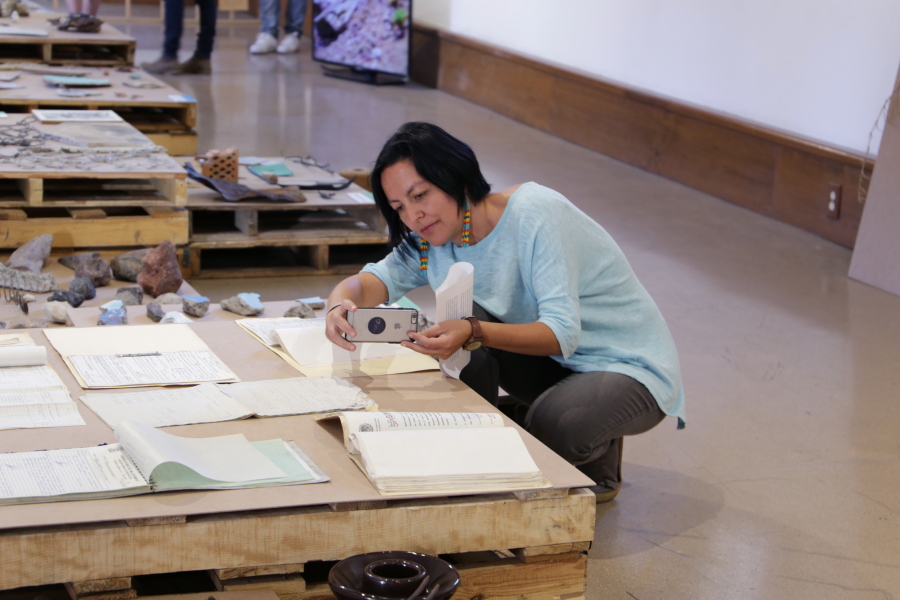
Visitas guiadas a la colección del MALT en el Centro Cultural Clavijero, Morelia, México.
Guided tours to the AMLT’s collection at Clavijero Cultural Center, Morelia, Mexico.
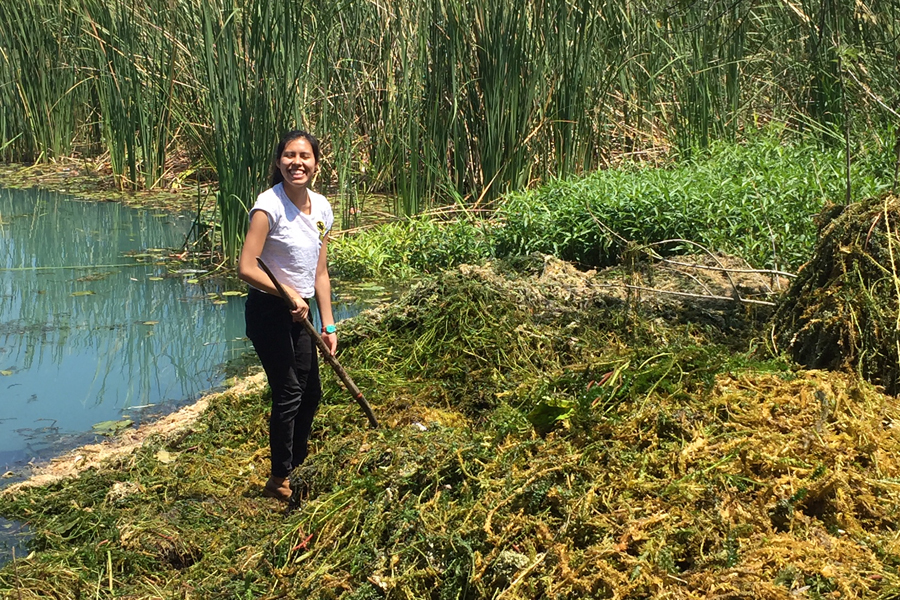
Visita a la Colonia Ecológica Jardines de la Mintzita.
Visit to the Jardines de la Mintzita Ecological Community.
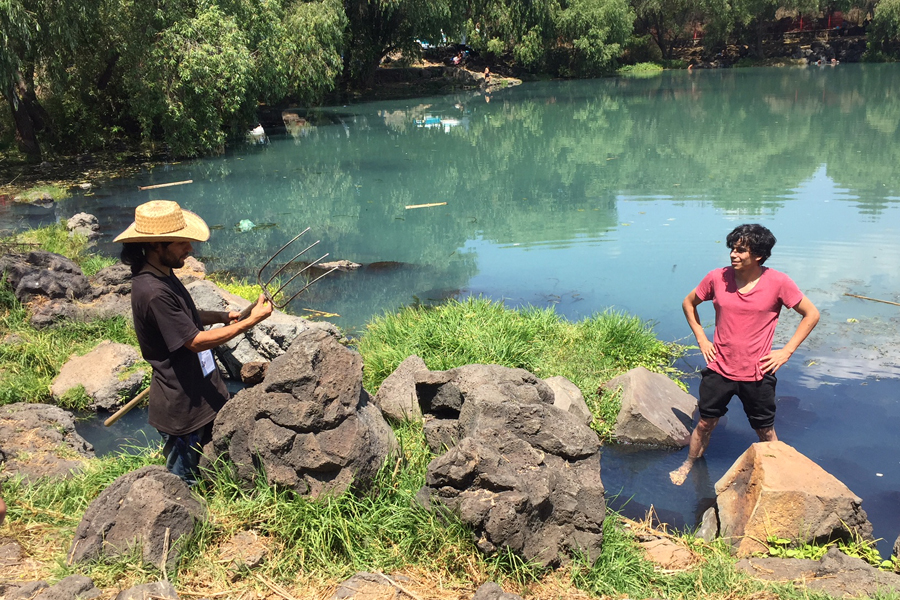
Visita a la Colonia Ecológica Jardines de la Mintzita.
Visit to the Jardines de la Mintzita Ecological Community.
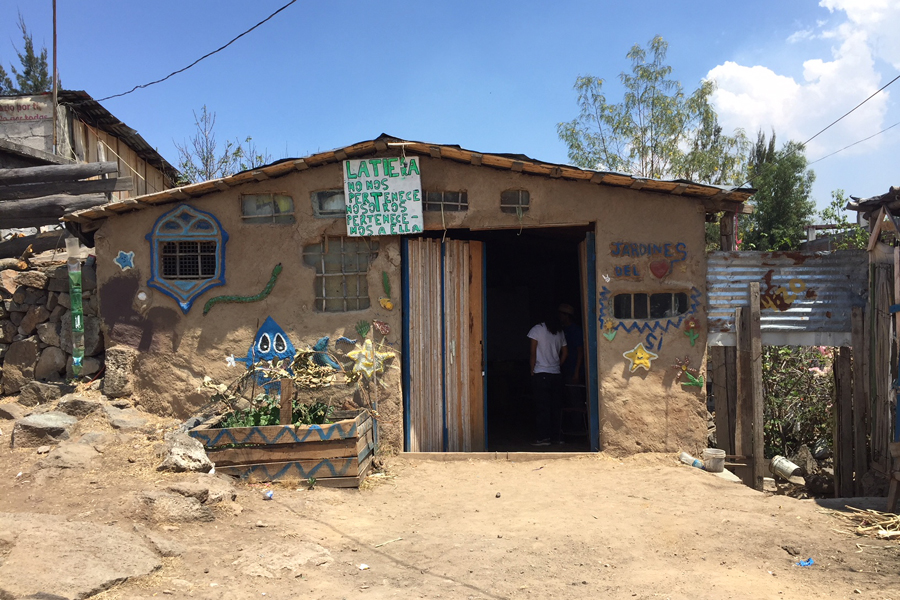
Visita a la Colonia Ecológica Jardines de la Mintzita.
Visit to the Jardines de la Mintzita Ecological Community.
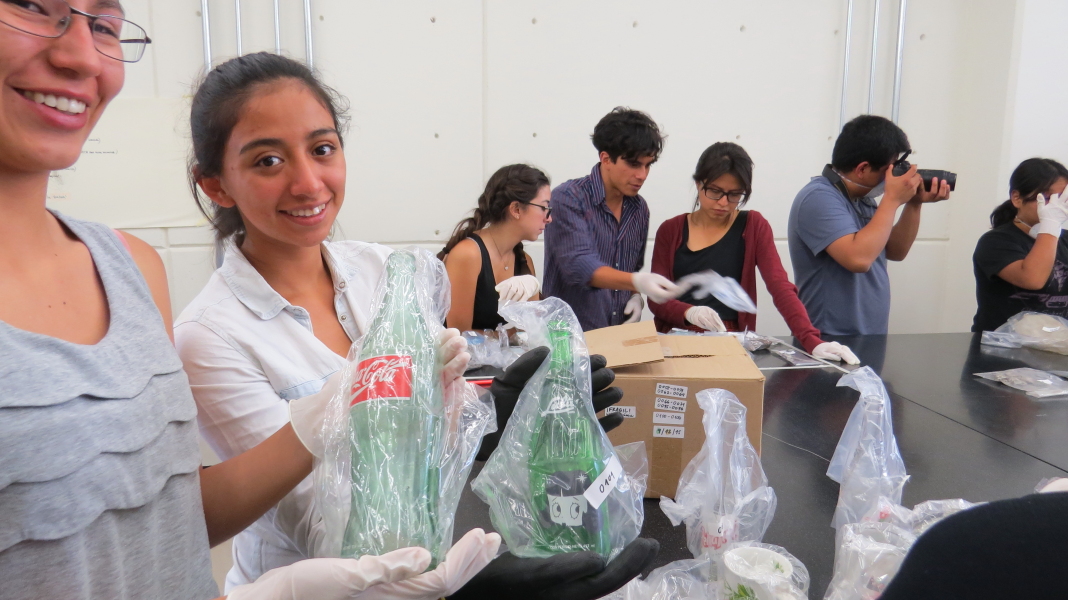
Taller de curaduría en el marco del Seminario de Estudios del Performance y las Artes Vivas (Laboratorio de Historia del Arte, ENES, UNAM, Morelia).
Curatorial Workshop at the Performance Studies and Live Arts Seminar (Art History Laboratory, ENES, UNAM, Morelia).
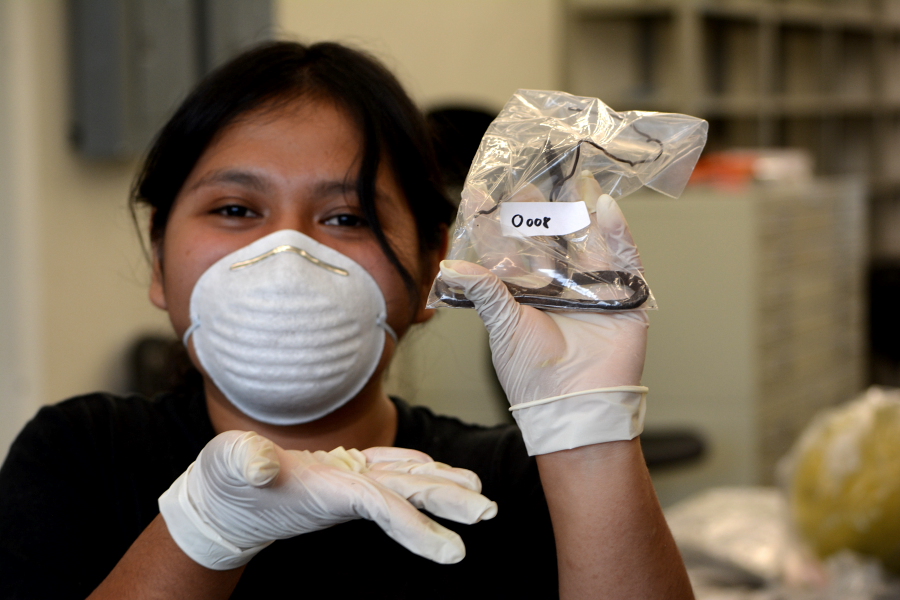
Taller de curaduría en el marco del Seminario de Estudios del Performance y las Artes Vivas (Laboratorio de Historia del Arte, ENES, UNAM, Morelia).
Curatorial Workshop at the Performance Studies and Live Arts Seminar (Art History Laboratory, ENES, UNAM, Morelia).
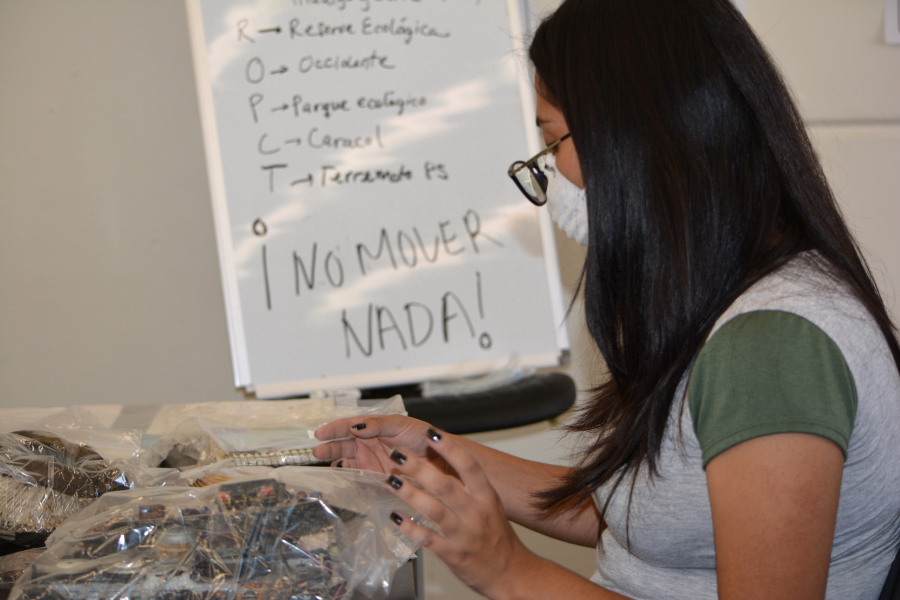
Taller de curaduría en el marco del Seminario de Estudios del Performance y las Artes Vivas (Laboratorio de Historia del Arte, ENES, UNAM, Morelia).
Curatorial Workshop at the Performance Studies and Live Arts Seminar (Art History Laboratory, ENES, UNAM, Morelia).
